The Lagoon and Trifid Nebulae. 25 x 90s with an Astrotech refractor.

Latest
Memories of Al Baernstein
A slight departure from the usual fare of this blog to say something about one of my grad school professors, Al Baernstein, who passed away June 11, 2014.
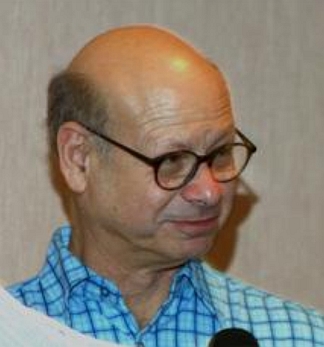
I began my PhD in mathematics at Washington University in St. Louis in the Fall of 2004. In a PhD program, the first few years are devoted to courses in the major areas of math. At Wash U, this was a full year of algebra, real analysis, complex analysis and geometry followed by a very difficult qualifying exam. Once these are completed, research and progress toward a dissertation can begin. So these years naturally come with a lot of stress. Most of us were used to being able to coast by in undergrad and masters level classes and this would prove to be the most challenging ordeal of my life to that point.
The first day of classes I walked into Al’s complex analysis class not knowing what to expect. I had taken a class in the subject while getting my masters and got an easy A, but I knew this would be a challenge. I already knew my area of specialty would be in finite group theory and all those epsilons and deltas made me uncomfortable. I watched as he painstakingly defined what a complex number was and worked his way through very basic complex analysis (not an oxymoron, non-math friends), and by the end of class thought it was going to be the most boring experience of my life. Boy, was I wrong. I soon learned that he had the same dry sense of humor I did. We covered so much material those two semesters I’m amazed how much it was. Al had taught this course every other year going back to at least the 80s and he had it down to an art. Proofs were usually flawless and major course ideas flowed from one thing to the next. By the end of the year, I couldn’t wait to come to class.
His homework sets were legendary among the graduate students. The first day of class, the syllabus said we were expected to work together in small groups, but to write up solutions individually. This would prove a great challenge as the problems were usually very difficult. Proofs would require some clever idea and the problems that were straightforward still involved lots of nasty computations where you had to be very careful. By second semester, there was a group of five or six of us that would work on every set together. Second semester’s fourth homework assignment was e-mailed to us with the accompanying warning that it was particularly challenging and to get started right away. The hardest homework problem I ever did was from this set and involved the Schwarz-Christoffel theorem. Here’s what the end of it looked like:
Other homework would prove challenging and it was a highlight of my graduate career when Al called a solution I came up with to a particular problem “clever”.
The exams were brutal in this class, too. He would give us a list of theorems to know the proofs for, and while that might sound like it makes things easy, he would give us about 30 theorems and maybe four would be on the test. (One of these was the Riemann Mapping Theorem whose proof is quite long and involved). Plus there were generic problems. What helped out immensely was the fact that he had taught the complex qual so many times that we had about a dozen prior exams to study from. I seem to recall him walking into the exam room and dropping the huge stack of tests on the desk with a loud thunk. Four hours later, I walked out of there knowing I had passed, thanks in large part to his outstanding teaching.
After that first year, my interaction with Al was fairly limited as I had no interest in further pursuing complex analysis. Mostly it was when he would speak at the graduate student seminar, which was always a packed house, not just because of interest in the subject of the talk, but often because we were just waiting to see what he’d say next. His talks always had some interesting aspect of math history in them.
I close with a few specifics I remember about him or his classes:
1. Like any mathematician, he had lots of quirks. He was famous for writing something, then cocking his head sideways while holding the chalk to his lips as if pondering if that was really right or not (it always was). He wore slippers to class every day. I was told this was a gift from a previous class because he was constantly tying his shoes. So he would walk to school from his nearby home, go to his office and put on the slippers for the rest of the day. Also, at least once a day, he would accidentally back into the tall trashcan in the room, almost knocking it over.
2. He would always attribute his theorems and I was incredibly amused one day when he wrote a theorem then put “(me)” after it. I also remember him once mentioning a post-doc at Wash U that improved a constant bound by some ridiculously small value like 10^-332.
3. When I was at Wash U, the math department building only had one classroom to itself. The rest were shared by the whole school, so we would frequently walk into class and find the desks in a circle from the previous English class, (the blackboard usually pristine). One day, the blackboard had one word written on it: META-DISCOURSE. Al walked into class as the previous instructor was leaving and he asked, “What is meta-discourse?” She said it’s when you talk about discourse. He cocked his head to the side, took the chalk, and wrote a META- in front of it and asked if that’s what we’re doing now. The other teacher left the room when we started talking about the inverse limit of this sequence.
I’d welcome comments below with similar stories from those who knew him.
Rest in peace, Al. You were one of the best.
Winter Star Party Part 3
The fifth night it rained all night, which ended up providing fantastic skies for the sixth night. I tried a few objects early on, but they didn’t come out too well. I waited until around 2 AM and started taking shots in Centaurus. The first is the radio galaxy Centaurus A. This was with the Astrotech and 60DA, ISO 1600, 49 x 1 min.
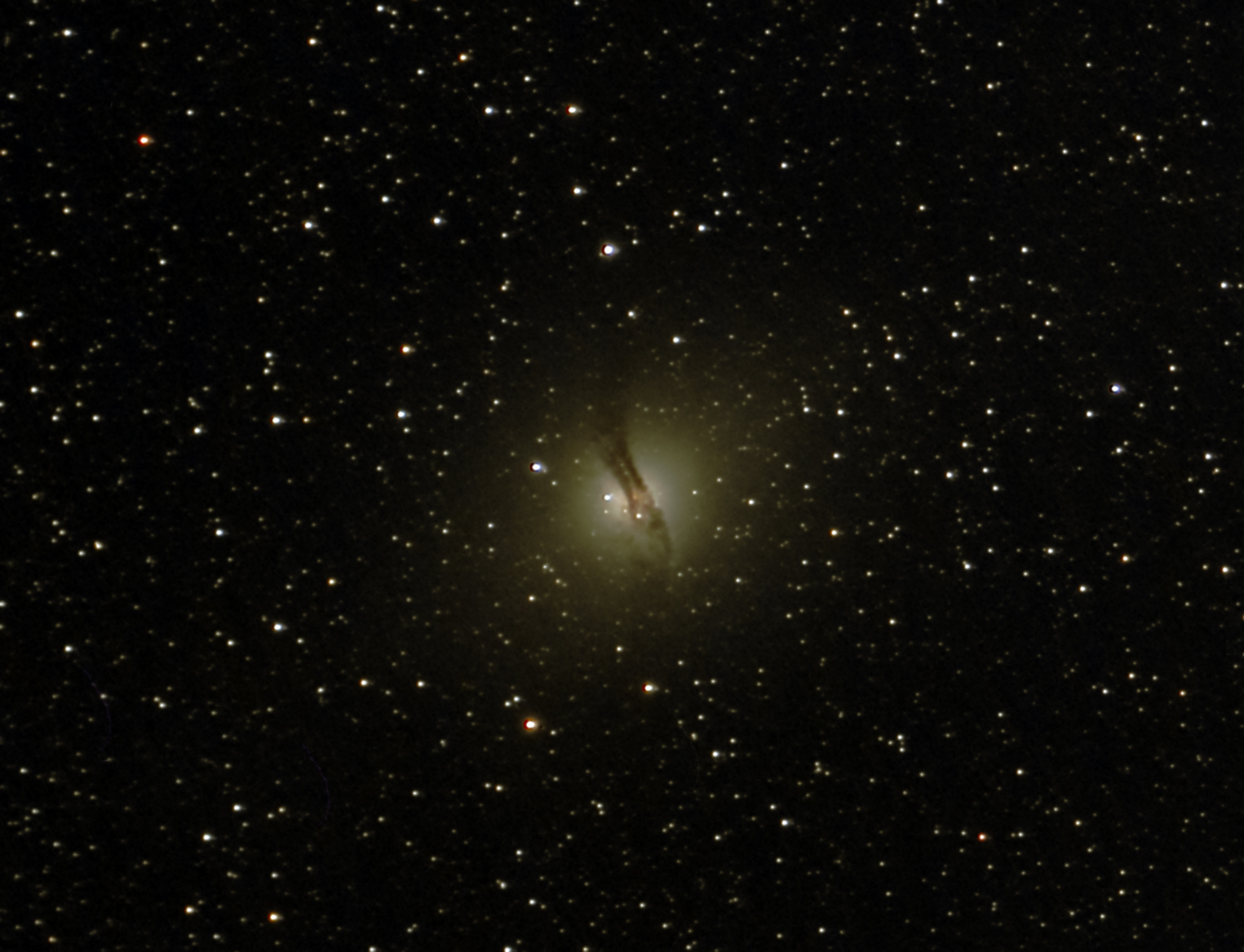
I had tried Omega Centauri on earlier nights, but I got a fantastic shot this evening with stars resolved in the core. This was with the Astrotech and 60DA, ISO 1600, 35 x 30 sec.
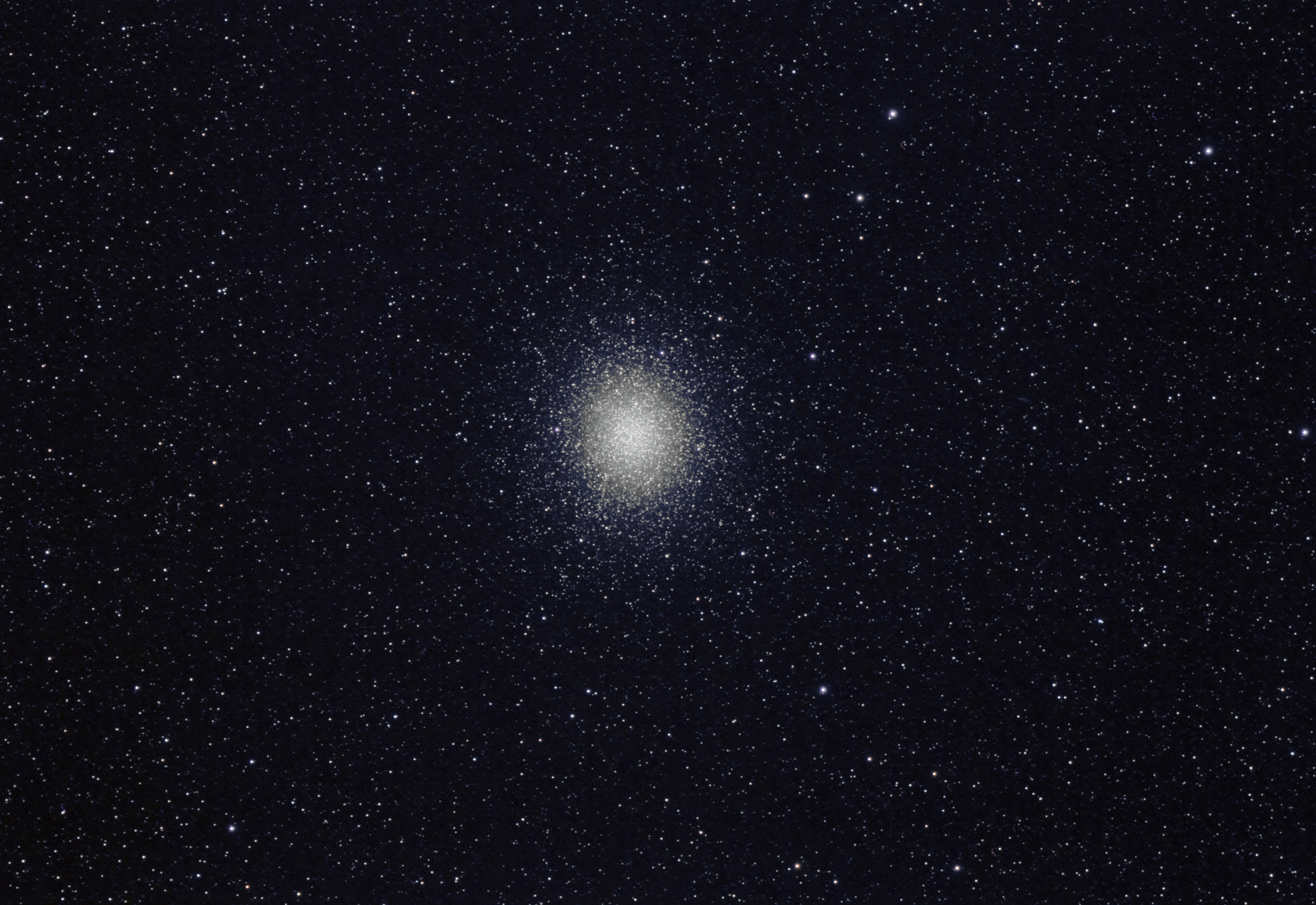
Following my earlier shot of Scorpius, I had been dying to get a good shot of the Milky Way region visible in the edge of that and I got my wish tonight. here’s the resulting shot. This was with the Astrotrac and 60DA, 50mm, f/4, ISO 1600, 16 x 5 min.
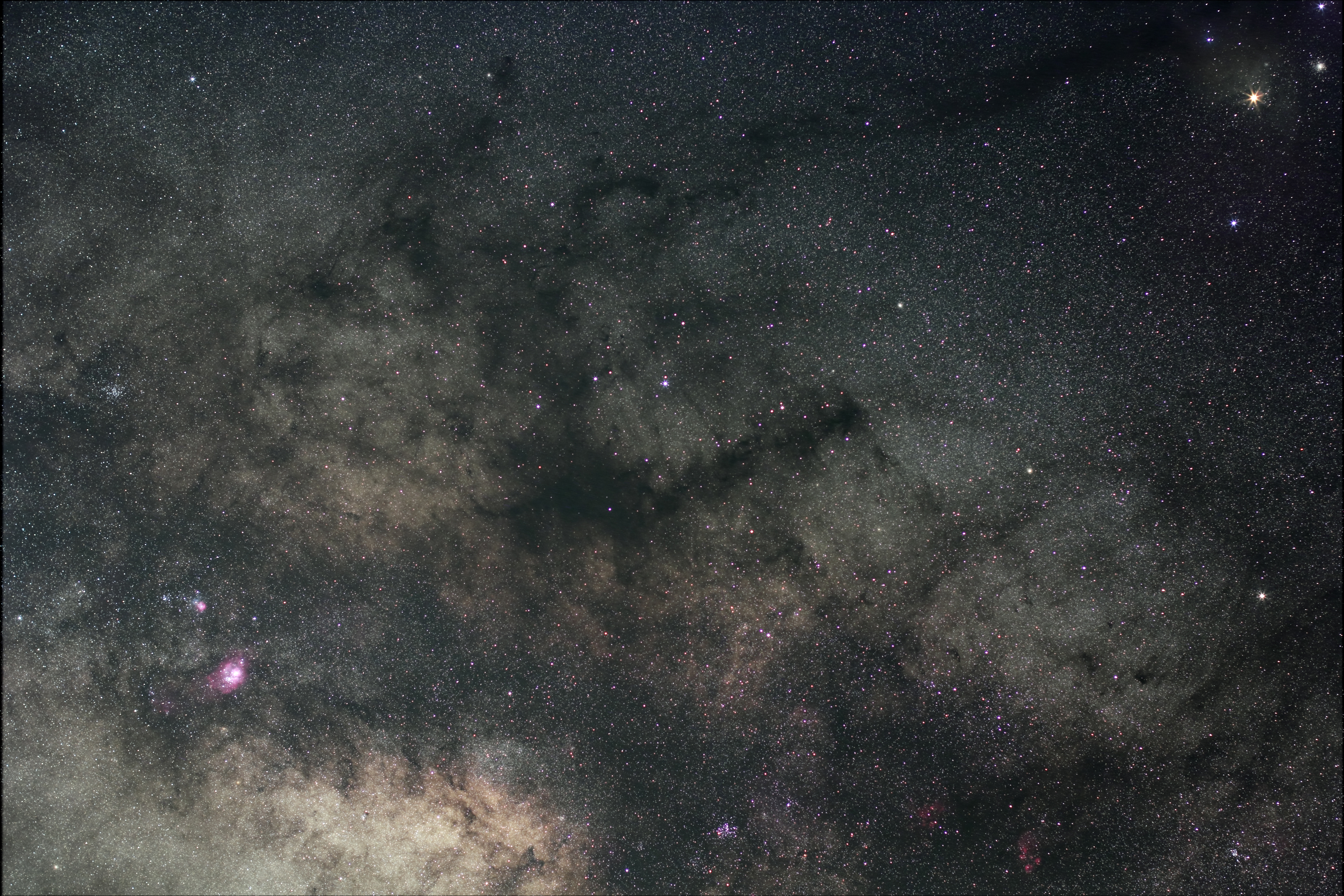
The highlight of this image is the Pipe Nebula in the middle.
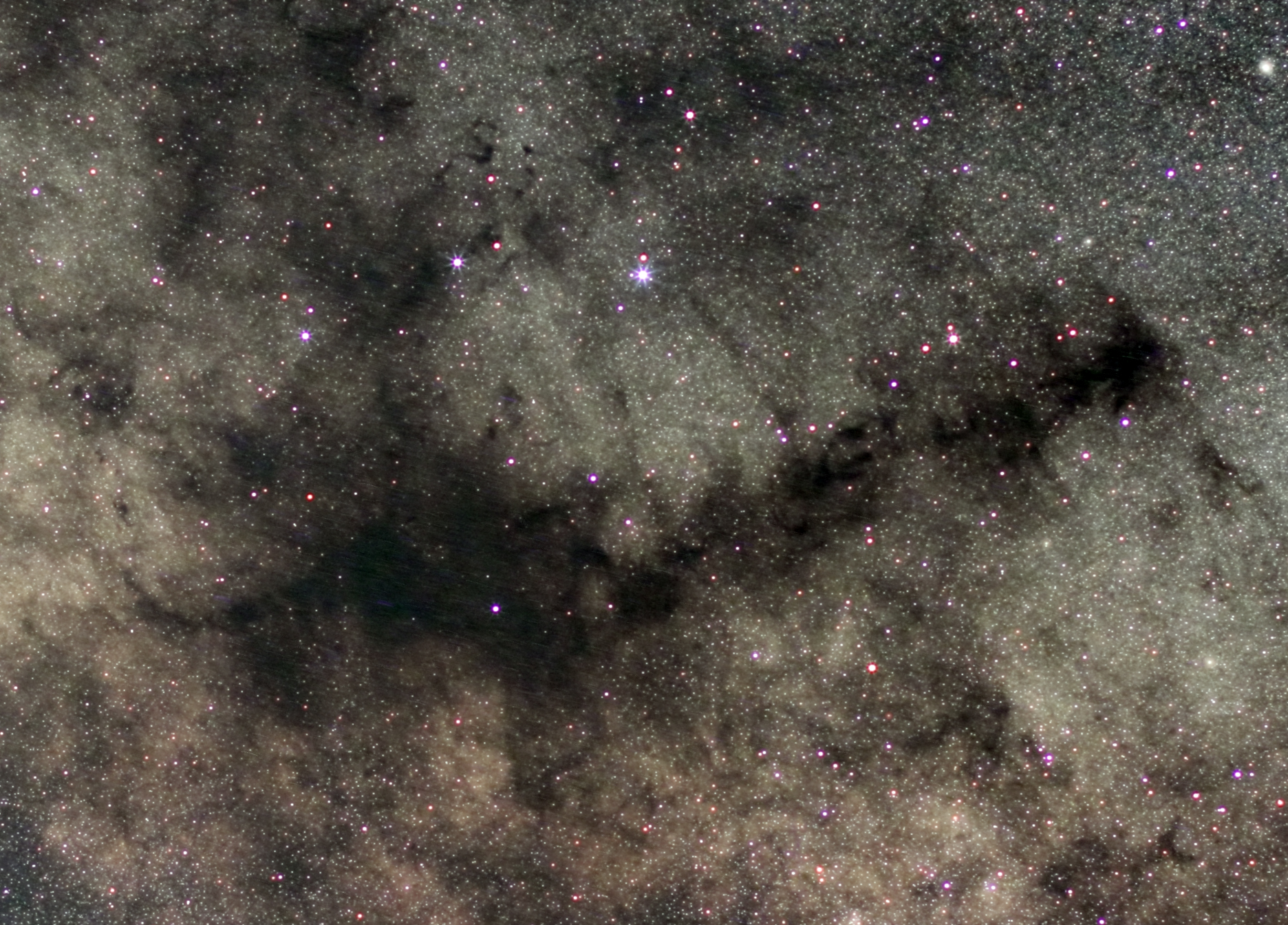
Following this shot, I couldn’t resist a similar shot of Sagittarius with the same settings. It was getting light so I only ended up with three shots here.
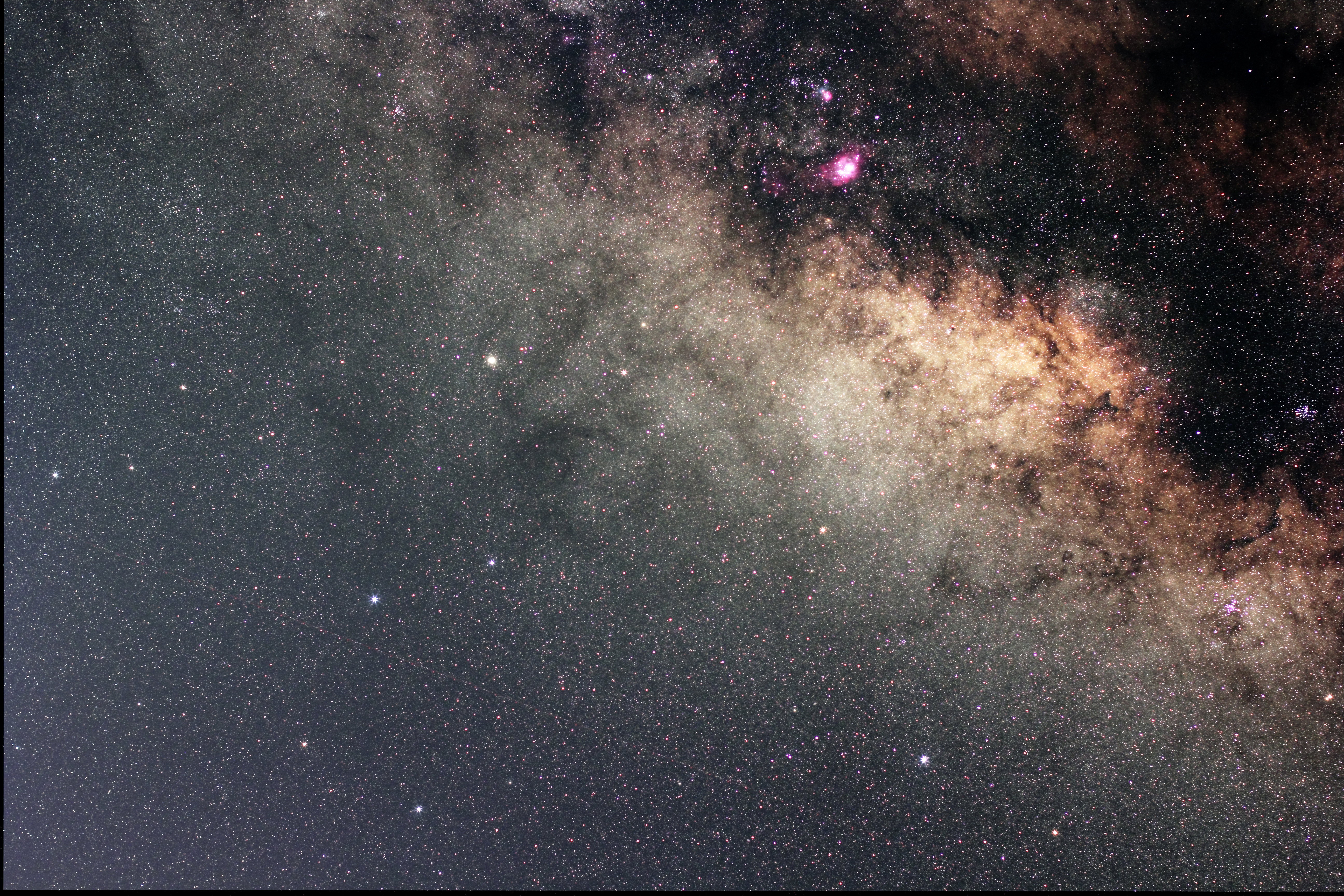
I then took one really wide field shot of Scorpius and Sagittarius as twilight was starting to break. Venus is the incredibly bright star at the bottom left.
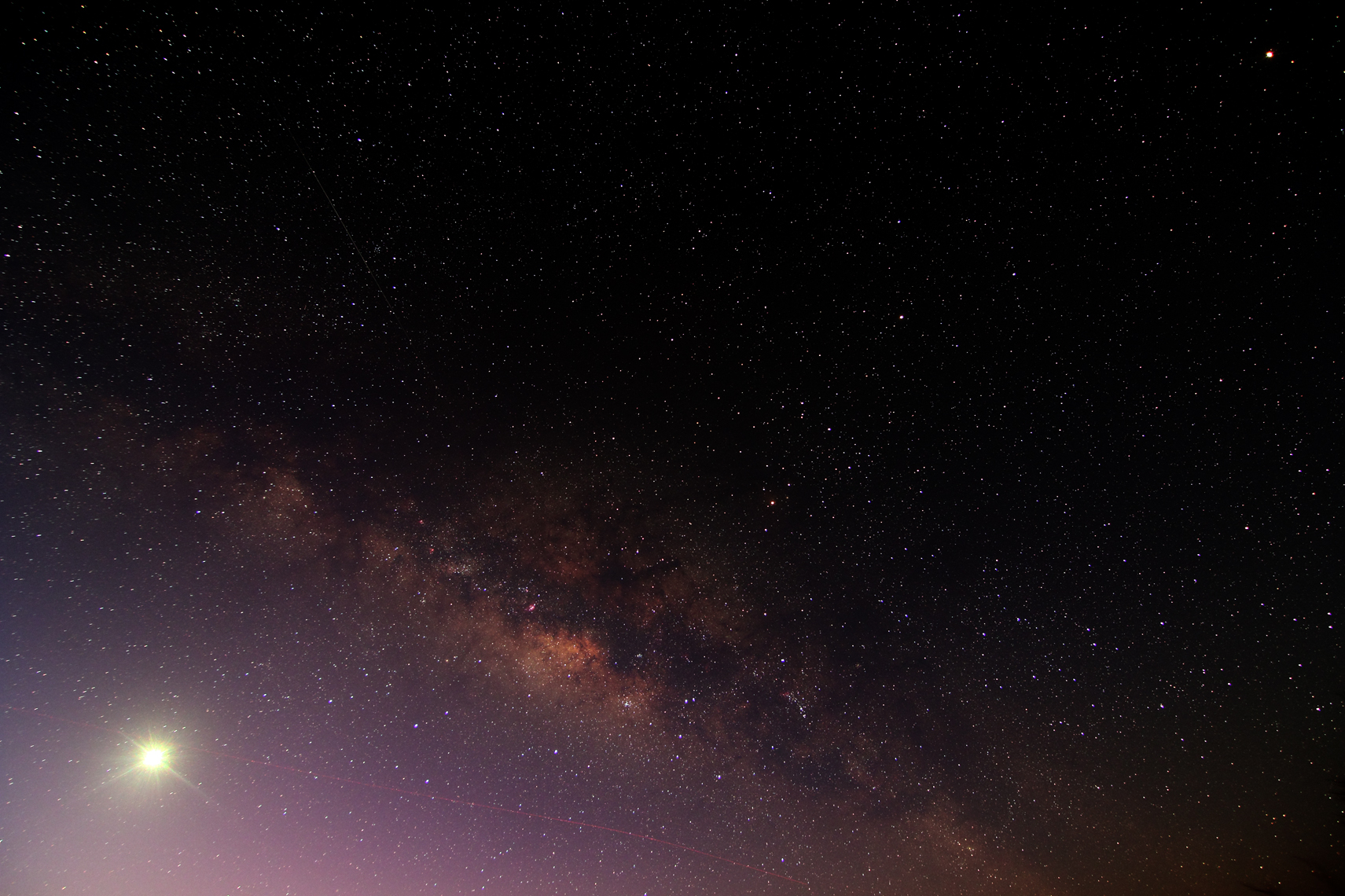
Finally, i watched the sun rise over the ocean. I swear I saw a reverse green flash, but the coolest thing I saw, which I’ve never seen before, was a mirage sun. This is caused by refraction (ie a mirage). You can see it on image it looks like there are two suns. I’m also not sure, but I might have gotten a solar prominence (thought it might just be another atmospheric effect).
That was the last of the pics from the Winter Star Party. I had a great time there and hope to get back again sometime.
Winter Star Party Part 2
Night three was the best night yet. The previous two nights, we had to dodge clouds and observe through “sucker holes” all night. This night, it was very clear until around 4 when it got hazy. My first set was with the Astrotrac and the T2i of the Double Cluster in Perseus. This was with the 200mm lens, f/4, ISO 800, 20 x 2 min.
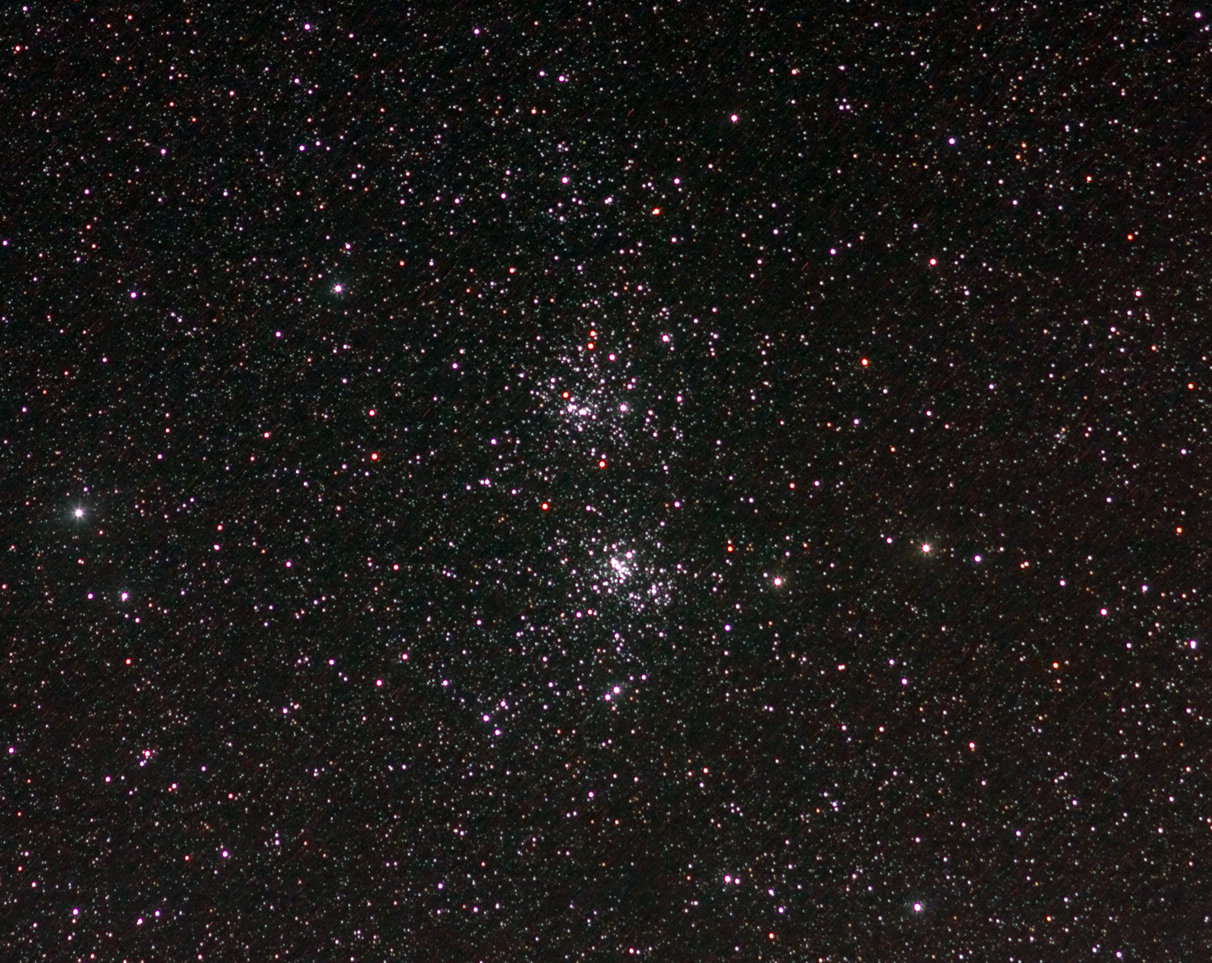
I took a few with the Astrotech refractor that night, too. The first was a series of shots of M42. I did some HDR processing here, one set to get the faint nebulosity and one to get the core near the Trapezium. The longer ones were ISO 800, 13 x 2 min. The shorter ones were ISO 800, 14 x 15 sec. Here’s the composite image, processed in Photoshop.
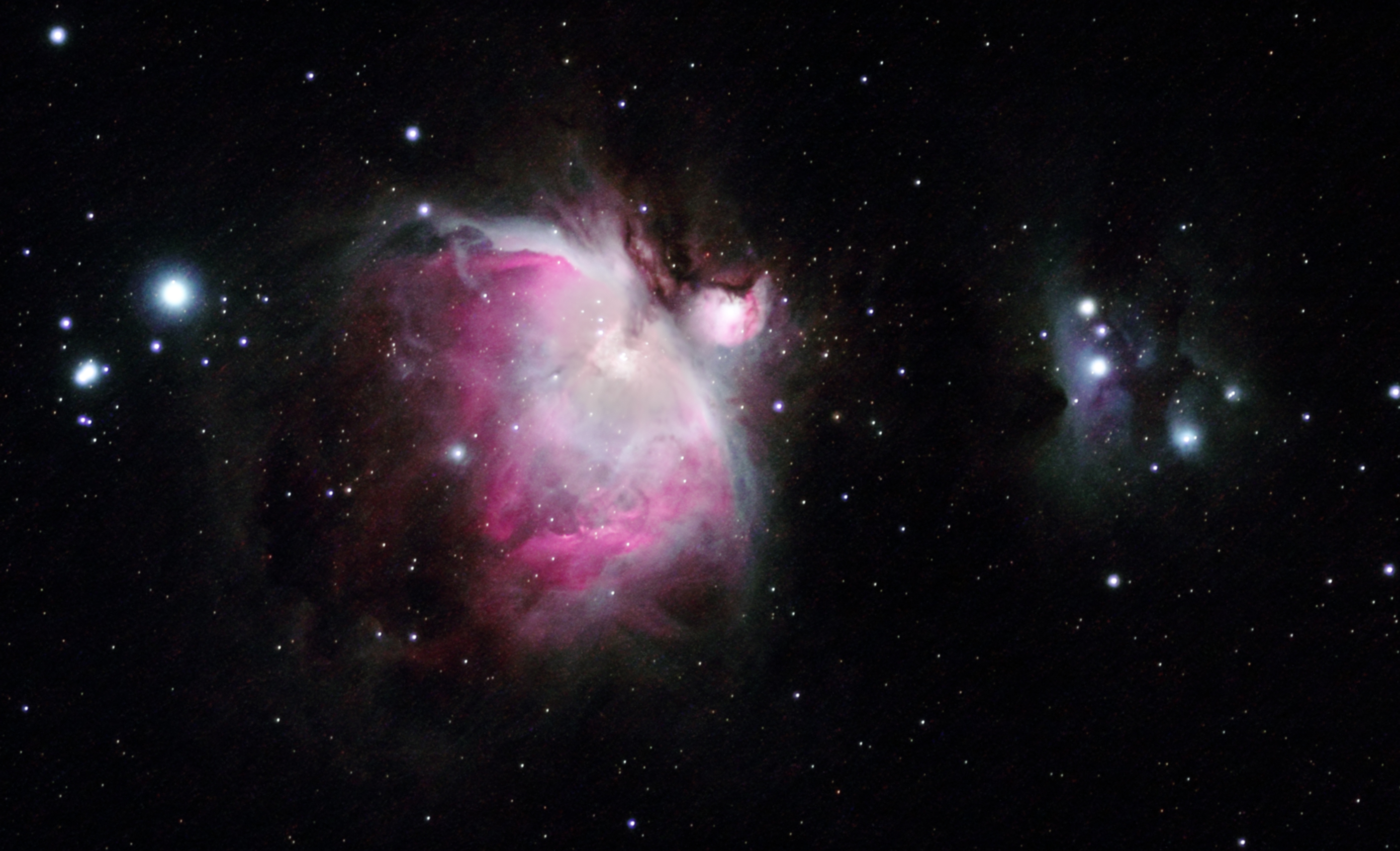
From there, I went to the Rosette nebula. This was with the Astrotech and 60DA, ISO 800, 14 x 2 min.
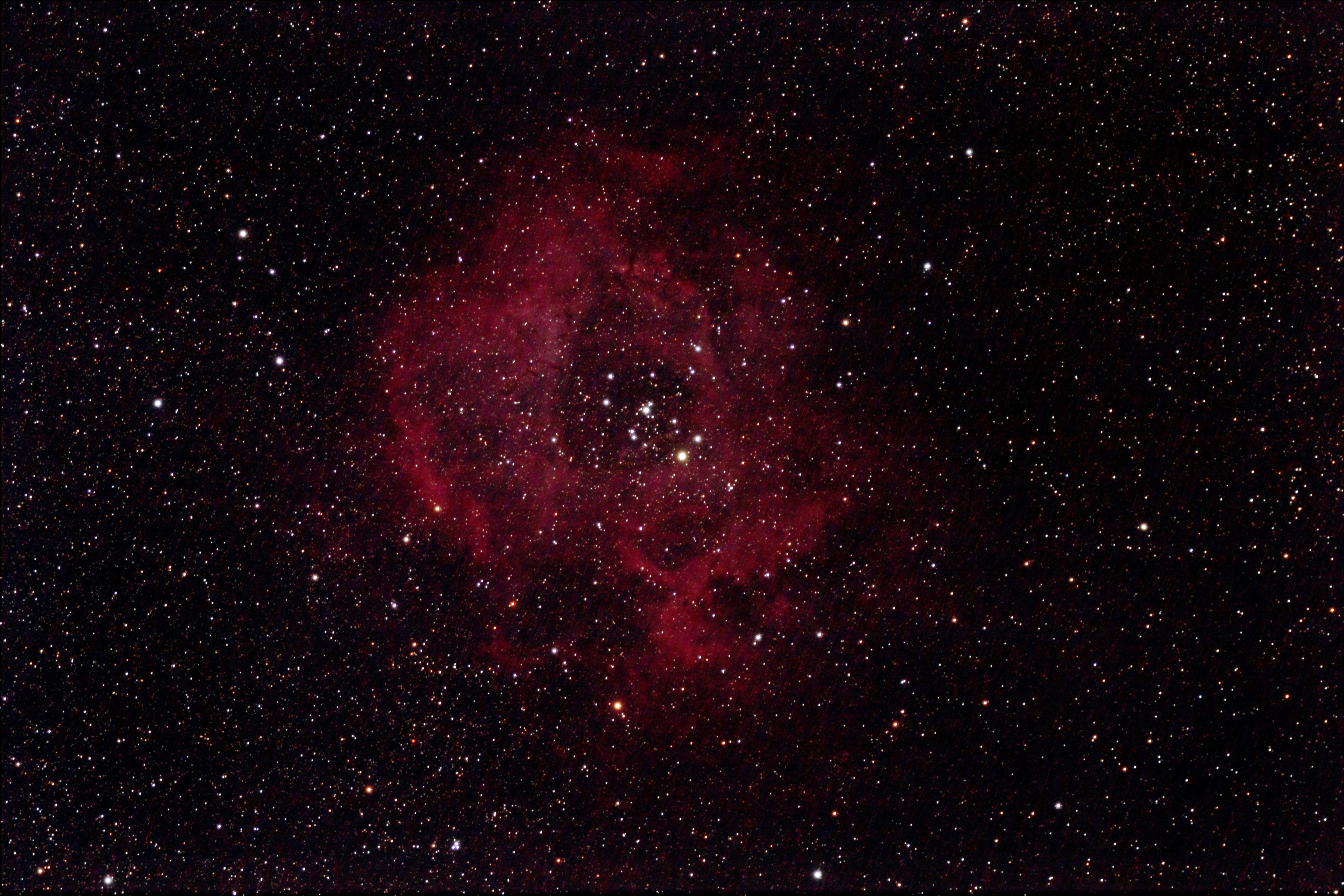
I then did IC 410, a nebula in Auriga. This was with the Astrotech and 60DA, ISO 1600, 41 x 90 sec.
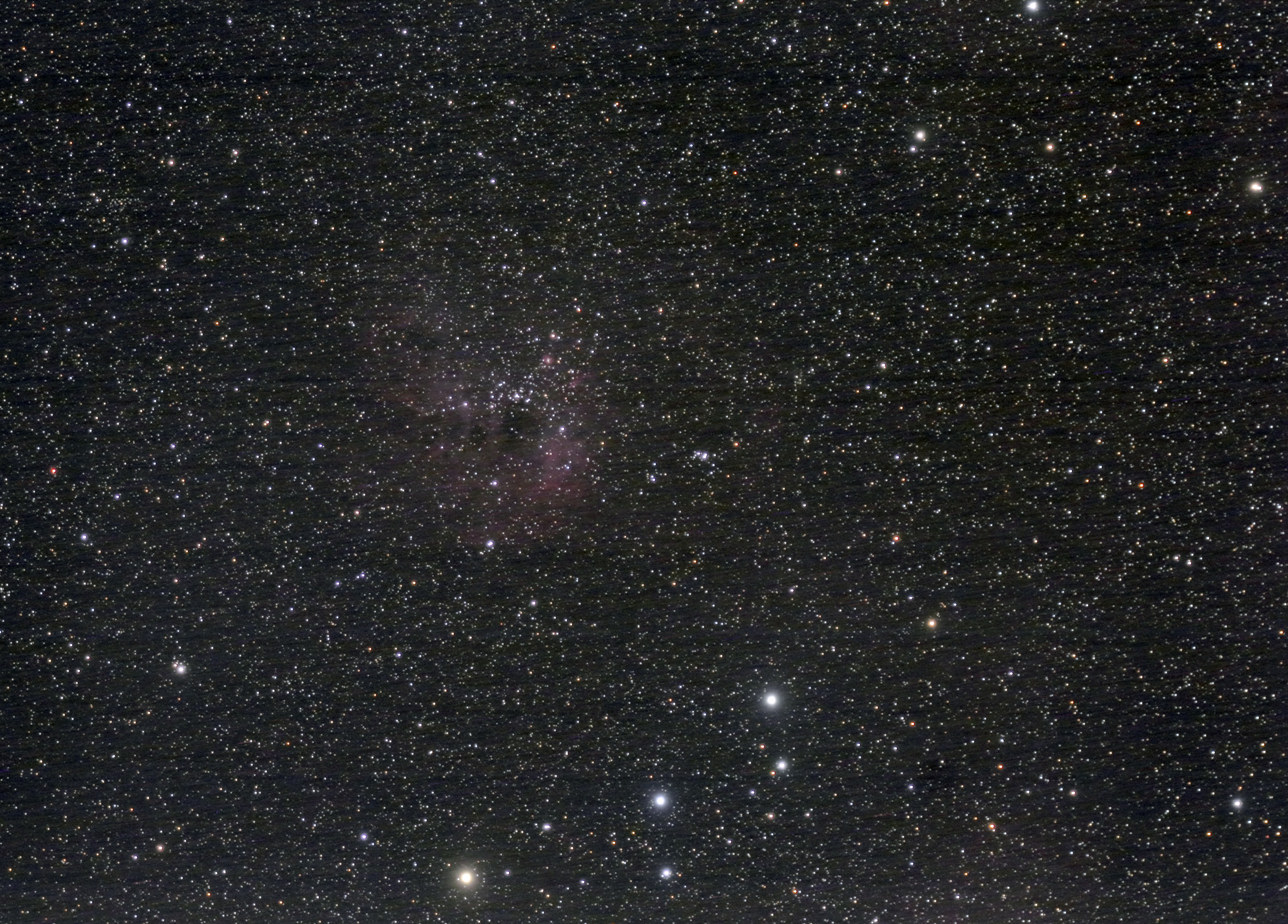
Next, I went to IC 417 also in Auriga. I positioned my field so you can see M38 as well. This was with the Astrotech and 60DA, ISO 800, 41 x 2 min.
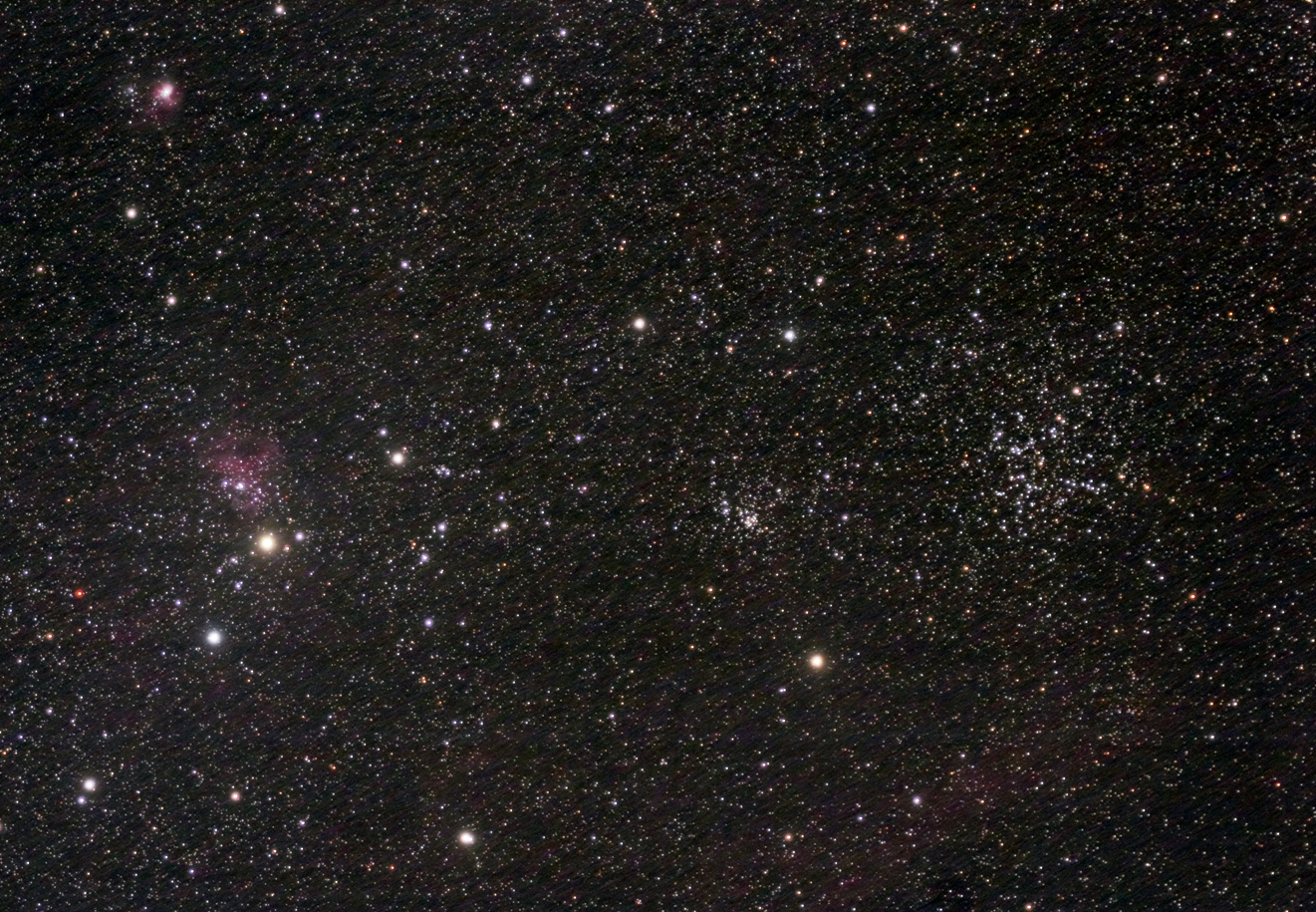
For a few hours I did some wide fields while waiting for cooler stuff to rise. One was of the constellation of Canis Major. There are parts of the Milky Way in here, but also lots of star clusters. This was with the Astrotrac and T2i, 50mm, f/4, ISO 800, 12 x 5 min.
I also did an extremely wide field of this area showing Puppis and part of Vela. This was with the Astrotrac and T2i, 16mm, f/4, ISO 800, 12 x 5 min.
Next came two things I’ve been dying to see for years. The first is the nebula Eta Carina, which rises about 9 degrees above the horizon here. I actually had to relocate my mount to see it, but we had a perfect view to the horizon over the ocean. Eta Carina is actually bigger than the Orion Nebula. I managed to see it through a 24″ scope and it was quite gorgeous. I found out about something called the Homunculus Nebula, which is apart of this area. This was with the Astrotrac and 60DA, 200mm, f/4, ISO 1600, 61 x 1 min.
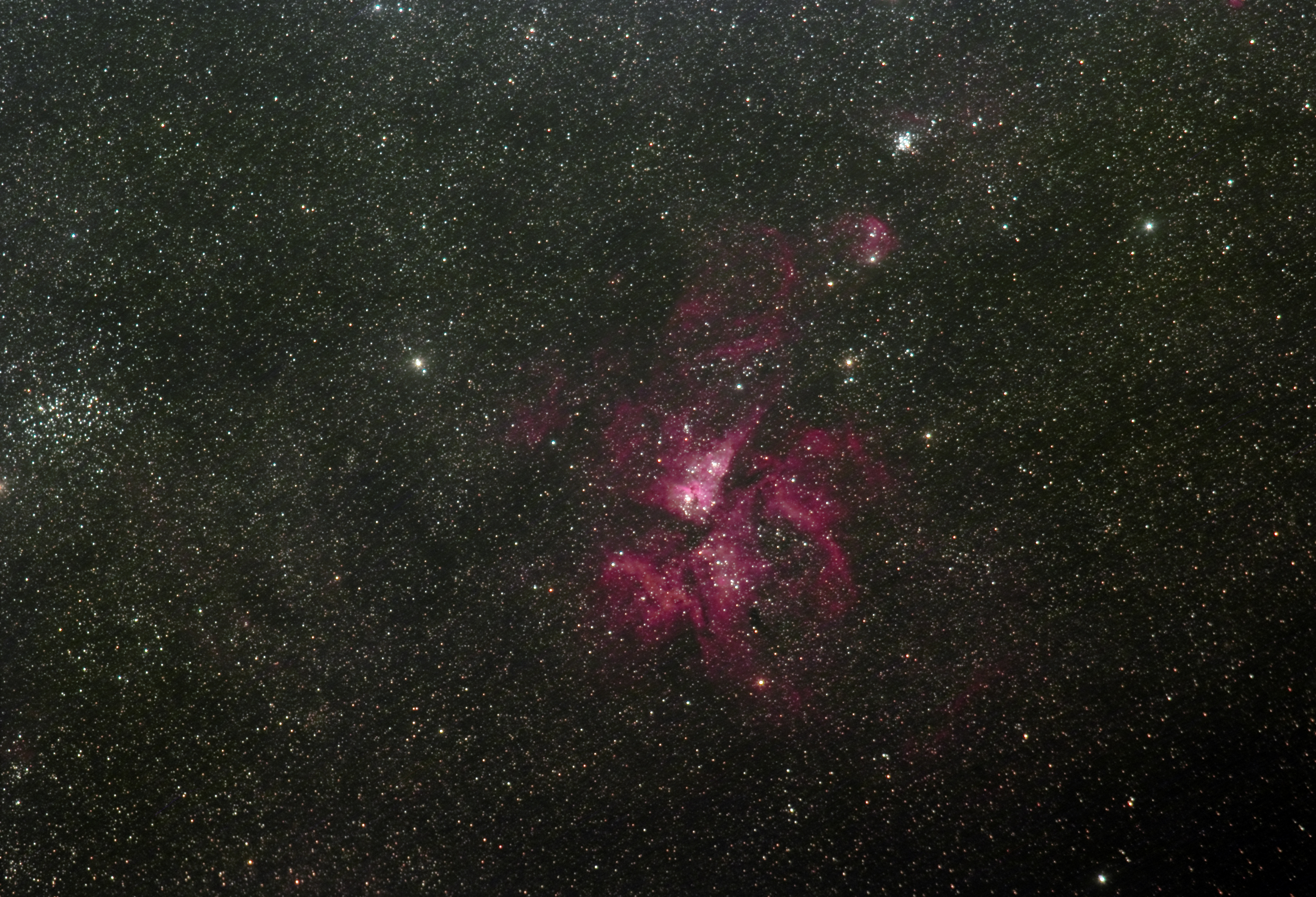
The second thing I’d been dying to see from here was the Southern Cross. I had actually seen it higher on the cruise ship, but the light pollution made it impossible to get a great image. At about 2:30 AM, it was nearly standing straight on the ocean with the bottom star barely cresting the horizon. Both the Jewel Box and the Coalsack Nebula are visible here. This was with the Astrotrac and 60DA, 50mm, f/4, ISO 1600, 10 x 5 min.
As these images were finishing up around 3 AM, I noticed that the cross was standing straight up and all four stars had a reflection in the ocean! So I snapped this image with the T2I, ISO 3200, f/4, 16mm, one 25 second image. Also visible here is Alpha Centuari, the closest star system to our own. I don’t have enough resolution here to see Proxima, the actual closest star.
The fourth evening it was nice skies for the first few hours then it clouded up. The only image I took was this wide field of the constellation Orion. Visible here is the Orion Nebula complex, the Horsehead and Flame Nebulae and also Barnard’s Loop (the red arc near the top). This was with the Astrotrac and 60DA, 200mm, f/4, ISO 800, 14 x 5 min.
Winter Star Party Part 1
Following my cruise I had one day of down time so I ended up renting a hotel room in Key West. I won’t tell you what I paid, but suffice it to say, I spent more on it than on the entire rest of the week. Of course, I flew to Miami on a voucher and most of my cruise expenses were paid for, so I didn’t mind too much.
The Winter Star Party is a gathering of astronomers on Scout Key between Big Pine Key and Marathon. The skies aren’t completely pristine as there is light pollution from those towns as well as Key West and Miami visible, but the advantage is that to the south there is absolutely nothing until you get to Cuba. Also, you are near the southern tip of the continental US, so you can see some constellations that either aren’t visible at all or only get a few degrees above the horizon from higher latitudes.
The entire week is camping, which I hadn’t done in a long time, so I had to buy a lot of gear to prepare. Since I flew into Miami, I only brought my small telescope and the Astrotrac mount with me as well as a Canon 60DA and Canon T2i. A member of my local astronomy club was driving down and I had him bring my bigger CGEM mount and some other gear that I couldn’t take on the plane.
The gates opened at 12 PM on Sunday, February 23. However, people start lining up much earlier. I was told that four cars were already in line at 10 PM the night before. I arrived at 4 AM and there were 24 cars ahead of me! Once they open the gates, there’s a mad dash for people to get camping spots. I camped with some other people from Maryland in an area with lots of trees where we’d get a little bit of shade during the day. It was quite hot all week. We set our scopes up just south of our tents and were there for five nights. The first two nights were mediocre, the third was pretty good, the fourth was only good for a few hours, the fifth was raining and the sixth was absolutely amazing. We had to leave Saturday morning, but Saturday night looked even better!
I’ll post some more about the camp later, but first, the astropics! Click any pic for hi-res.
The first astropic I took was actually from the side of the road while I waited for the gates to open. Omega Centauri was just clearing the trees, although you can see some in the stacked image. This was with the Astrotrac and 60DA, 200mm, f/4, ISO 800, 20 x 1 min. From here this hits 17 degrees above the horizon. I’ve seen this before from Missouri, but it was almost impossible. Keep in mind this was taken on the side of a major highway!
The first night, I was having some major trouble getting my CGEM mount aligned (a spring was missing from my finderscope bracket, so I tried finding the guide stars by eye…big problem) so I didn’t have a chance to take a ton of pics before the clouds rolled in. The one I did try was the Supernova Remnant in Vela. I’m not sure I actually can see it here, but the view is quite nice. This was with the Astrotrac and 60DA, 200mm, f/4, ISO 1600, 9 x 3 min.
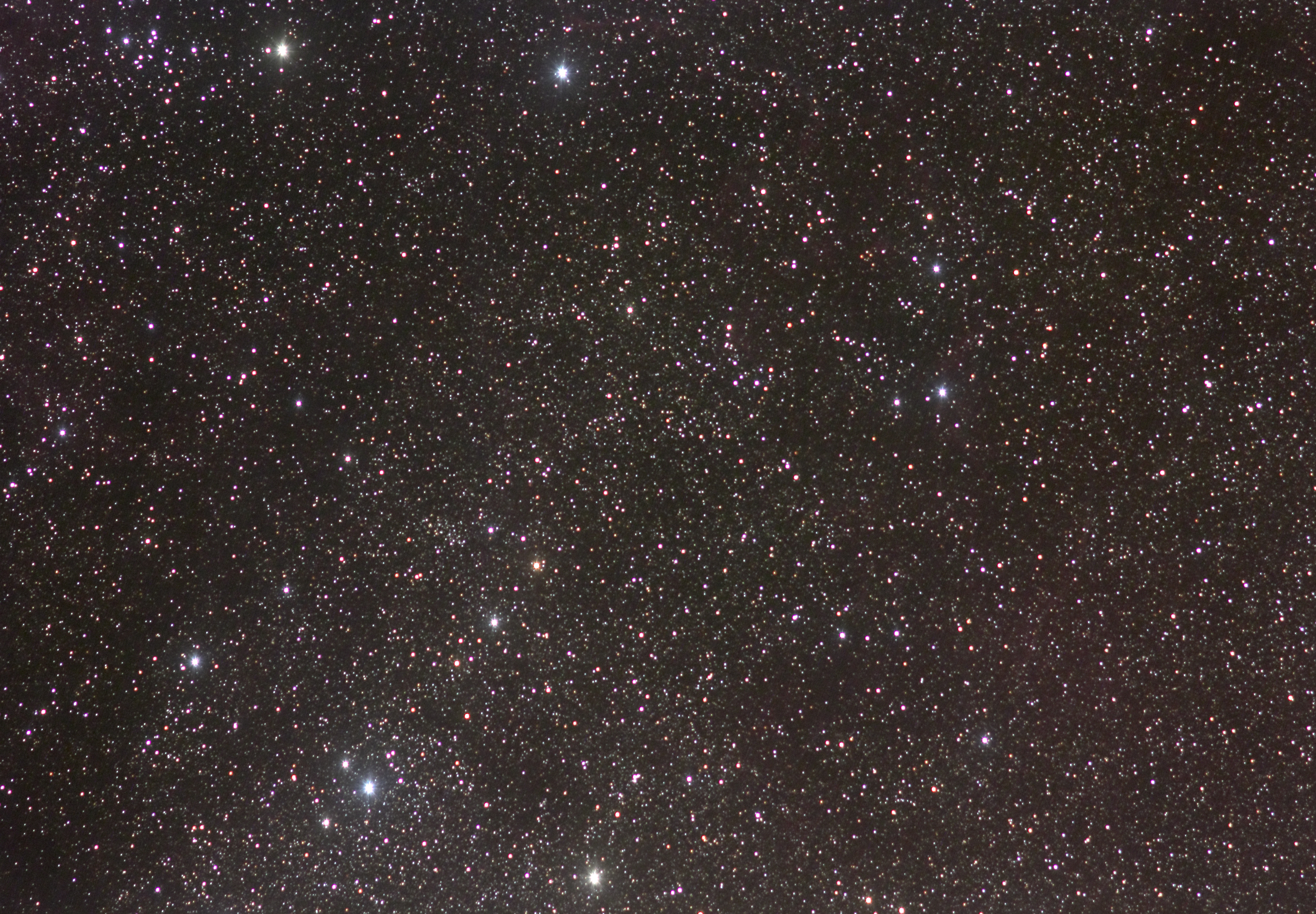
The second night ended up being a lot more productive. I got a red dot sight for my Astrotech EQD 65mm refractor on the CGEM and was able to get it polar aligned quite well. That being said, I didn’t take too many pics through it that night and they aren’t worth posting. I got three really nice pics this night.
The first was of the Seagull Nebula in Monoceros. This one takes an awful lot of exposure time to pick up so it’s kind of dim, but you can see it. This was with the Astrotrac and 60DA, 200mm, f/4, ISO 1600, 19 x 2 min.
This is out of order of when I took them, but the next night I got this through the Astrotech refractor on the CGEM. More magnification, but again, it’s pretty hard to see it. This was with the 60DA, ISO 1600, 40 x 90 sec.
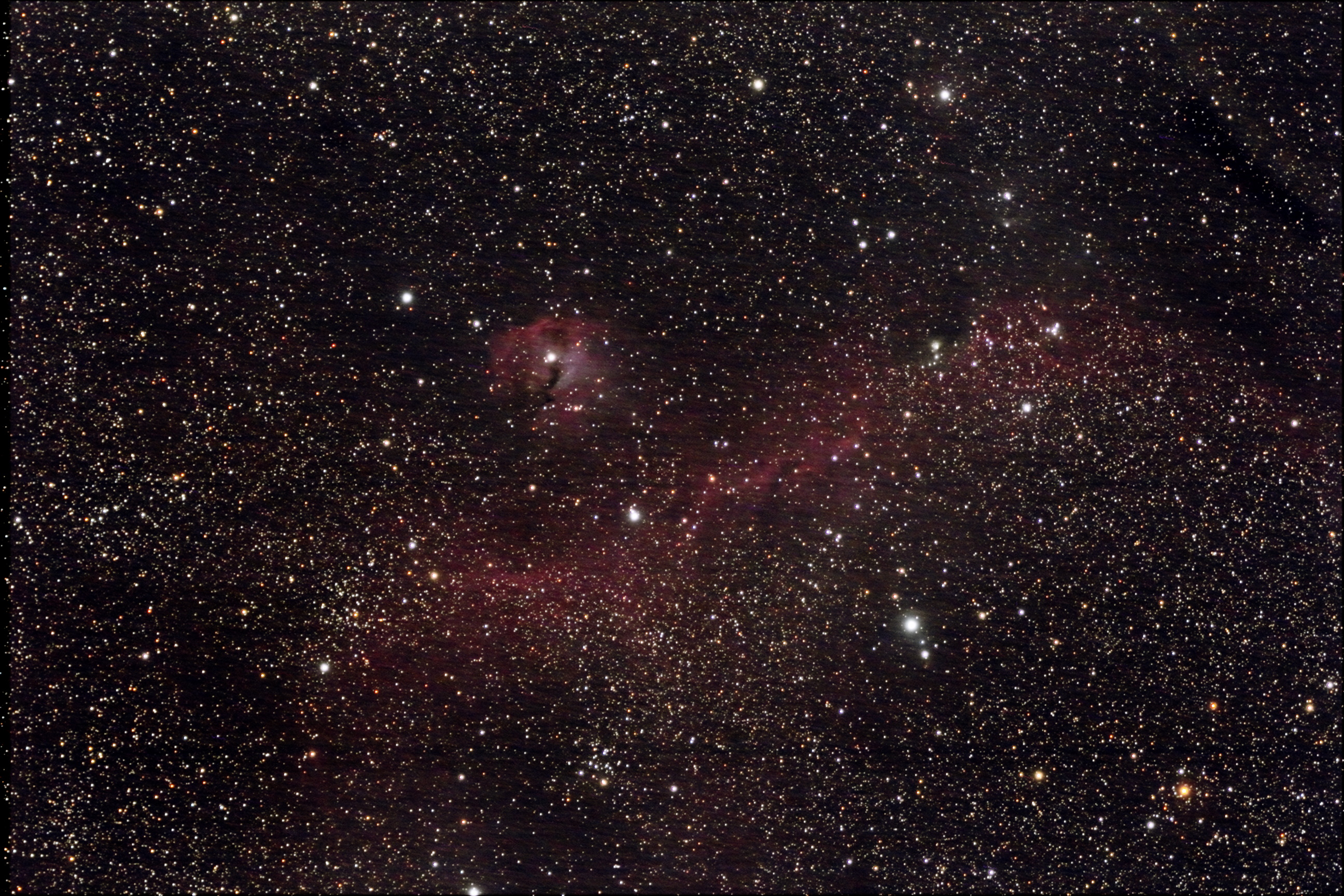
I did a wide field of most of Vela. The constellation is actually quite large so I couldn’t get the whole thing in the frame, but you can see a lot here. This was with the Astrotrac and 60DA, 50mm, f/4, ISO 1600, 10 x 5 min.
The whole time I was taking these, I’d set up the images then take a nap. My tent opened up to the south and my night vision was pristine upon waking up each time. One southern target I wanted to get was Rho Ophiuchi near Antares. This is the nebulosity just up and left of the bright star. Some of the dark areas of the Milky Way are visible in the lower left. This was with the Astrotrac and 60DA, 50mm, f/4, ISO 800, 7 x 5 min.
Carnival Liberty Cruise Part 2
Continued from the previous post. As before, click any photo for a hi-res shot.
The third port was San Juan on Wednesday, February 18. I didn’t care too much for this island in general, but there were some cool views.
I did zip lining again and saw some more great expanses of the island.
This night I ran up on deck to try to catch the Large Magellenic Cloud. We were just barely far enough south to see it. However, the light pollution on deck and the fact that I couldn’t do a longer exposure made it impossible. I did, however, get the constellations Dorado and Reticulum in this picture, near the bottom.
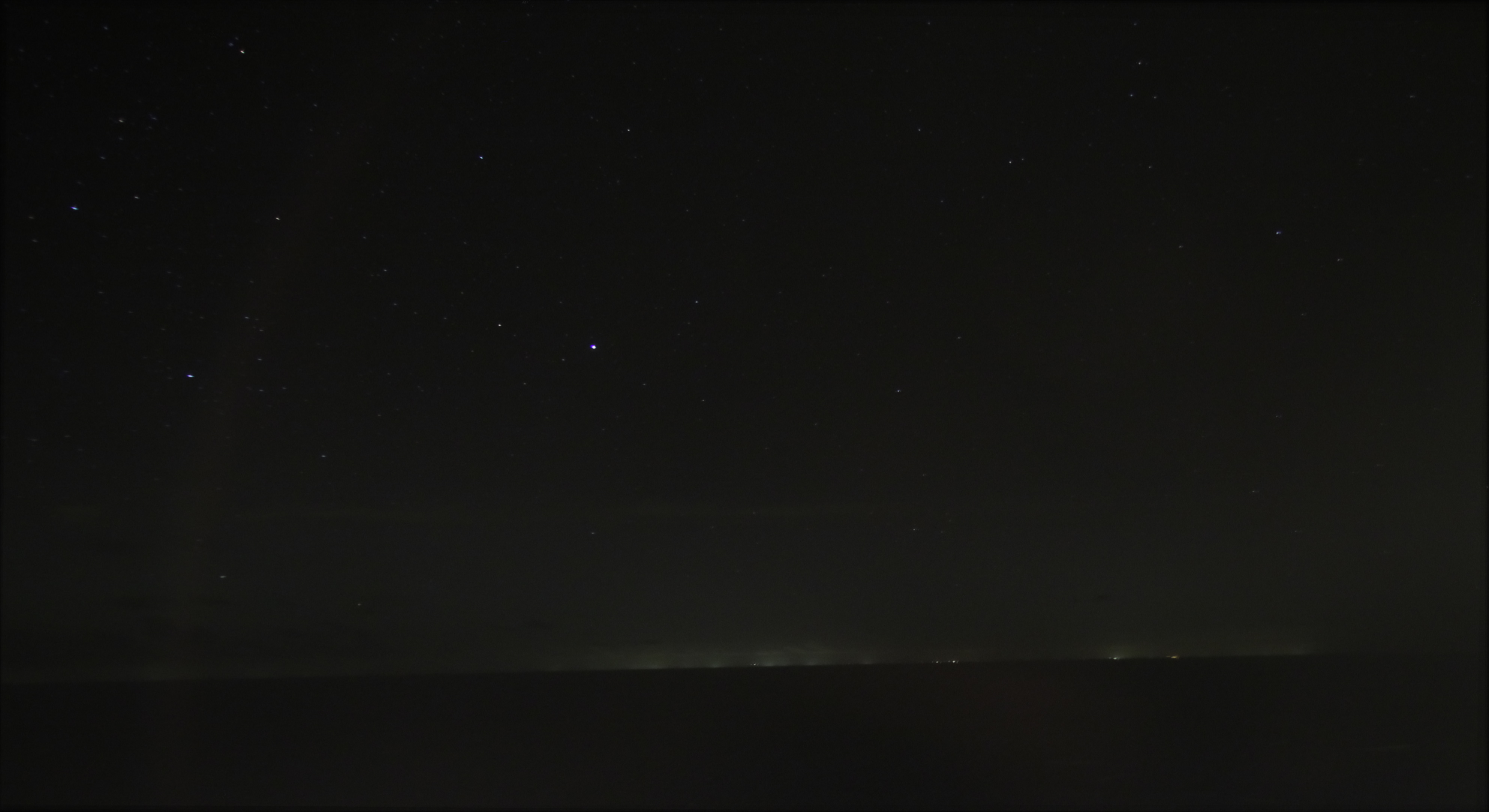
Our final port was Grand Turk in the Turks and Caicos islands.
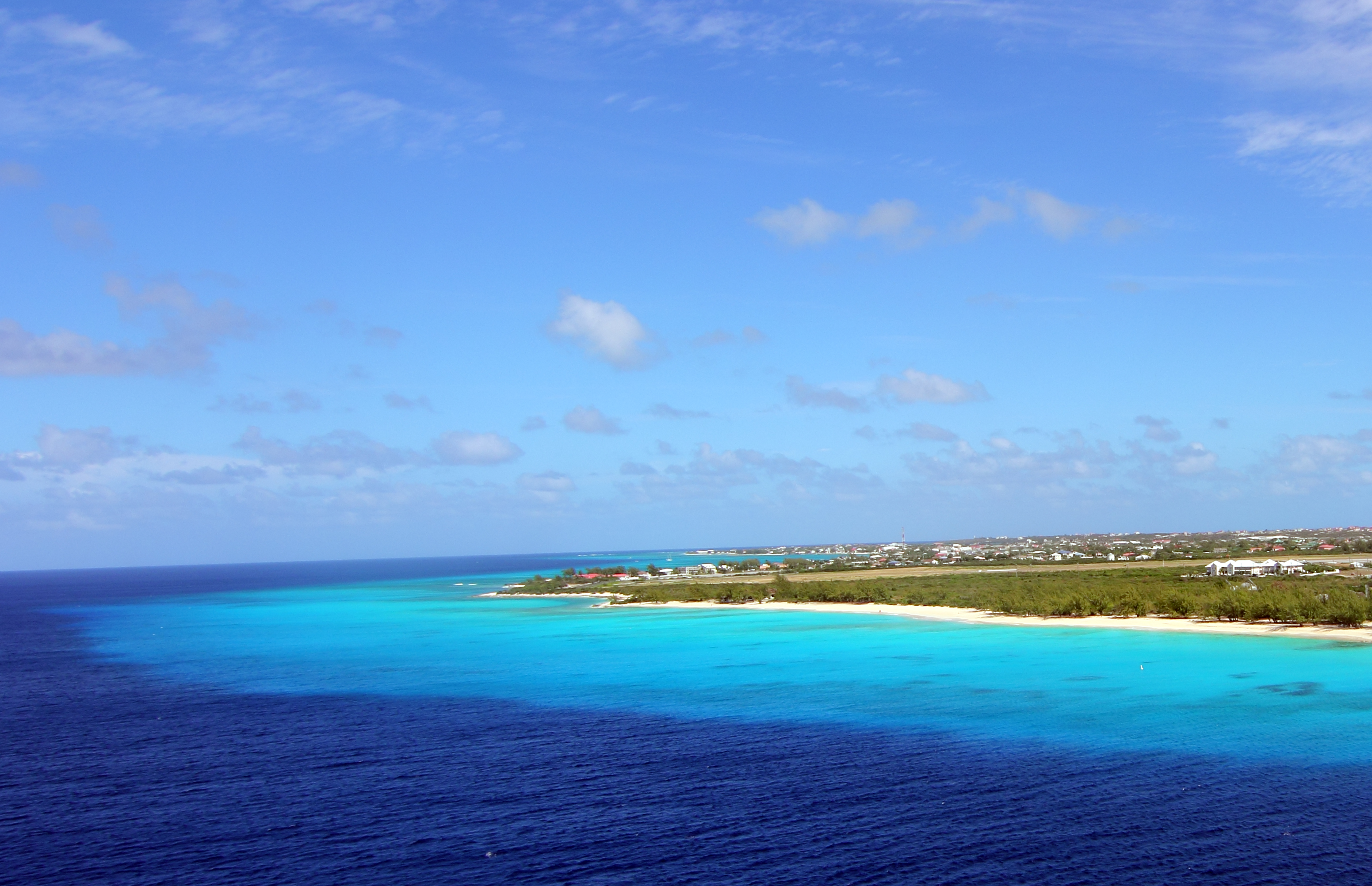
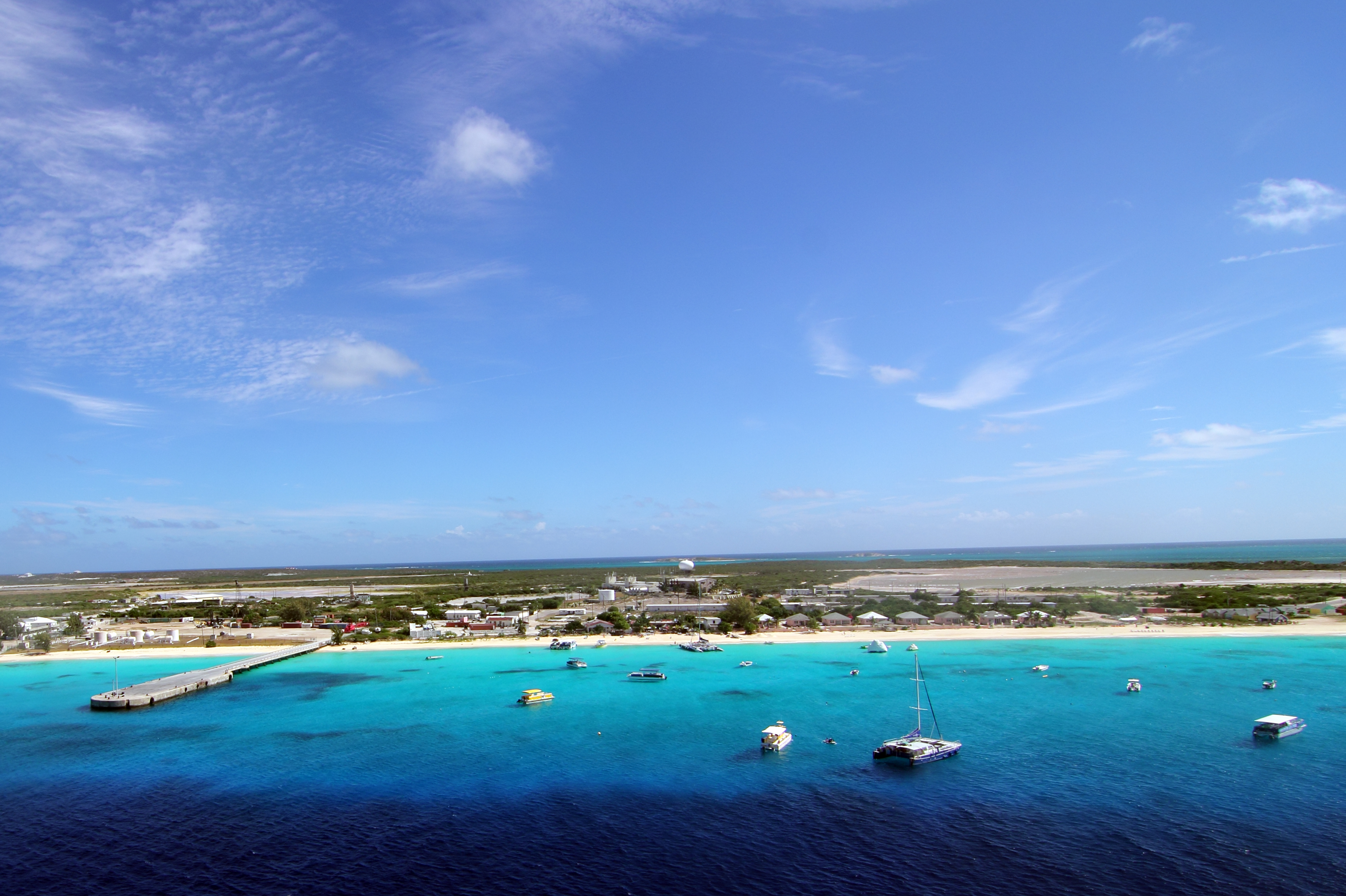
I did kayaking again [find out who and link to them]. This was an awesome trip. We saw a lot of wildlife including egrets and herons.
But the real highlight of this, for me, was getting to see flamingos in the wild. I learned the proper collective noun for them is a “flamboyance”. As we neared them, we scared them and they started to fly around, but then landed again.
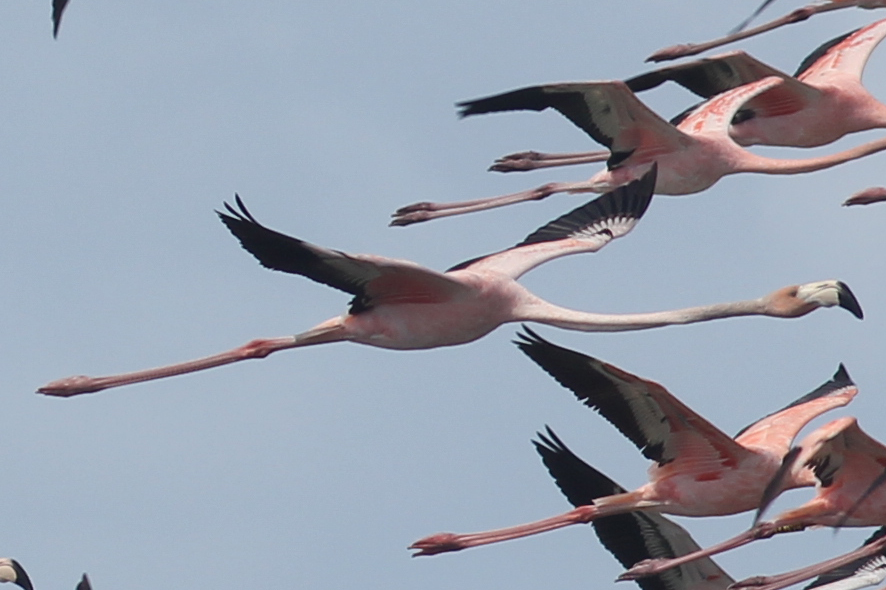
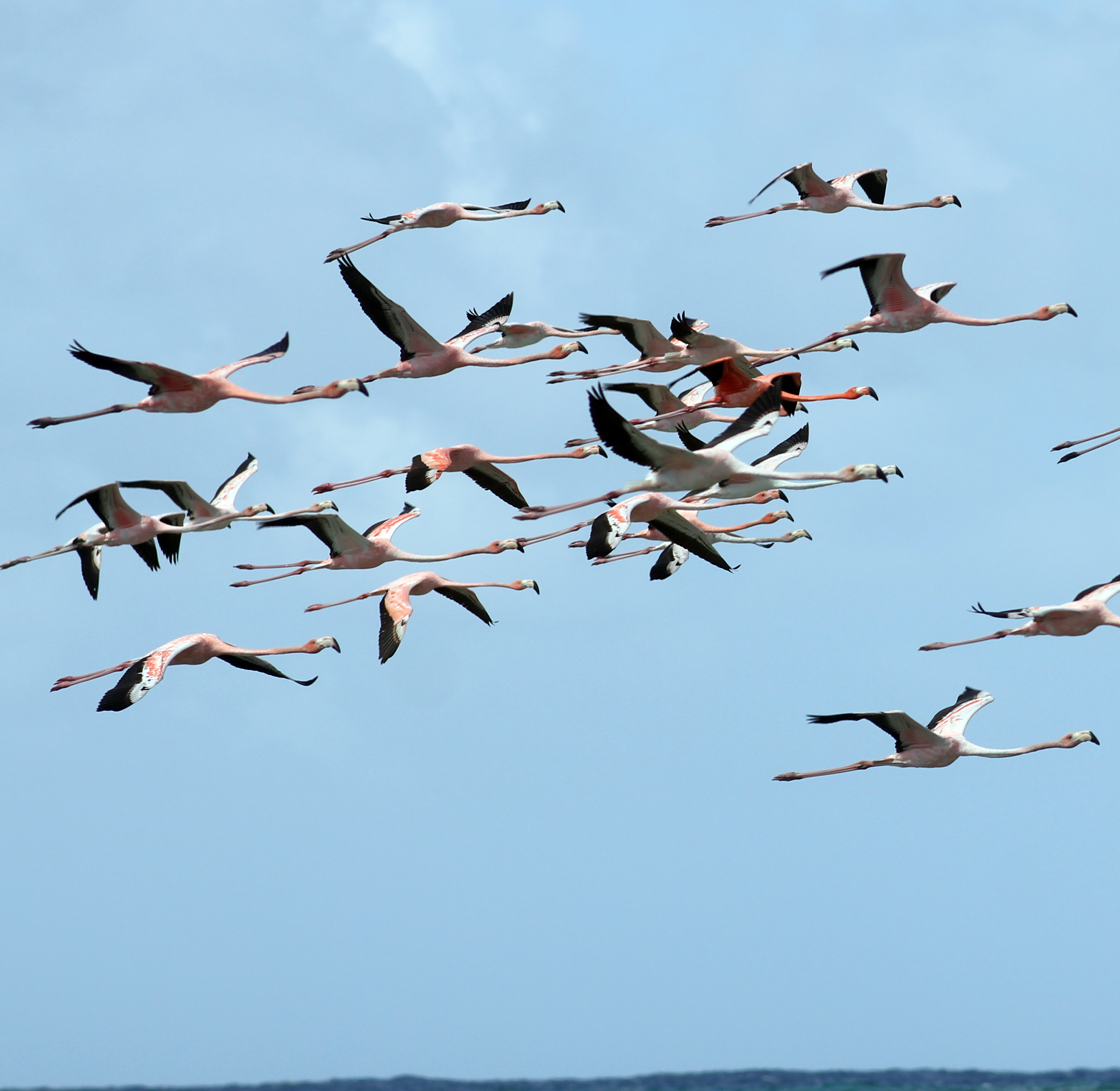
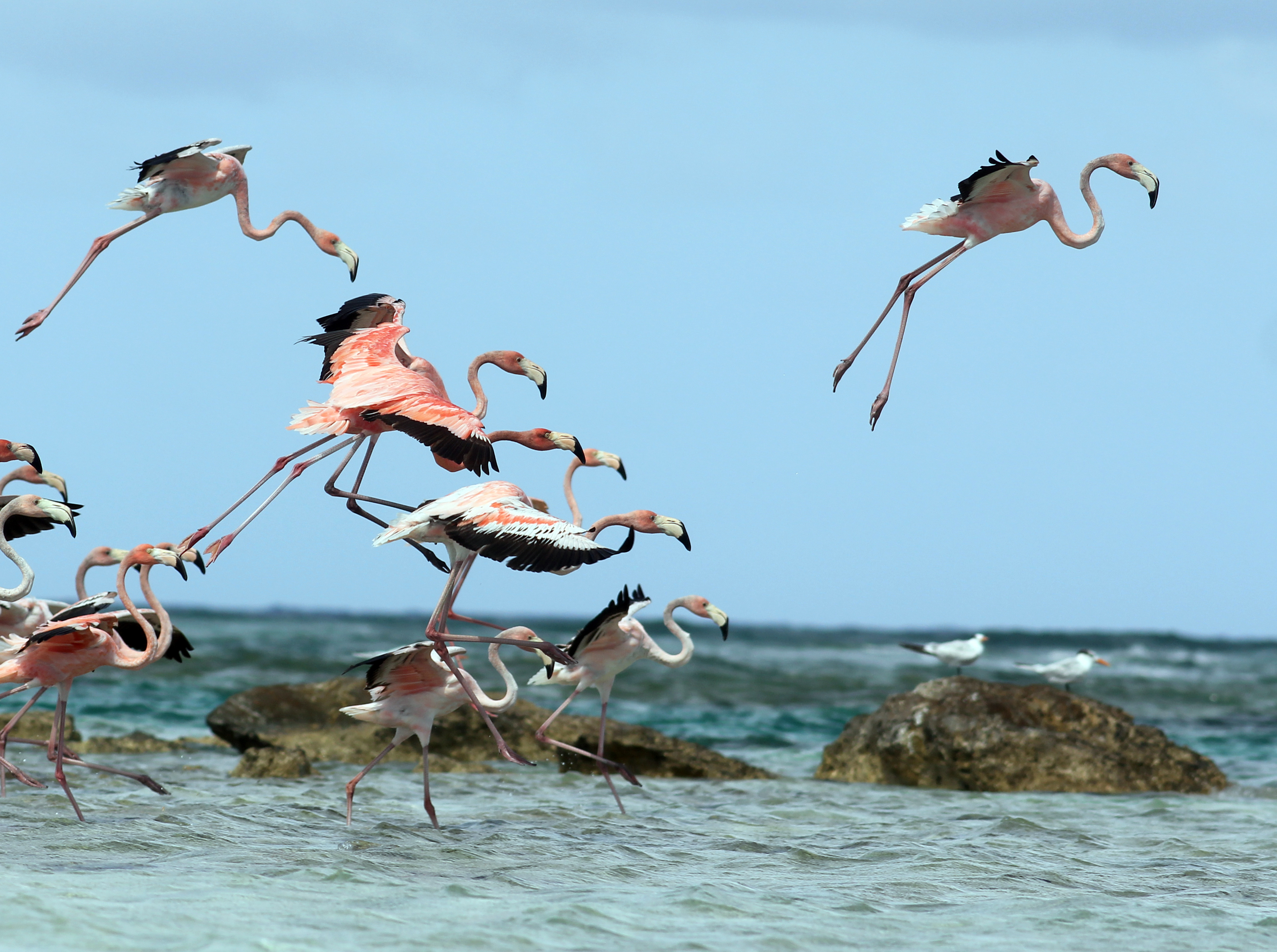
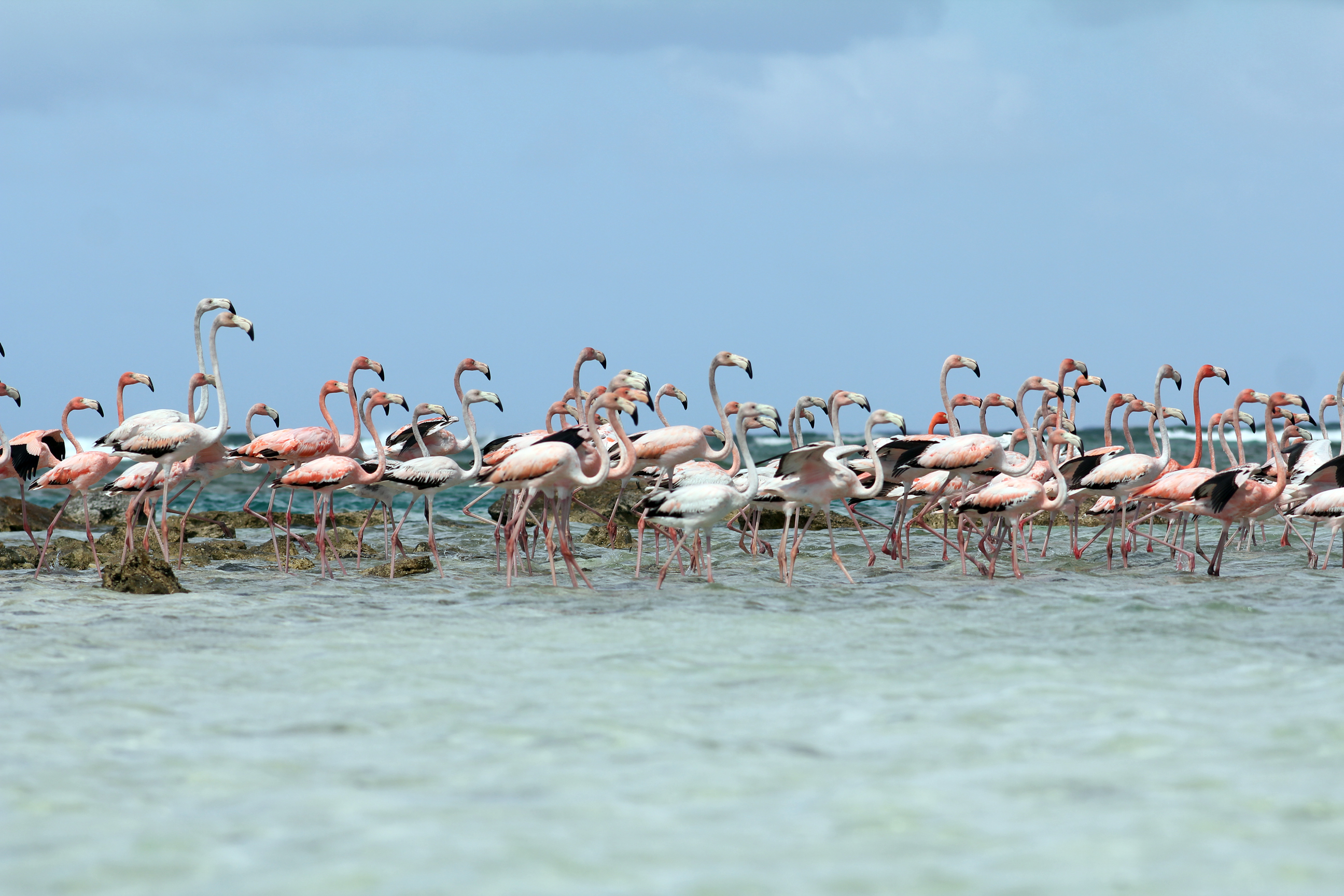
One of our guides also collected a handful of the wildlife seen in the ocean here including sea urchins, sea cucumbers, sea anemones and conch. I actually tried conch meat raw. It was not altogether terrible but I don’t intend to try it again.
Also on this island is Jimmy Buffet’s Margaritaville. They think it’s hilarious if you ask them where your shaker of salt is.
One more thing I wanted to mention about the cruise was the amazing singer in the piano bar, Jonathan. He interacted well with the crowd and had a great singing voice. I captured this video of him singing How Great Thou Art. Kind of a weird song for a bar, but I enjoyed it.
We had one more day at sea then we arrived back in Miami and I went down to the Winter Star Party.
Carnival Liberty Cruise
I just got back from a two week vacation. The first of this was spent on the Carnival Cruise ship Liberty. The cruise left out of Miami and went to ports in the Eastern Caribbean including Half Moon Cay in the Bahamas, St. Thomas in the US Virgin Islands, San Juan, Puerto Rico and Grand Turk in Turks and Caicos. Here’s some of my favorite pictures. Click any photo for the hi-res version.
We left Miami on February 15 to a beautiful sunset.
My second week of vacation was to be spent at the Winter Star Party doing various astronomy-related things, so I had brought some of my gear on the ship, hoping to get some pictures as we were venturing much further south than I’ve ever been before. This turned out to be quite difficult for several reasons. First, the ship rocks. Second, the deck is lit up like a city. As such, I wasn’t able to get very long exposures, so I had to take a bunch of really short (ie 1 second) exposures at high ISO.
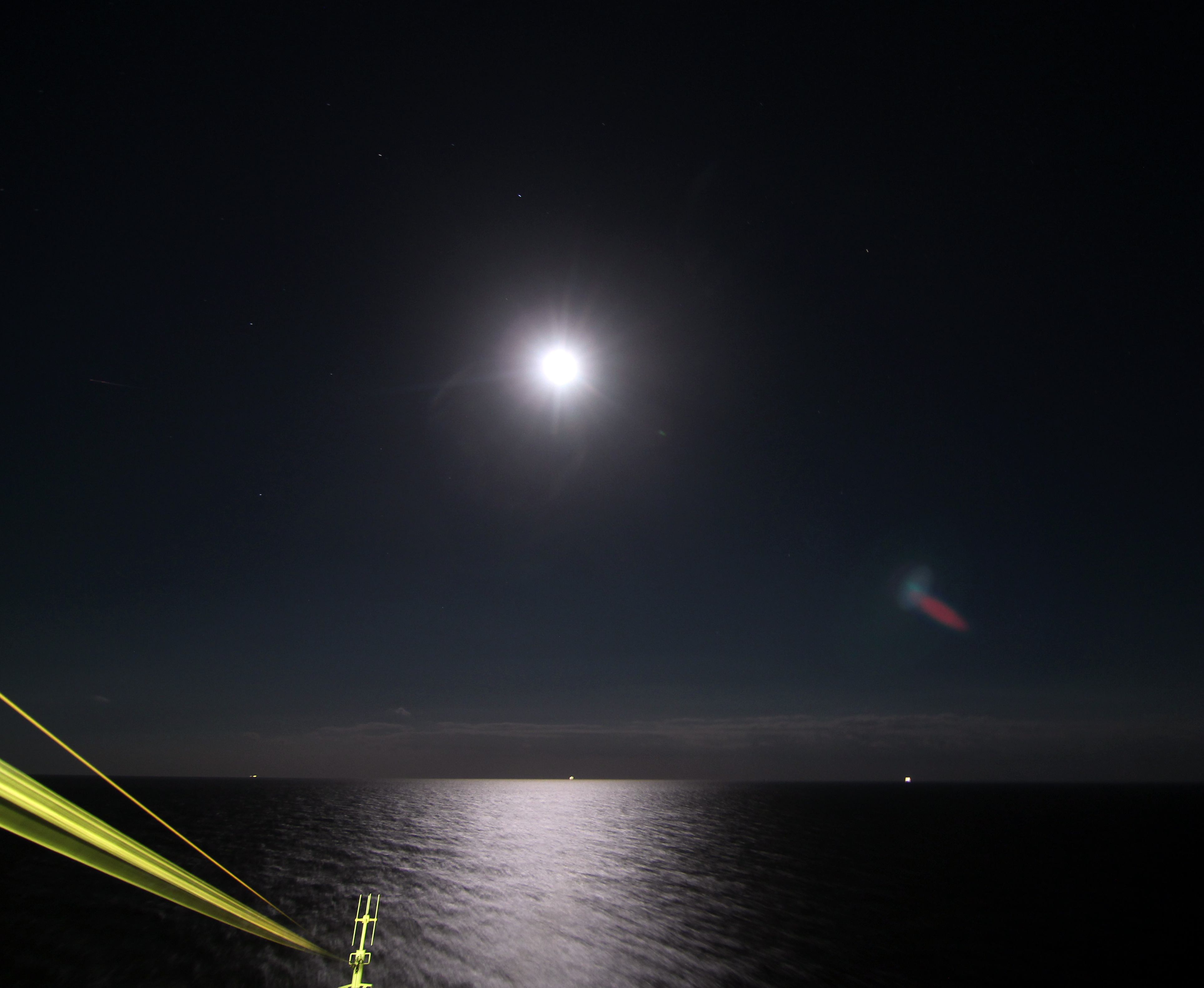
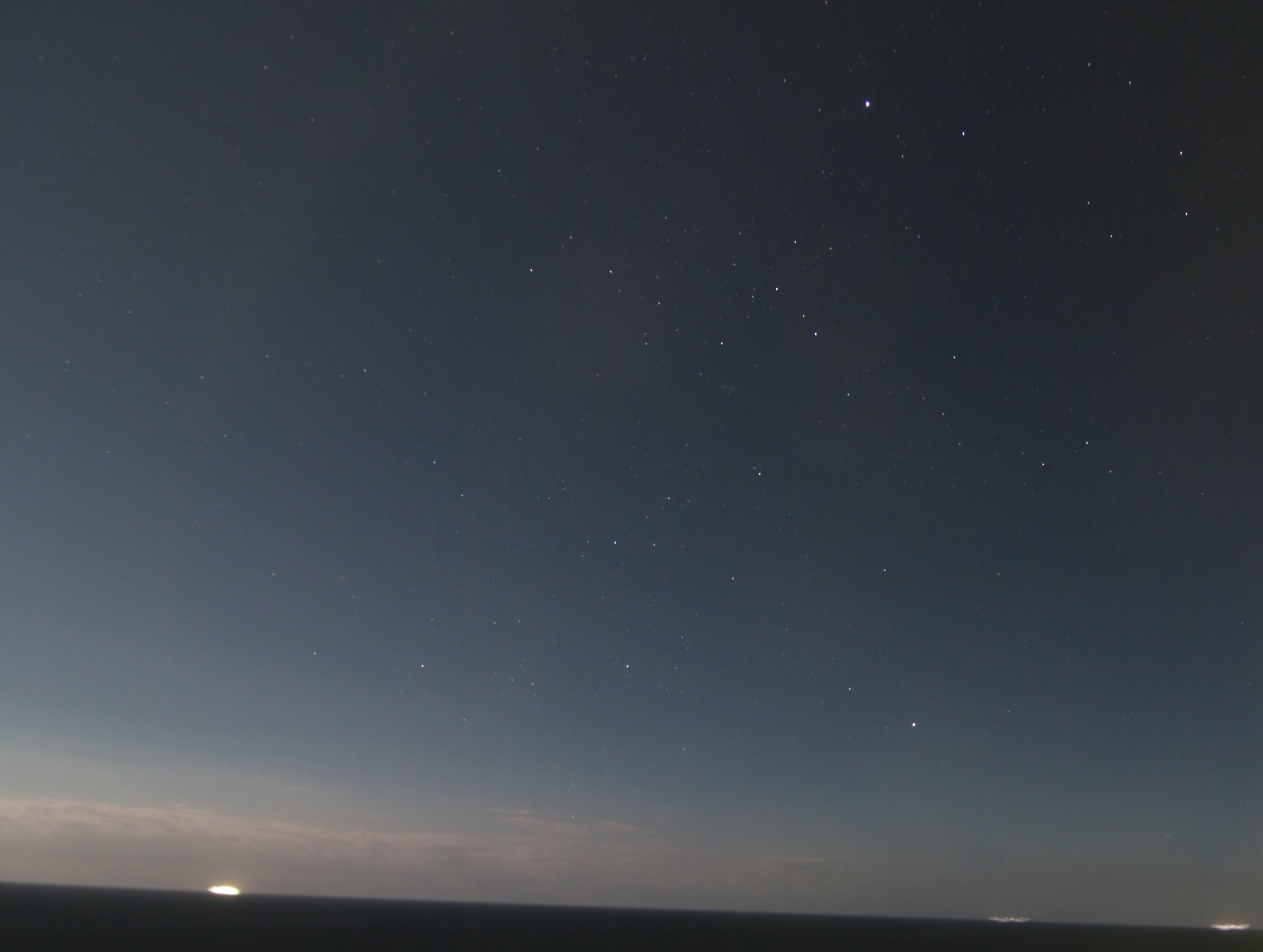
We arrived at the first port on Sunday, February 16. Half Moon Cay is a private island in the Bahamas. There’s not much to the island but the things for cruise ship passengers. Only 50 people live on there year-round. The rest of the people we saw commute every day from nearby islands.
I did two excursions here. The first was a bike ride and small hike to the highest point of the island. A whole 60 feet in elevation! But I did get some good views.
The also took us by stingrays.
The second excursion was a kayaking adventure. I bought a waterproof bag so I could take my nice camera with me. Taking a selfie with a DSLR in a kayak is not easy.
The next day was a day at sea so I didn’t take many pictures during the day. I did get a nice sunset shot and also the Southern Cross was quite high at night. I would get a much better pic at the Winter Star Party.
The second port was St Thomas which we arrived at on Tuesday, February 17. I awoke to see this island outside our cabin.
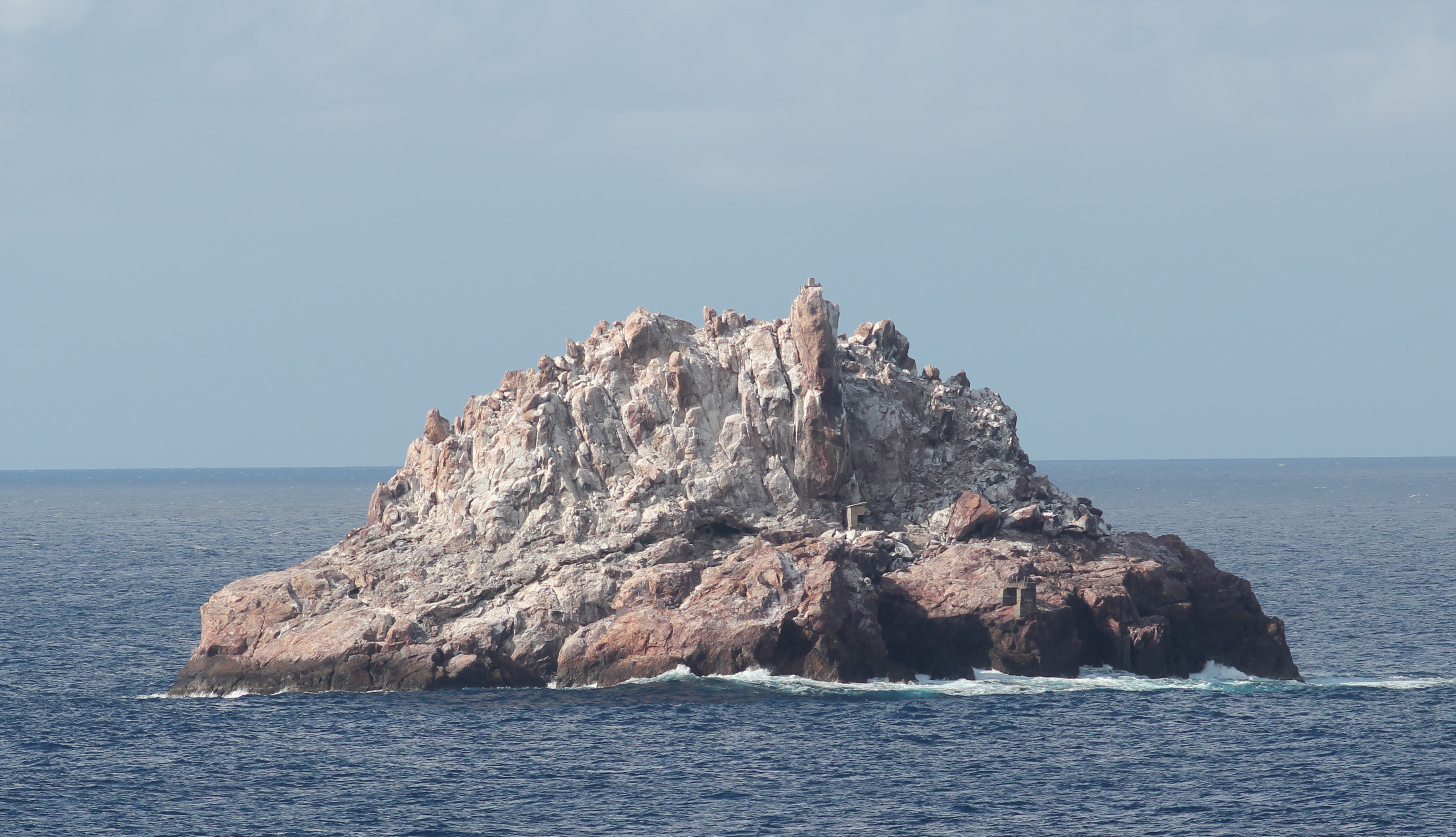
This island is absolutely gorgeous.
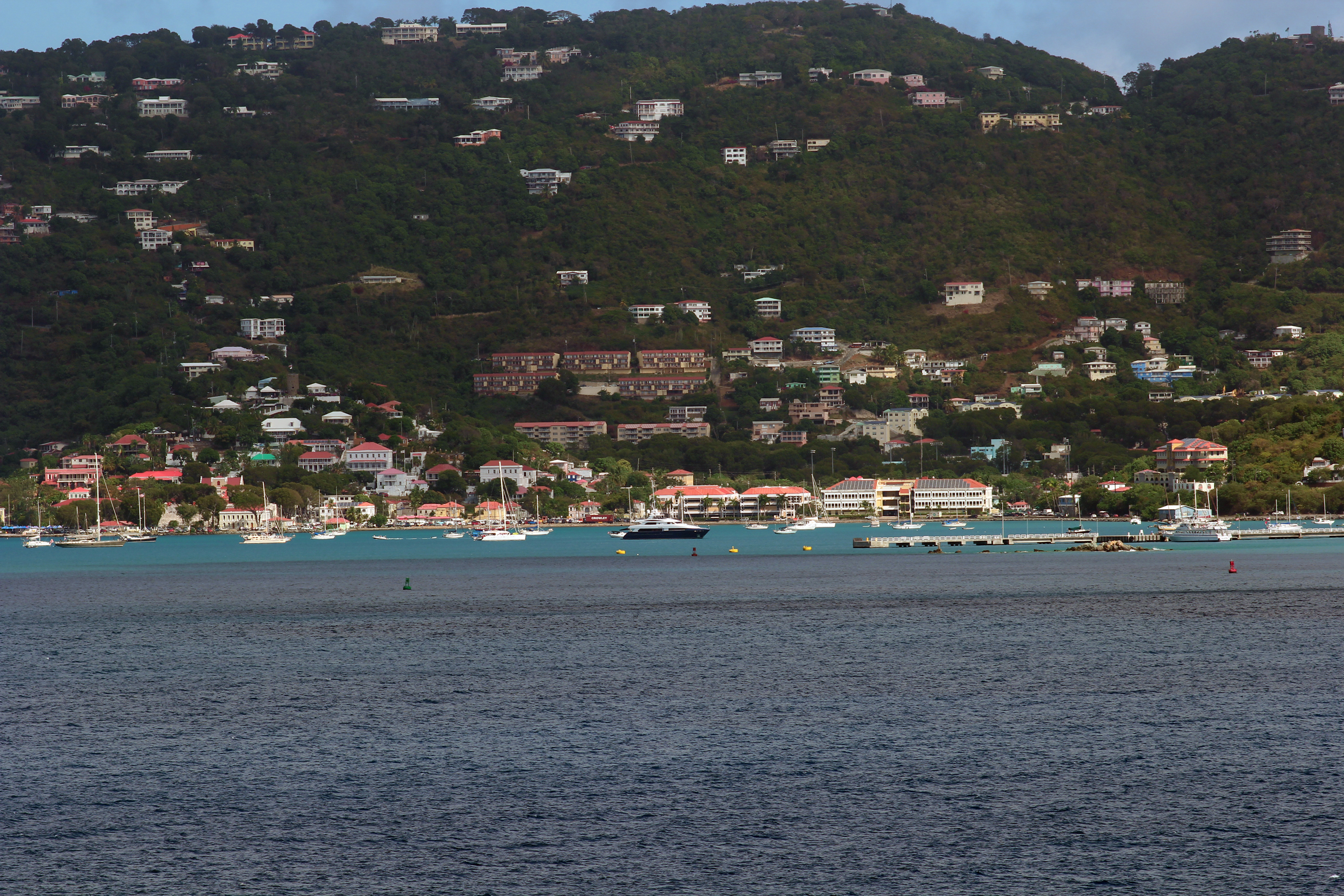
I did two excursions here. The first was a quick ride to the top of a mountain providing an excellent view of the port.
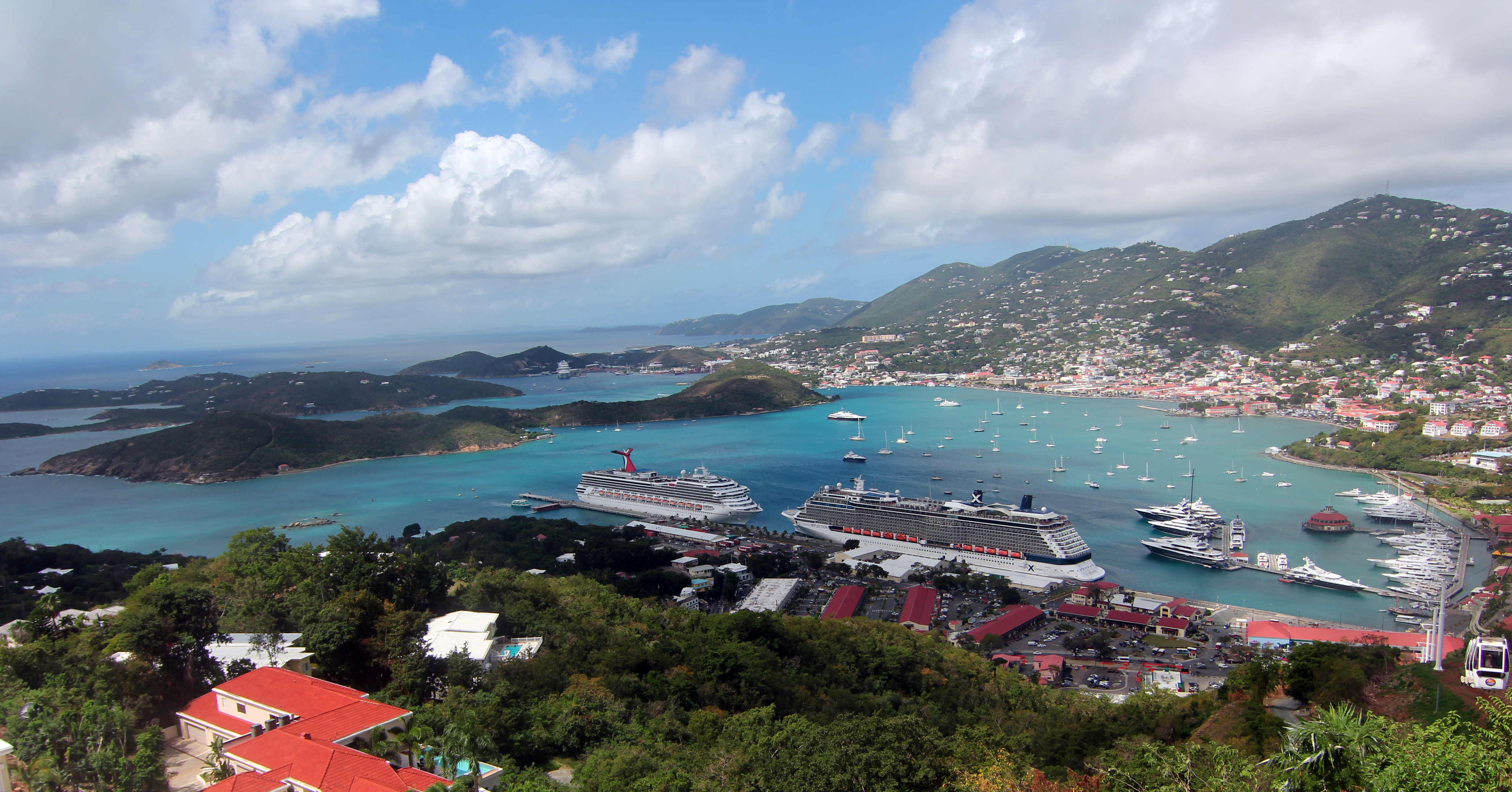
The second was Tree Limin’ Zip Lining (I’m not quite sure what “Limin'” is). I was quite disappointed when it started raining as we got to the course, but the rain went through really quick and started clearing up. We got gorgeous views of Magen’s Bay, where people such as Oprah and Bill Clinton own houses.
I also couldn’t resist giving a Shaka Brah:
We pulled out just after sunset and I got a great picture.
To be continued in part 2.
MIT Mystery Hunt Wrap-Up Part 6
Part 1. Part 2. Part 3. Part 4. Part 5. Part 6.
(SPOILER ALERT: THESE POSTS CONTAIN DETAILS OF PUZZLES FROM THE HUNT INCLUDING HOOKS AND ANSWERS).
The final part of the Mystery Hunt was the run-around, which was a ton of fun. We actually solved the last meta-puzzle around 8 AM on Sunday. The coin was found around 2:30 AM, and in between the first team starting and 8 AM, 5 teams went on the run-around, so Alice Shrugged was quite exhausted and there were very few people left in Hunt HQ at that time. We were told it would probably be around 2 PM when we started. They were actually very accommodating with us and I don’t blame them for making us wait.
In between, we worked really hard to complete the hunt, both front solving and backsolving. One of the highlights of this period for me was when we got Dan Katz to tell us an answer. Well, kind of. Someone in our group was apart of a White Heffalump gift exchange over Christmas that Dan was involved in. We had the promise of an answer from the Mystery Hunt, with the caveat that we had to have already solved the puzzle and confirmed the answer, but Dan would read it in a Sean Connery voice. We debated long and hard over what answer we wanted him to say. One answer was “James Bond”, which seemed perfect. But we decided on the meta answer for the Humpty round, which was EISOPTROPHOBIC. It was awesome.
Starting at 2 PM, the Cheshire Cat came to our room to take us on the runaround. We went to the first room and there was a crying baby on repeat on someone’s computer. We were supposed to figure out a way to shut it up. Following on of the previous rounds, we had gotten a plexiglass square with a chessboard below it. It turns out there were record grooves on it. There was a record player in the room, but we were supposed to get it to work without electricity, or the regular needle, or an amplifier. We did have a table full of items, though, each with a letter on them. We searched YouTube and found that you can take a sewing needle create a cone out of paper and manually spin the record.
This was extremely challenging. One of my favorite moments was when our team leader held up a jug of some liquid and a few other items and asked if there were any chemistry nerds who could build a battery! In the end, we were able to hear words on the record, but they had superimposed two pieces of words forward and backward. You needed to identify them and take the letters on the corresponding items in the room which spelled out “SING I AM THE WALRUS AS A LULLABY”. We were allowed to take a mirror with us.
The next part of the runaround was an amazing puzzlebox in the form of a bed.
We had received an allen wrench from another metapuzzle. There were blocks with numbers from 1 to 7 on the side of the bed, but we couldn’t get it to catch on any of them. It turns out that there’s a magnet inside the headboard, and when you stick the magnet on it, you can move it, which removes a catch and allow the bed to be pulled out a little bit. It was then a lock-picking puzzle with the blocks. This took us quite a while and we got lots of blatant hints from Alice Shrugged. There was a “down pillow” inside.
The last stage was pretty straightforward. You solved three Nurikabe puzzles, then there was a fairy chess puzzle at the end.
At the end we were allowed to take a giant King chess piece.
The final part of the hunt for us was solving a hedge maze with special rules. Basically the idea is that Wonderland really hates Alice and is trying to get rid of her. She enters the hedge maze with the rabbit, and you have to get her to leave it without it. The mirror, pillow and chess piece had special rules and you had to figure out where to place them. This took us quite a while, but we got it in the end.
There was one last phase of the runaround that we didn’t get to do where you take the answers of all of the puzzles and get a final message from them. That leads you to where the coin is.
All told, this hunt was a fantastic experience. I’ve been solving with this team for three years now and this was my second year on-campus. There really is no substitute for being there in-person. I’ve made great friends through this and always leave feeling like I could solve all the hardest problems I encounter in my day job. Thanks to everyone on my team and to the organizers of the hunt for making this so enjoyable.
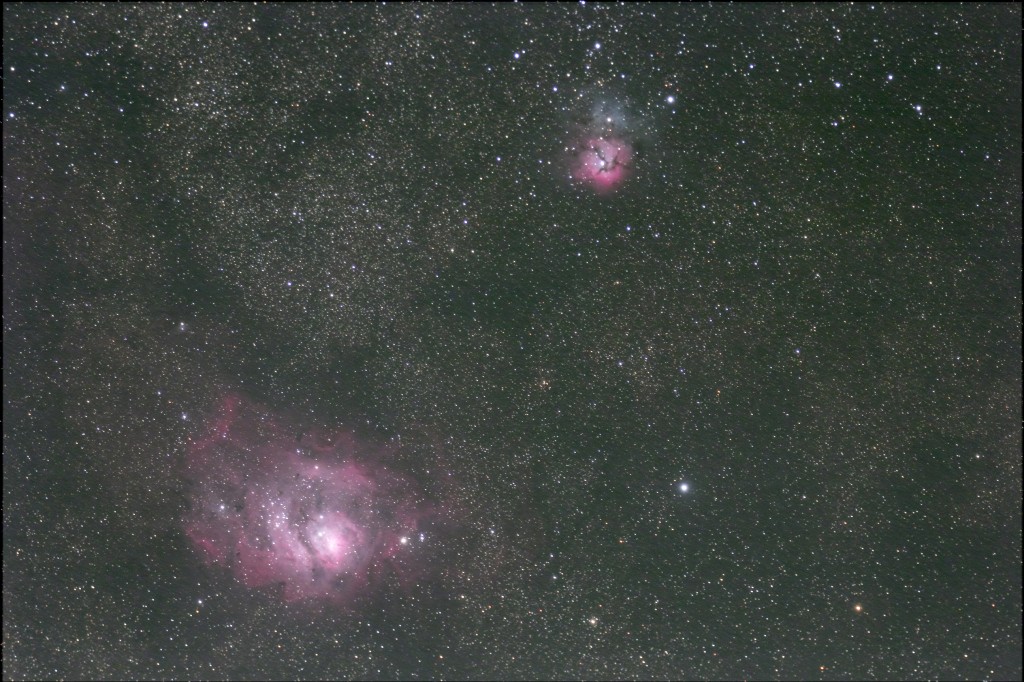
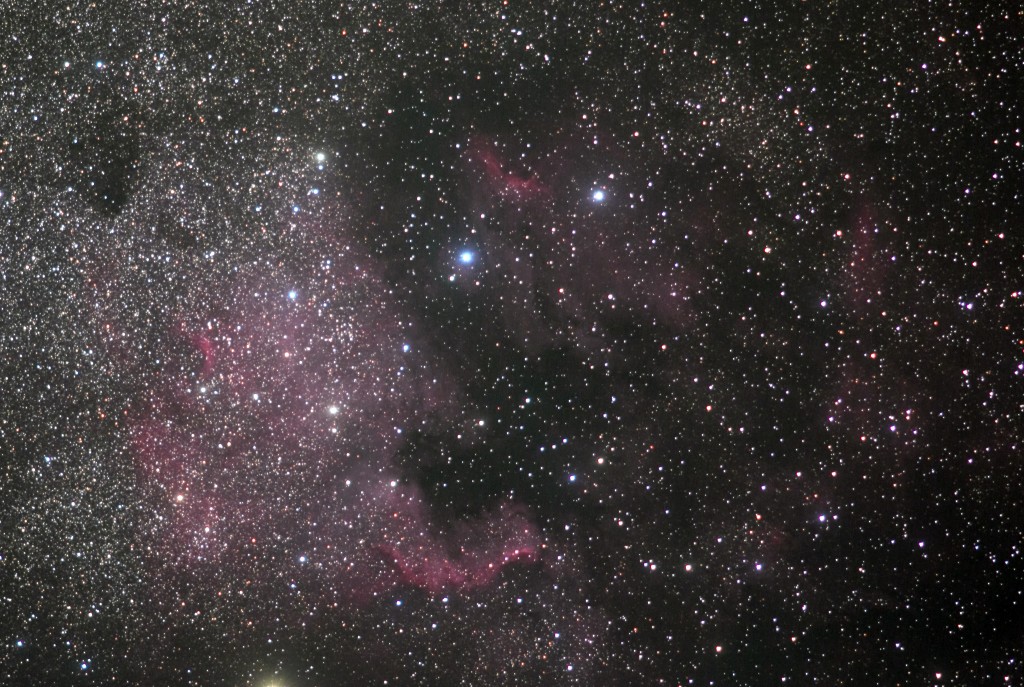
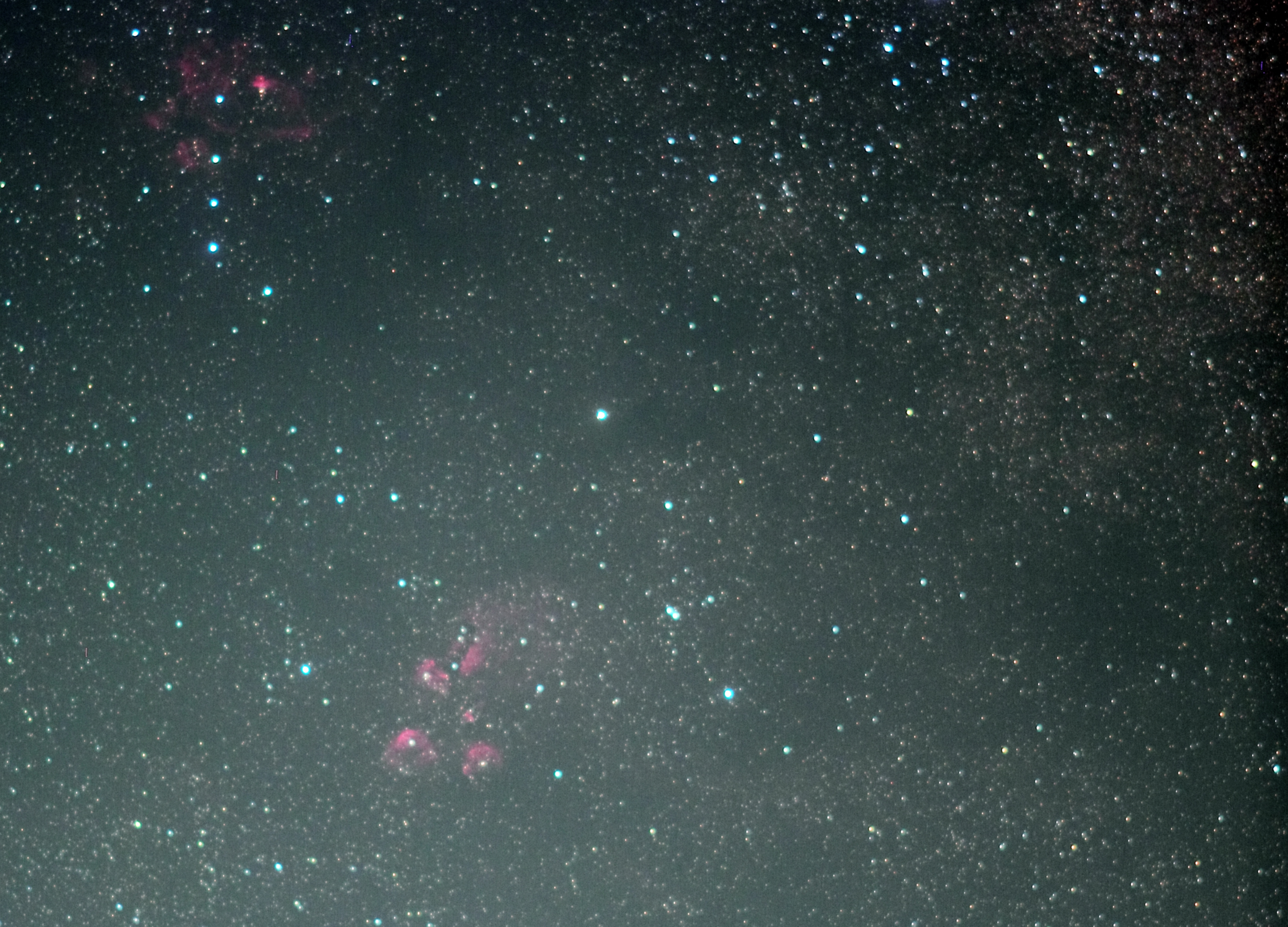

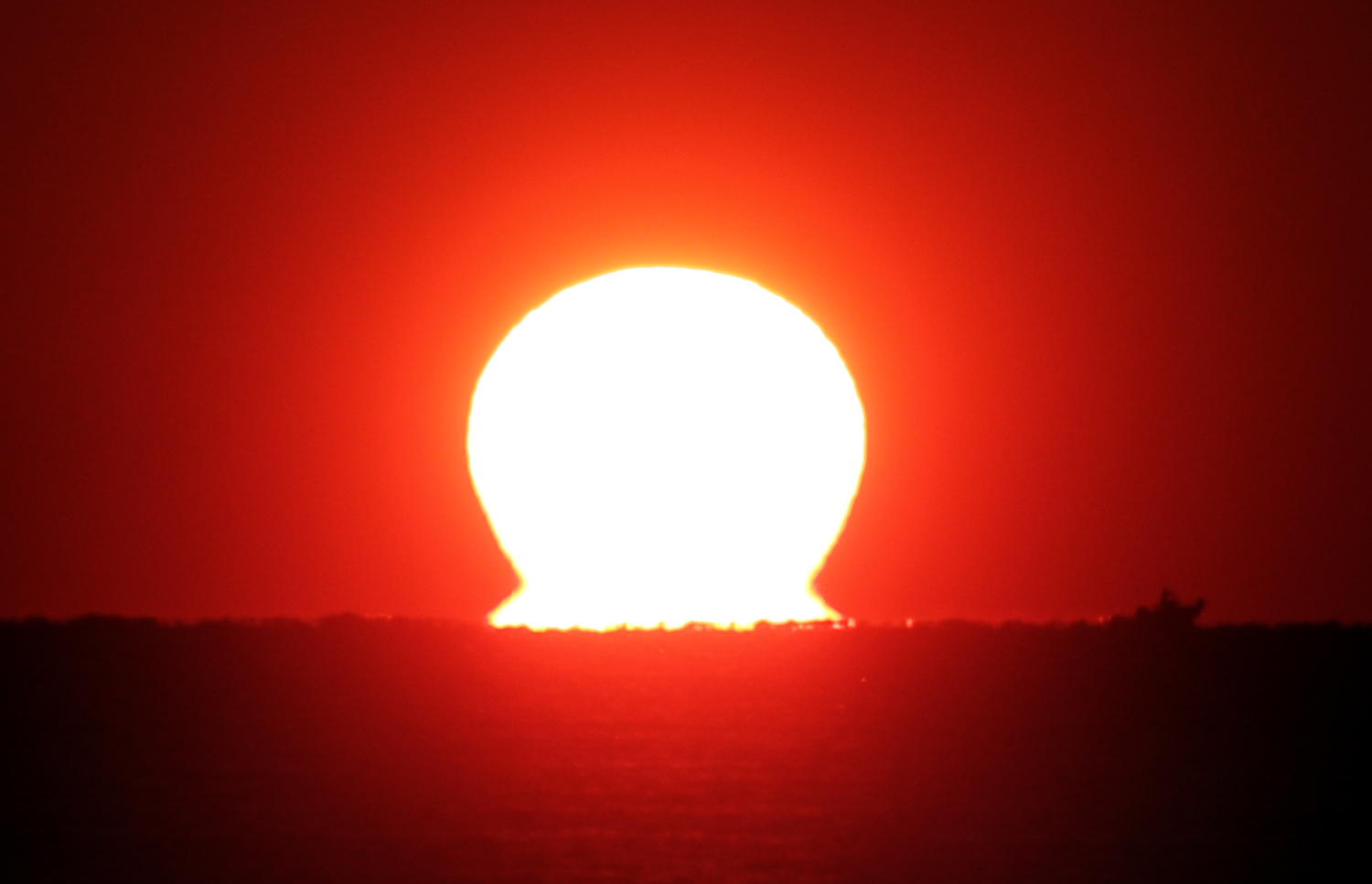
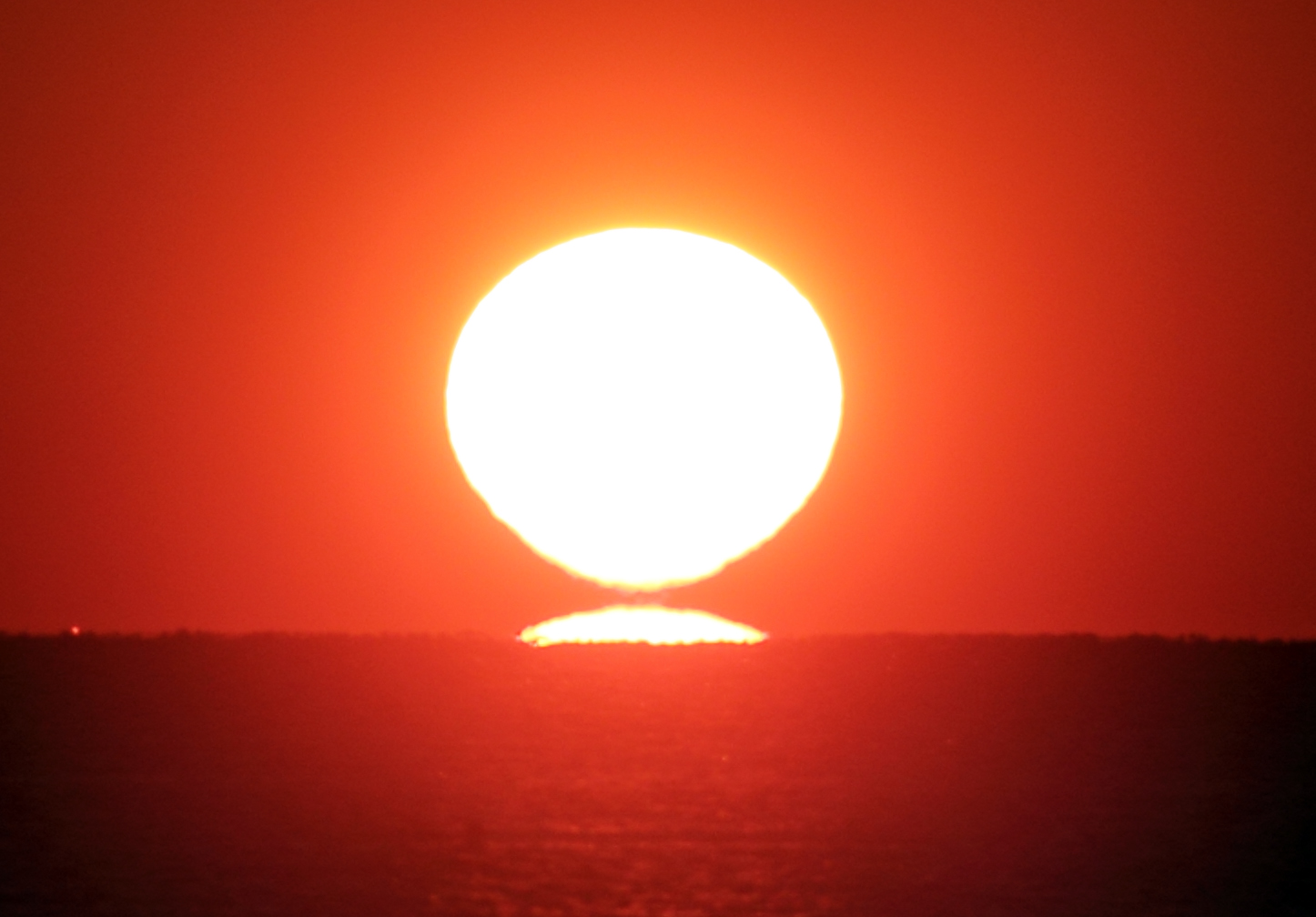
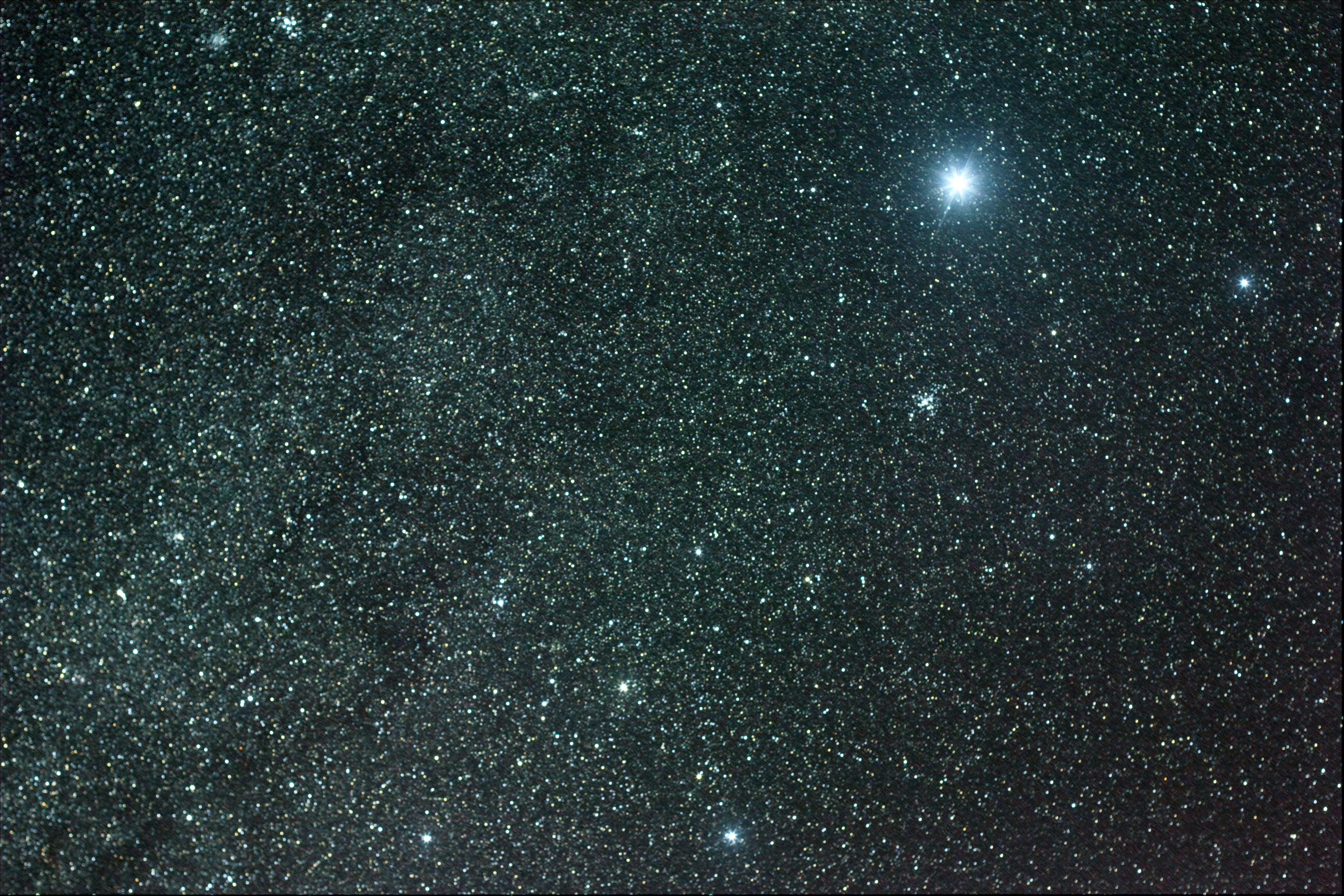
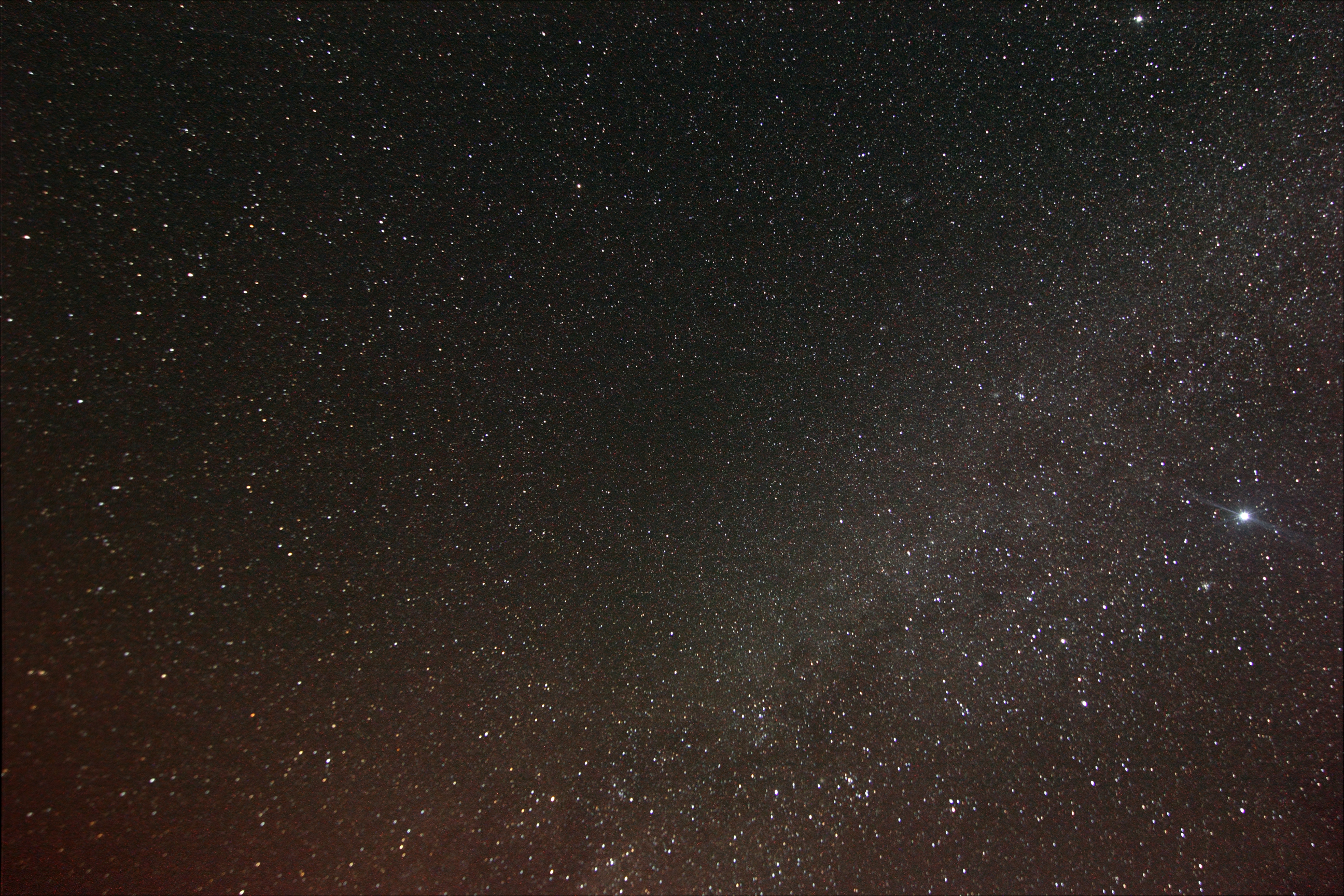
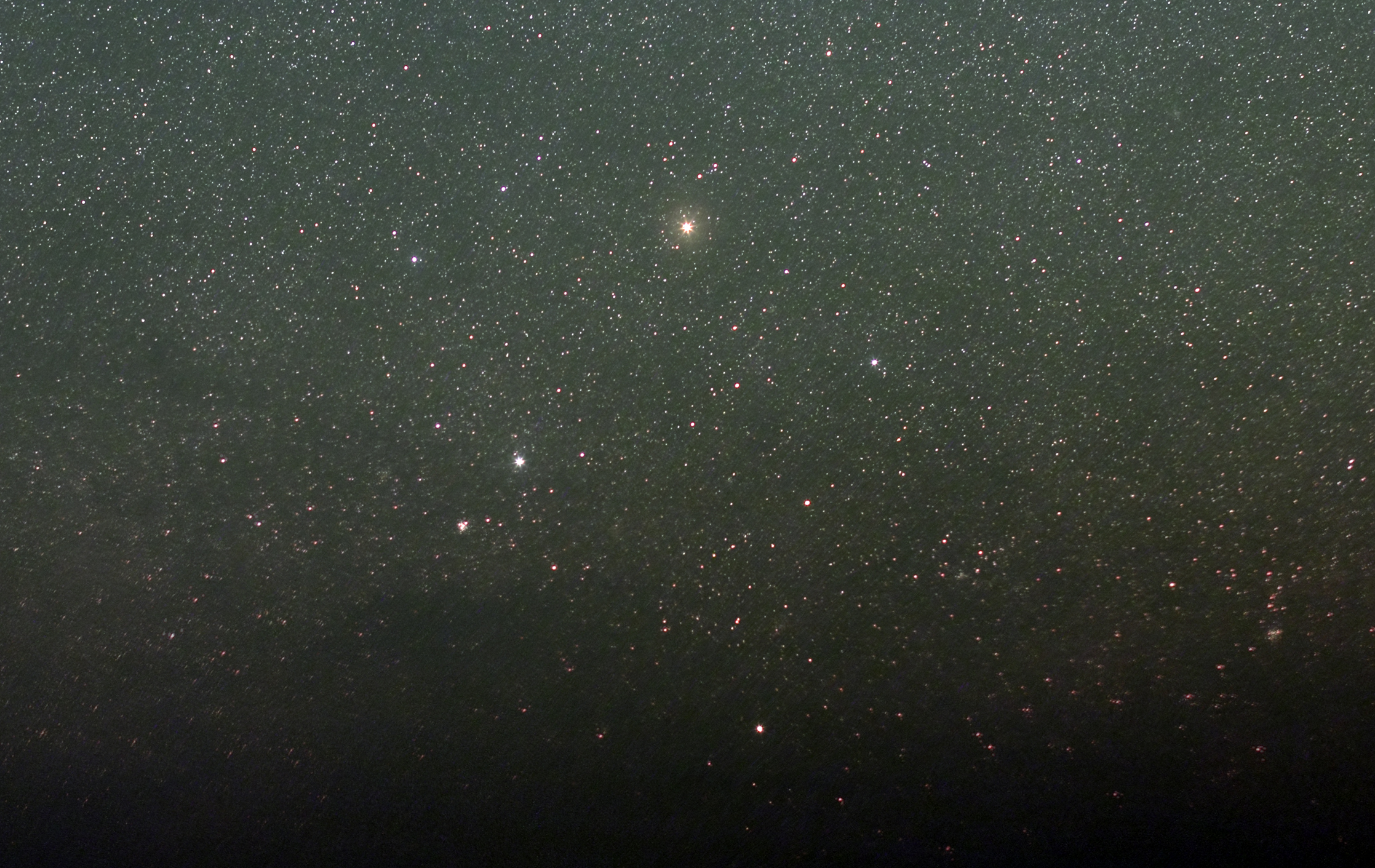
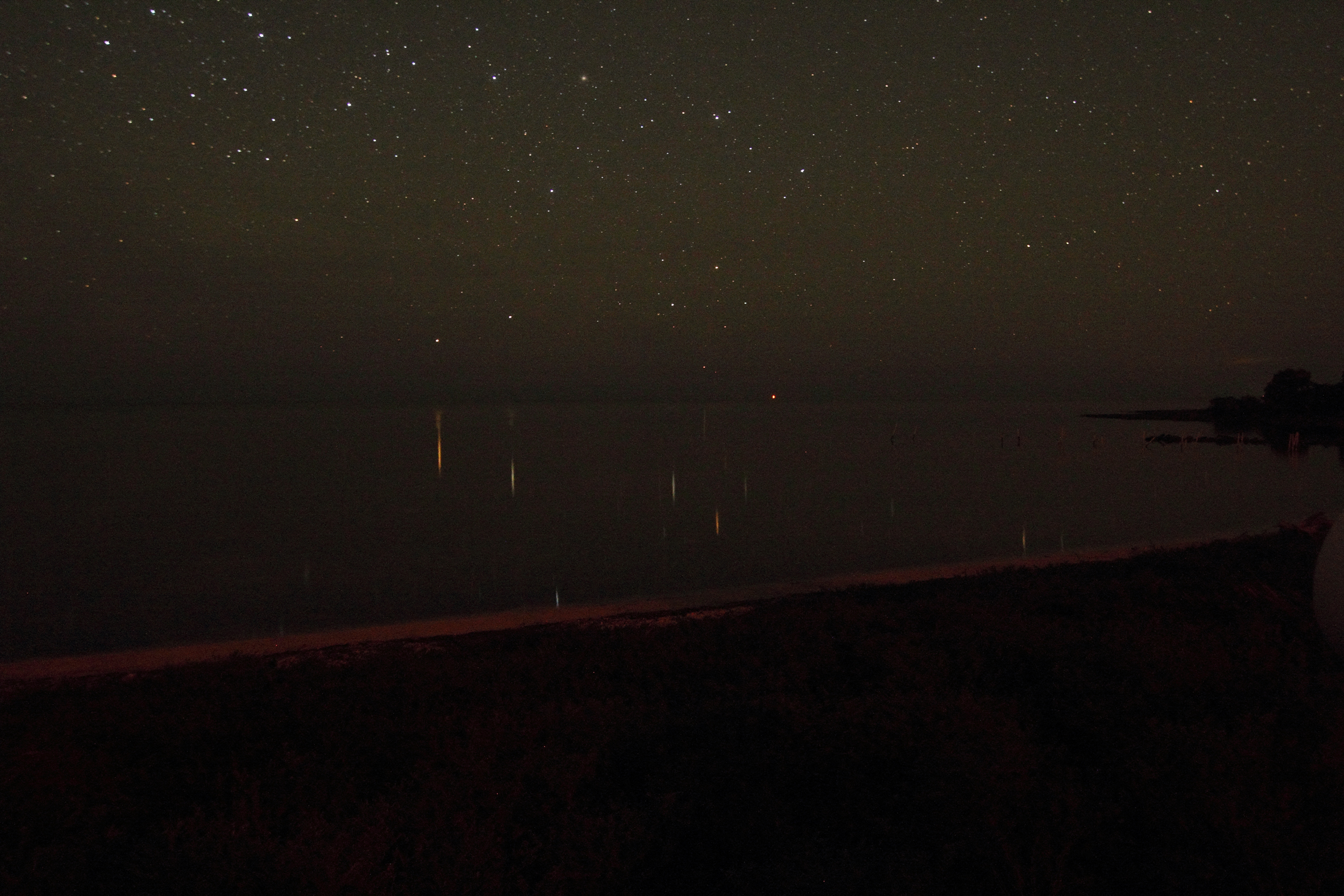
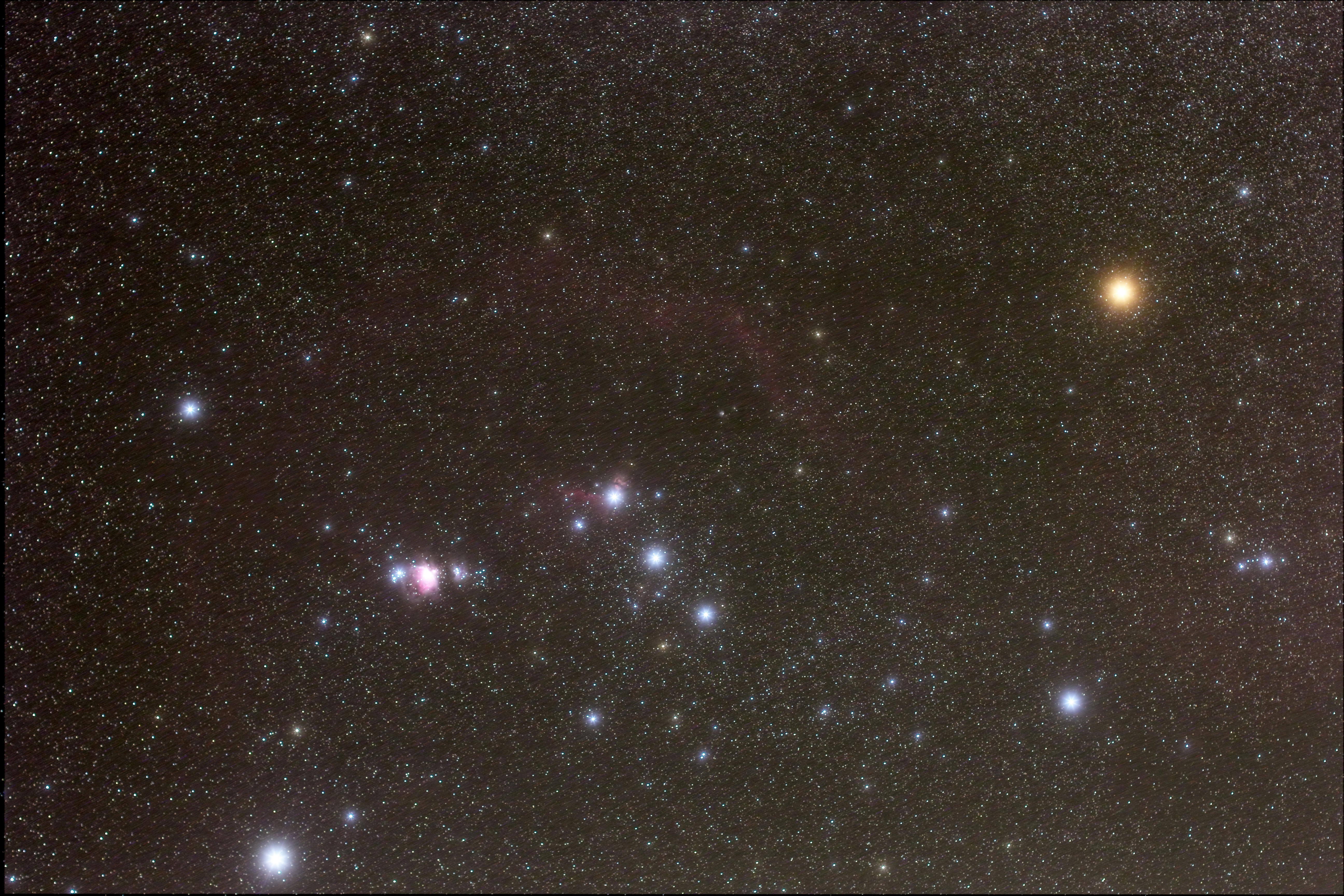
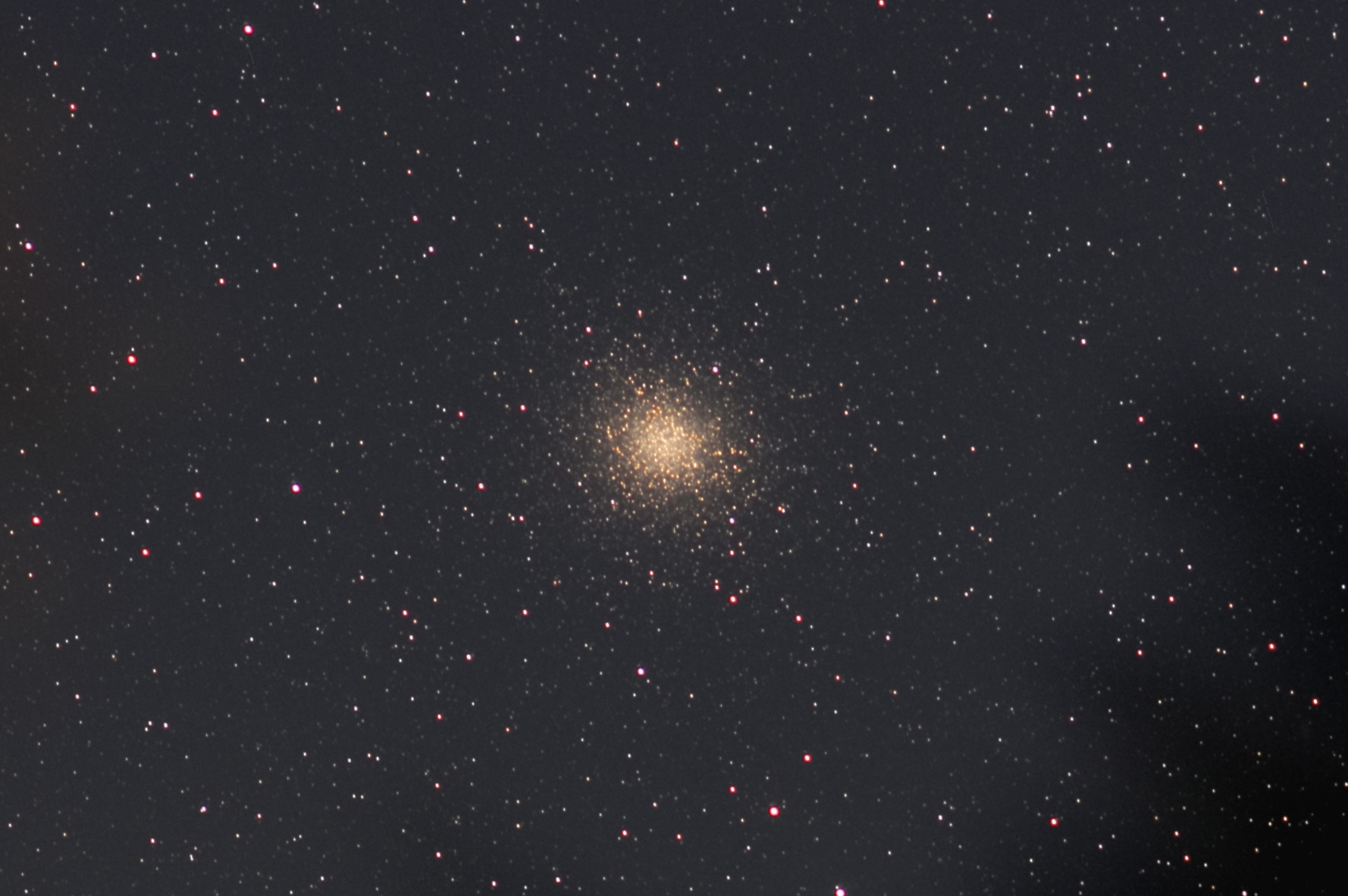
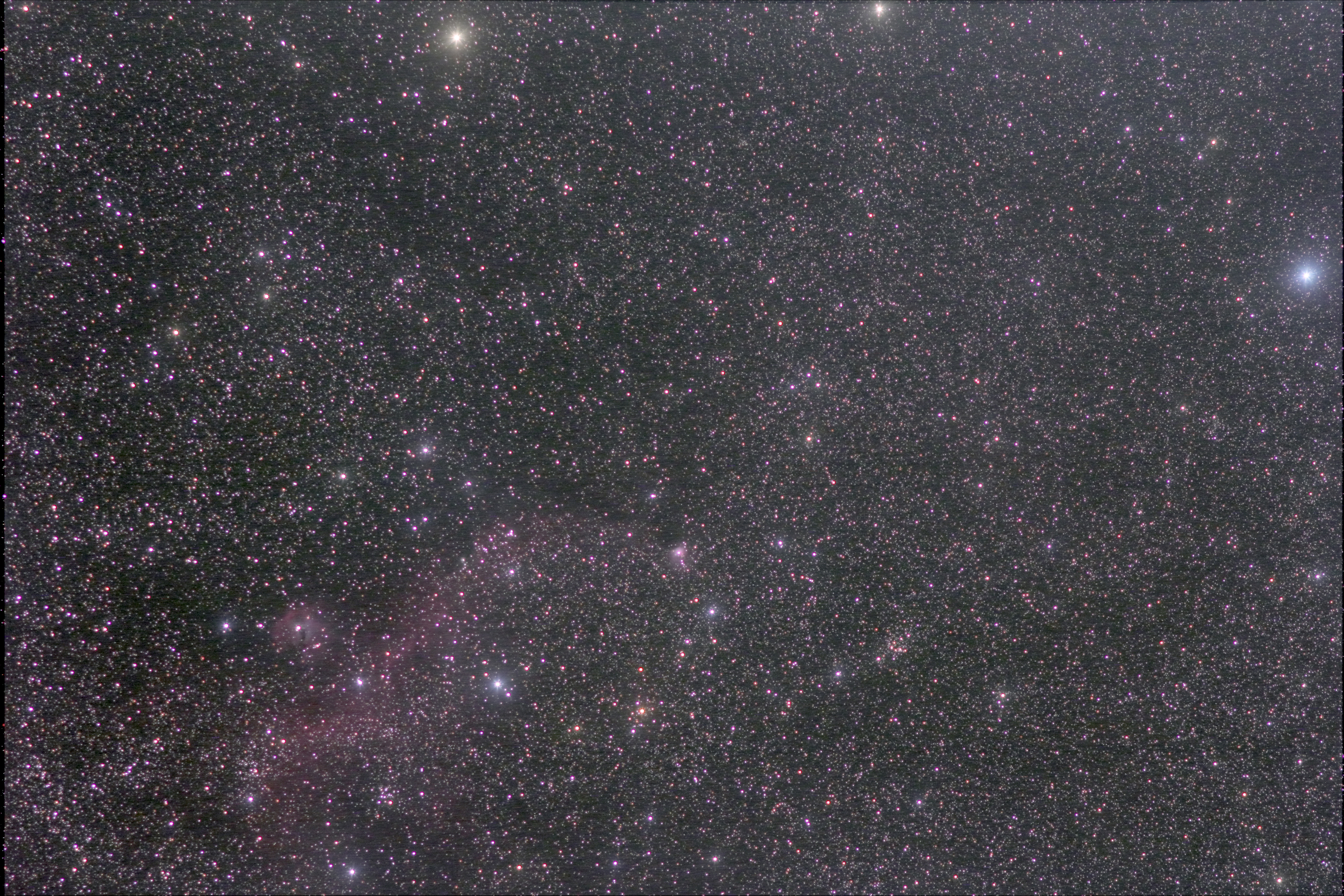
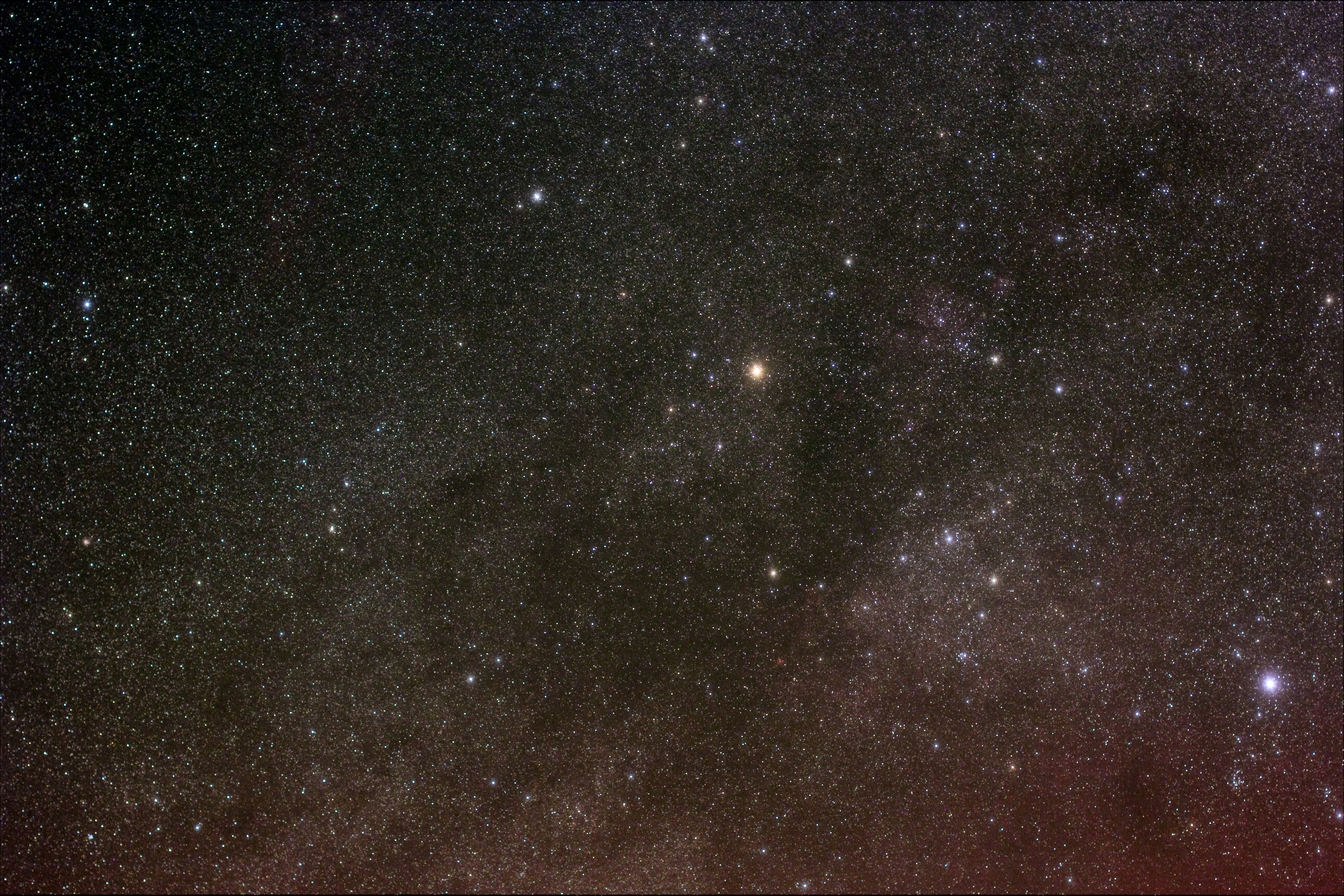
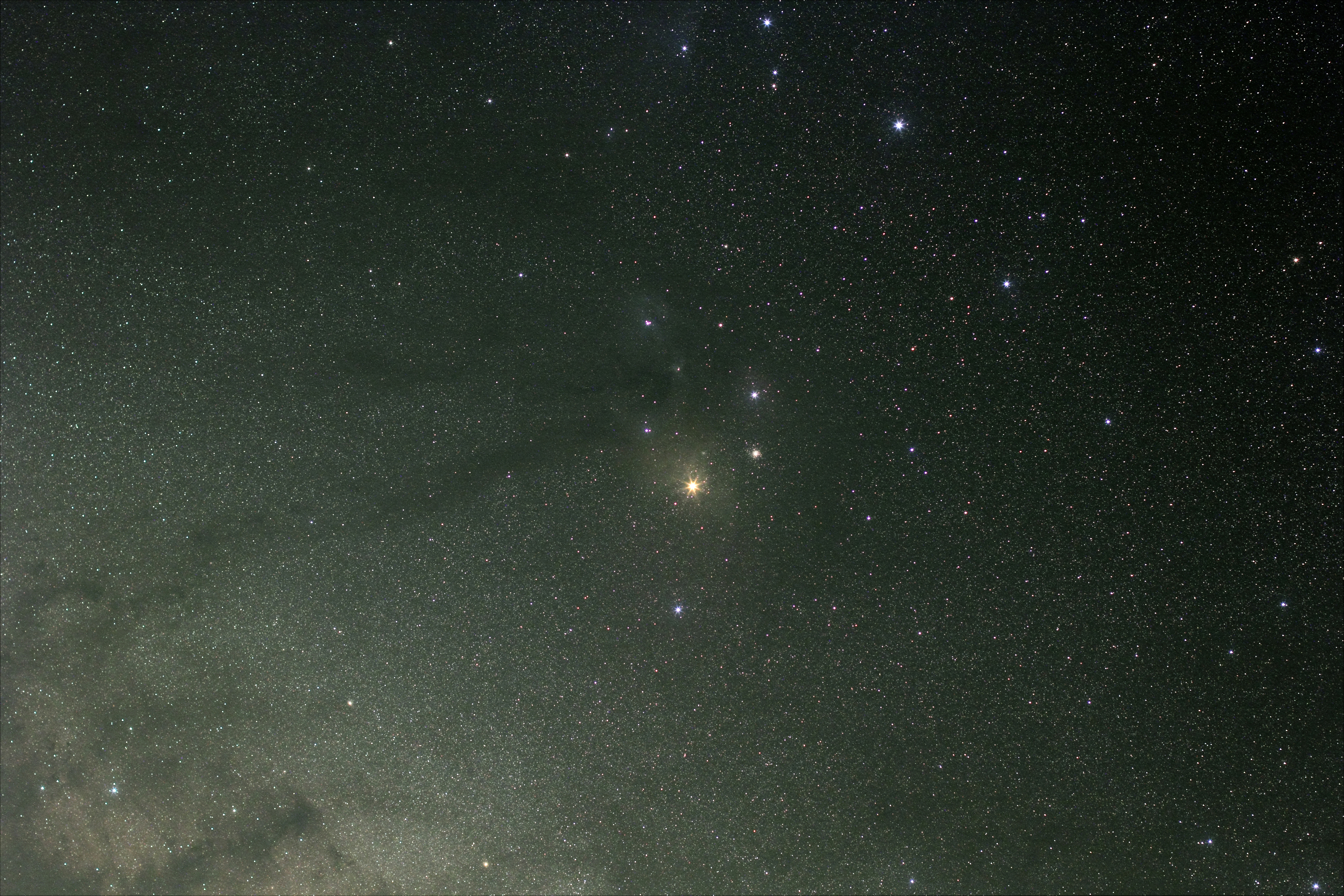




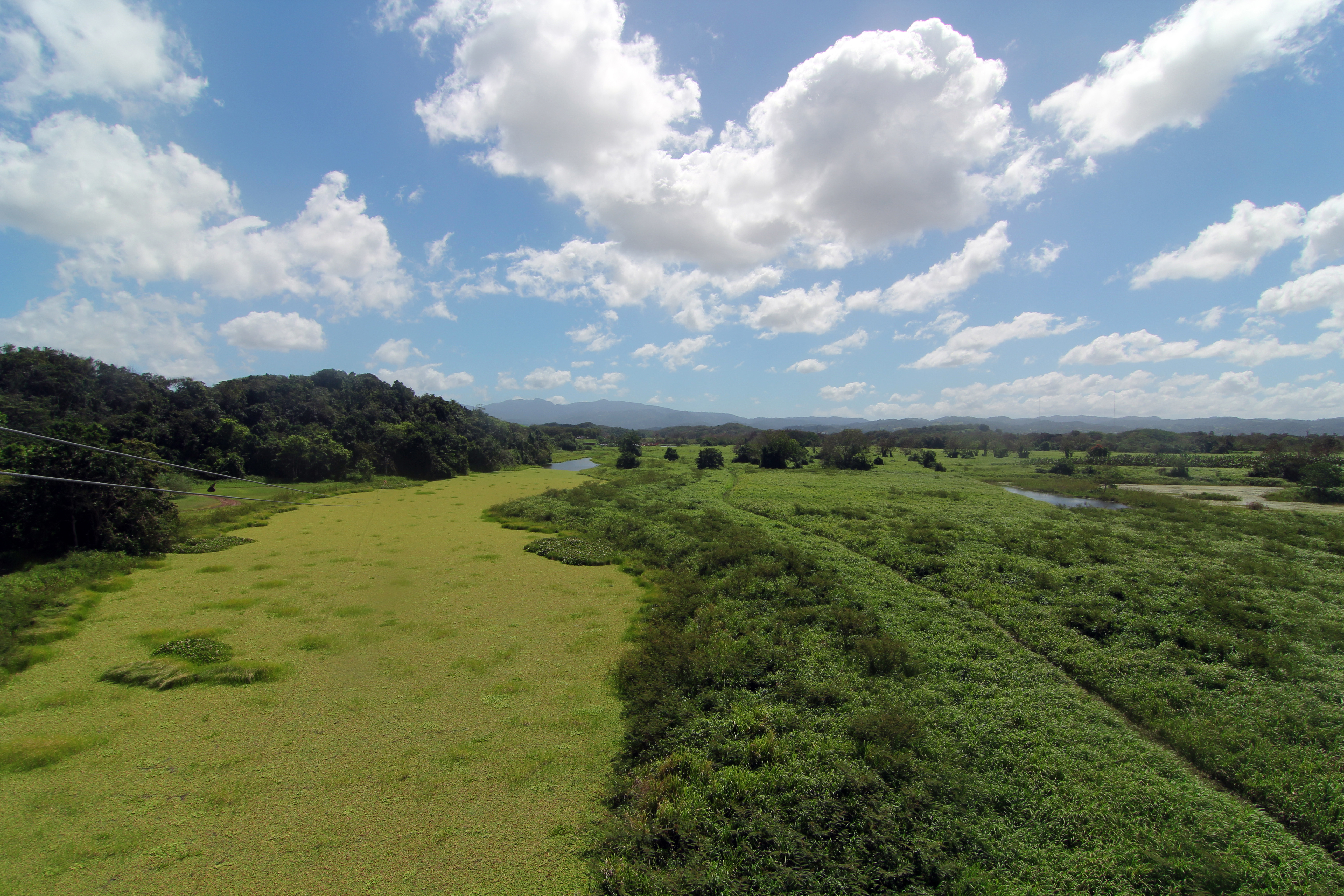
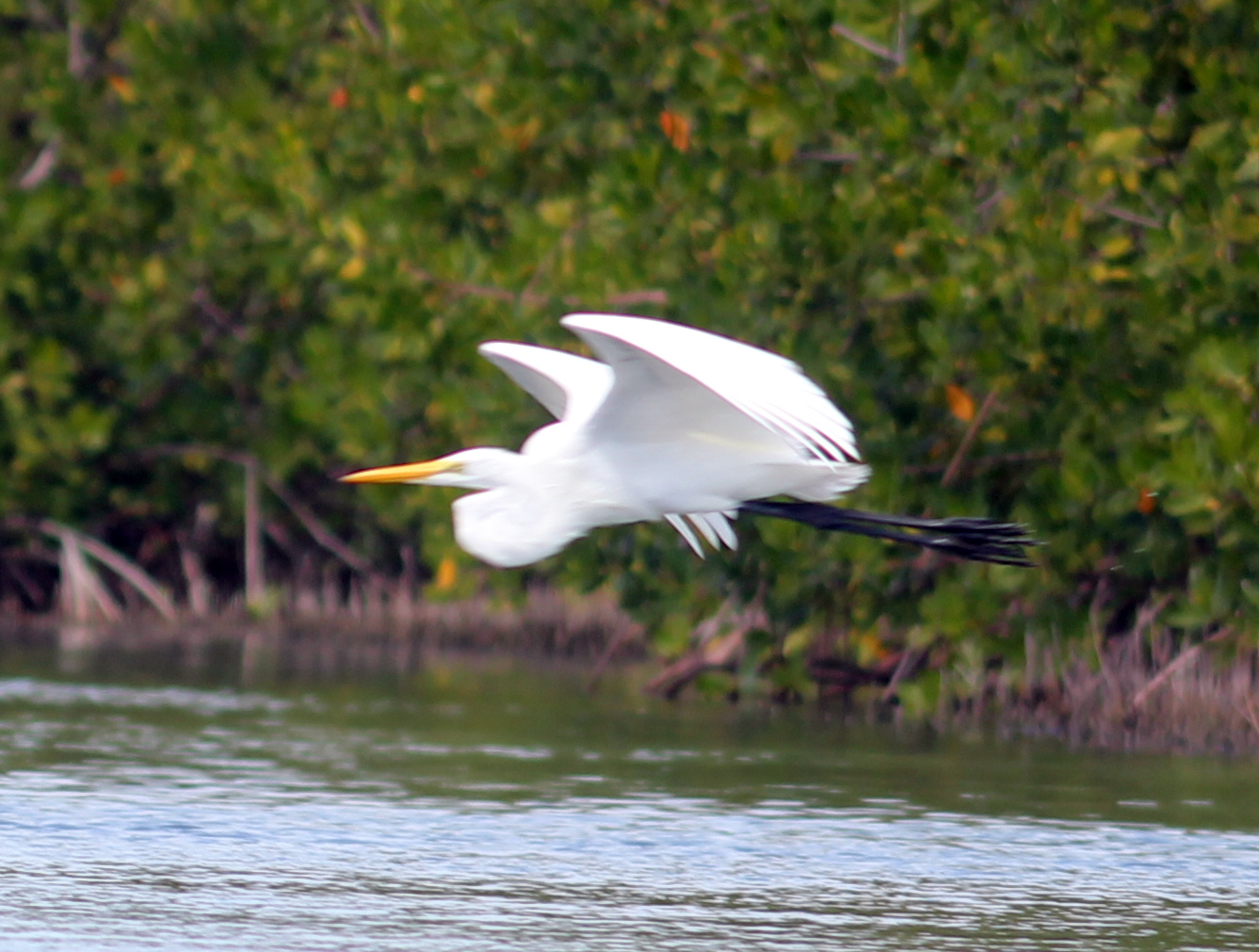
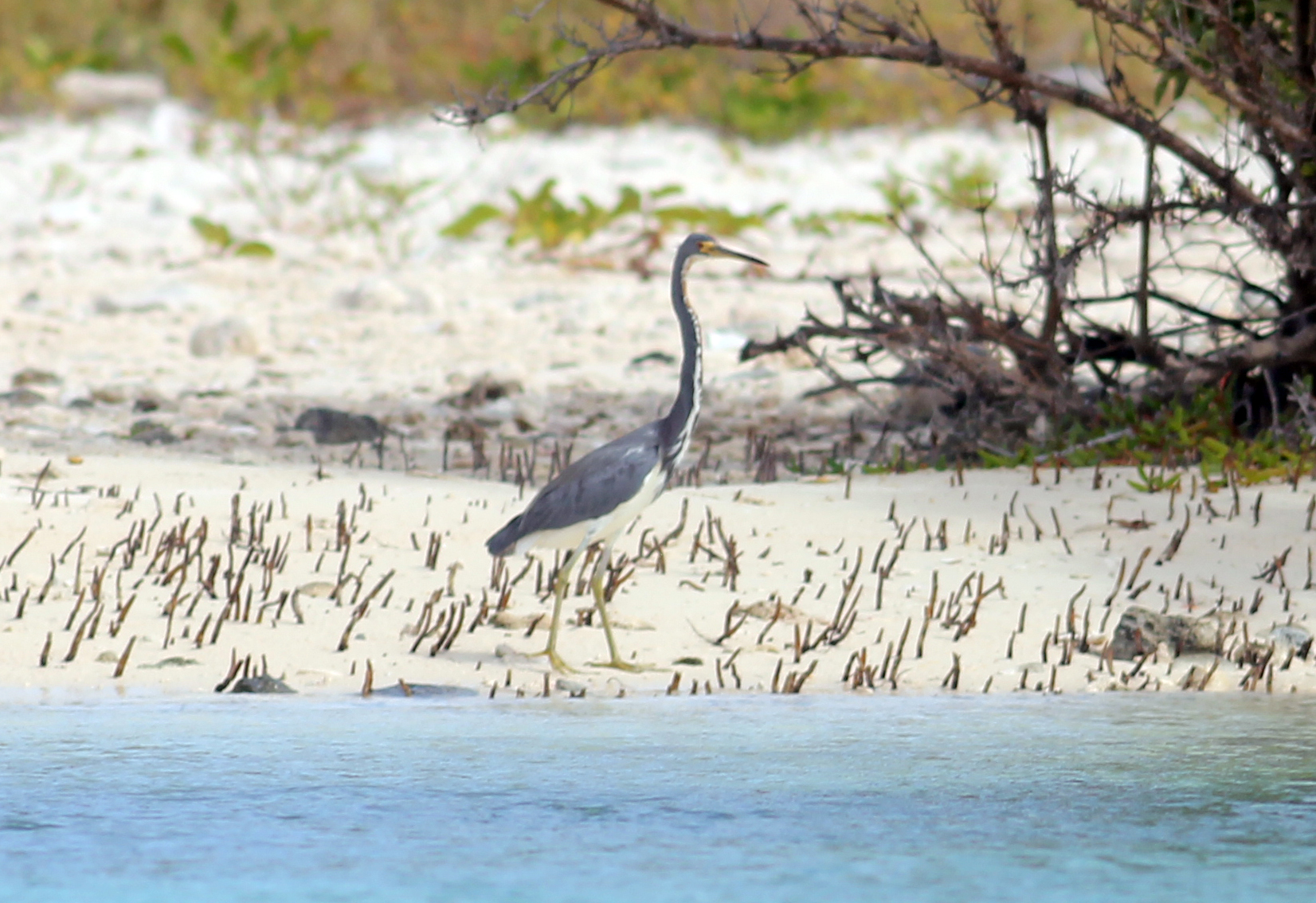
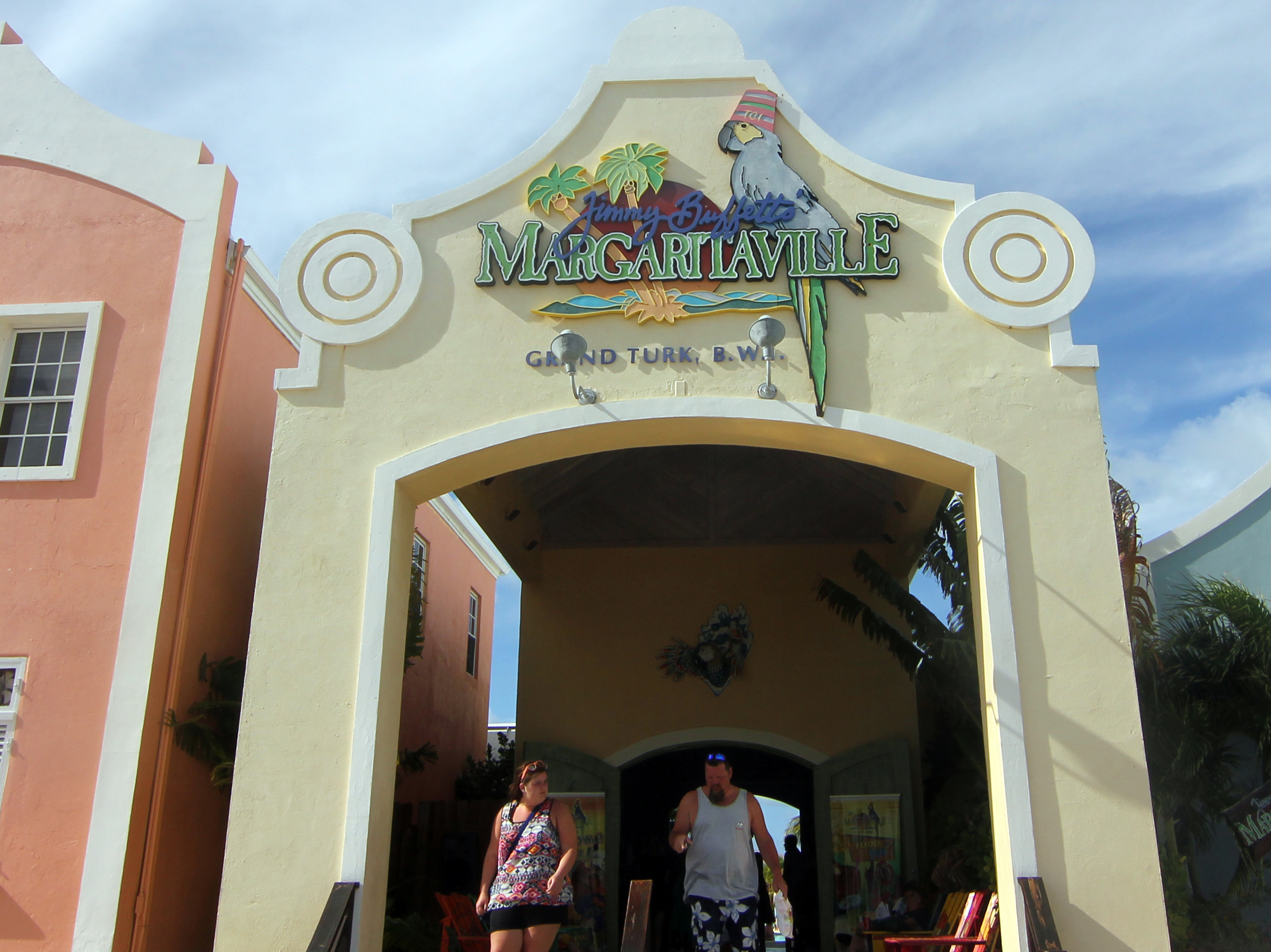
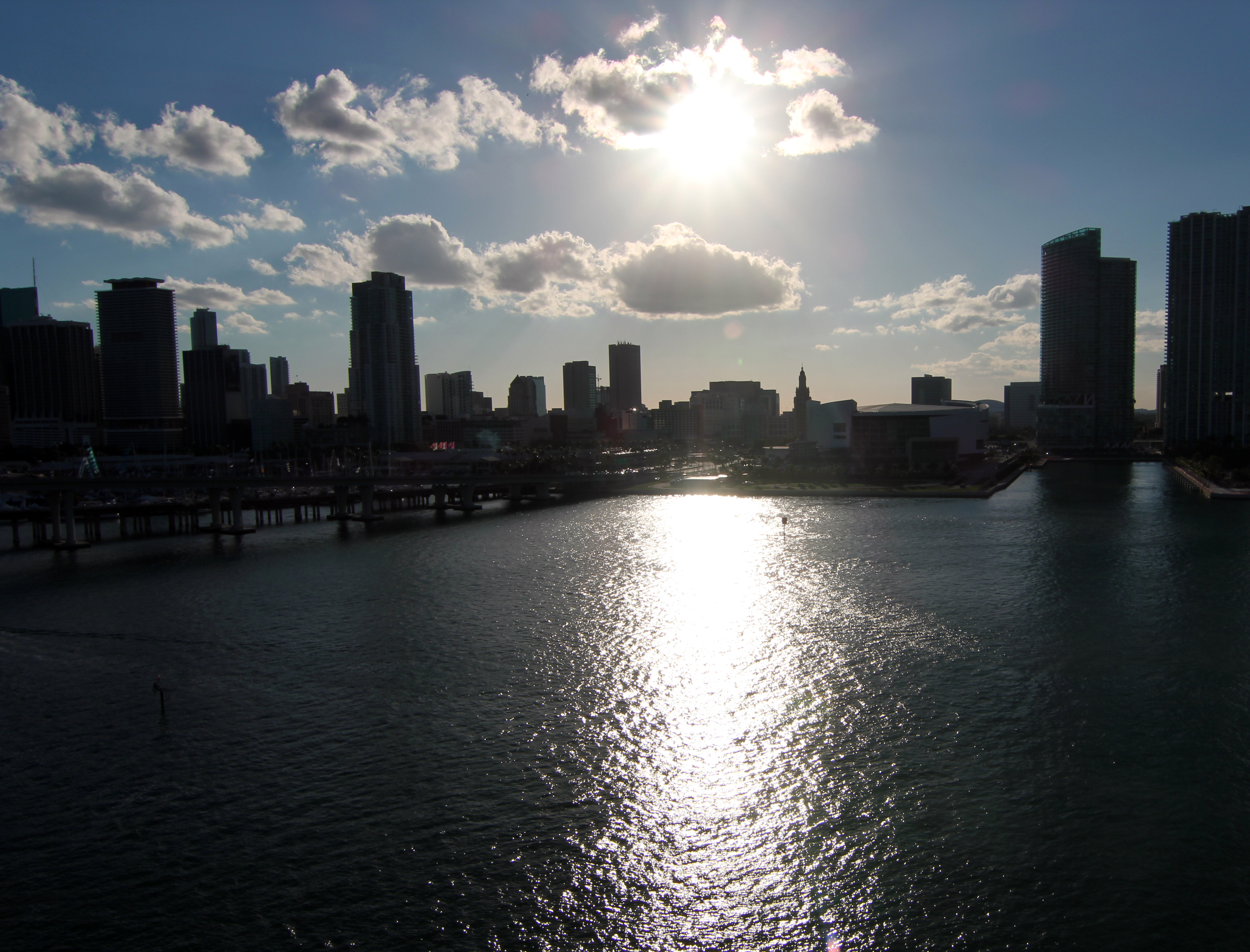
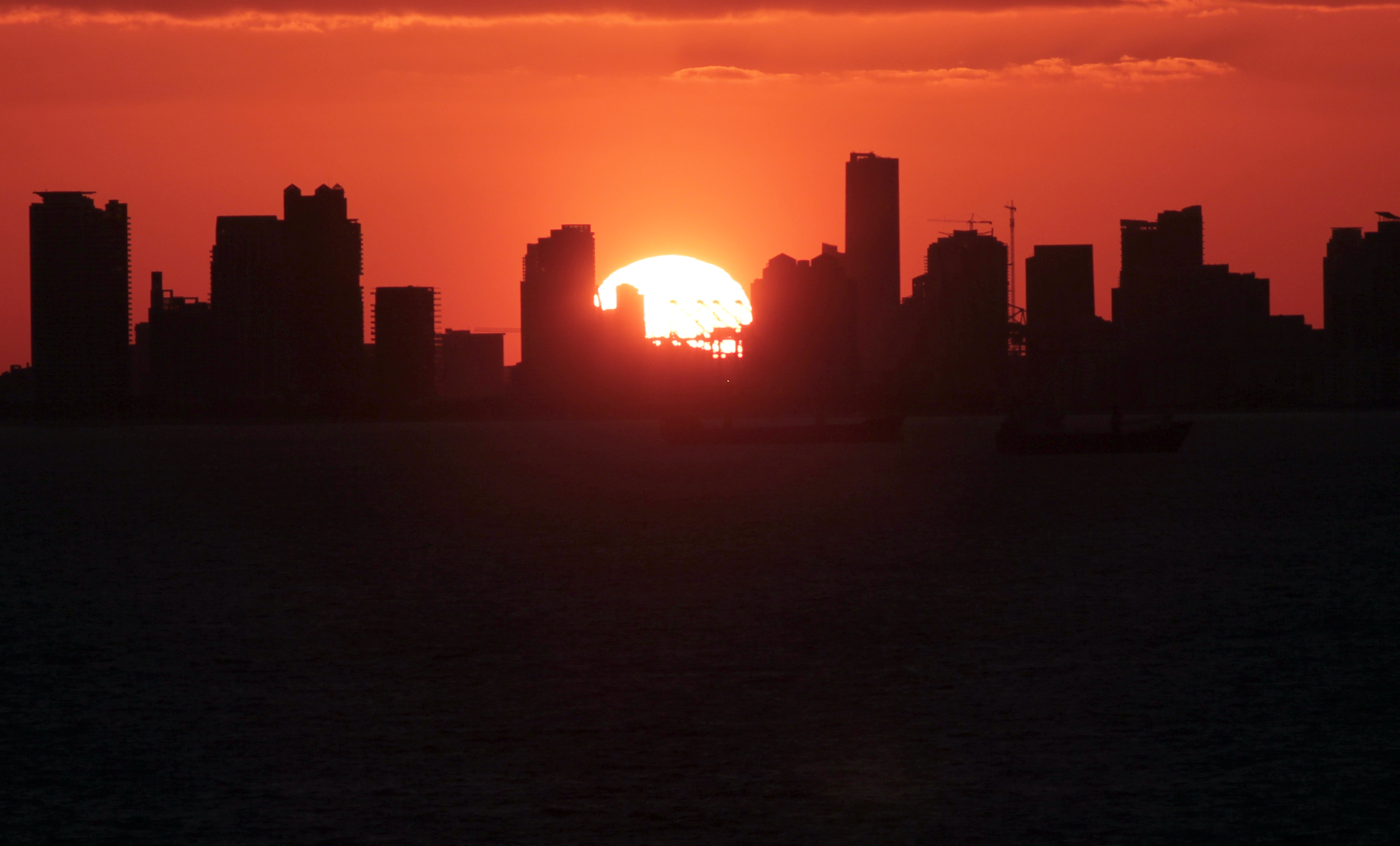
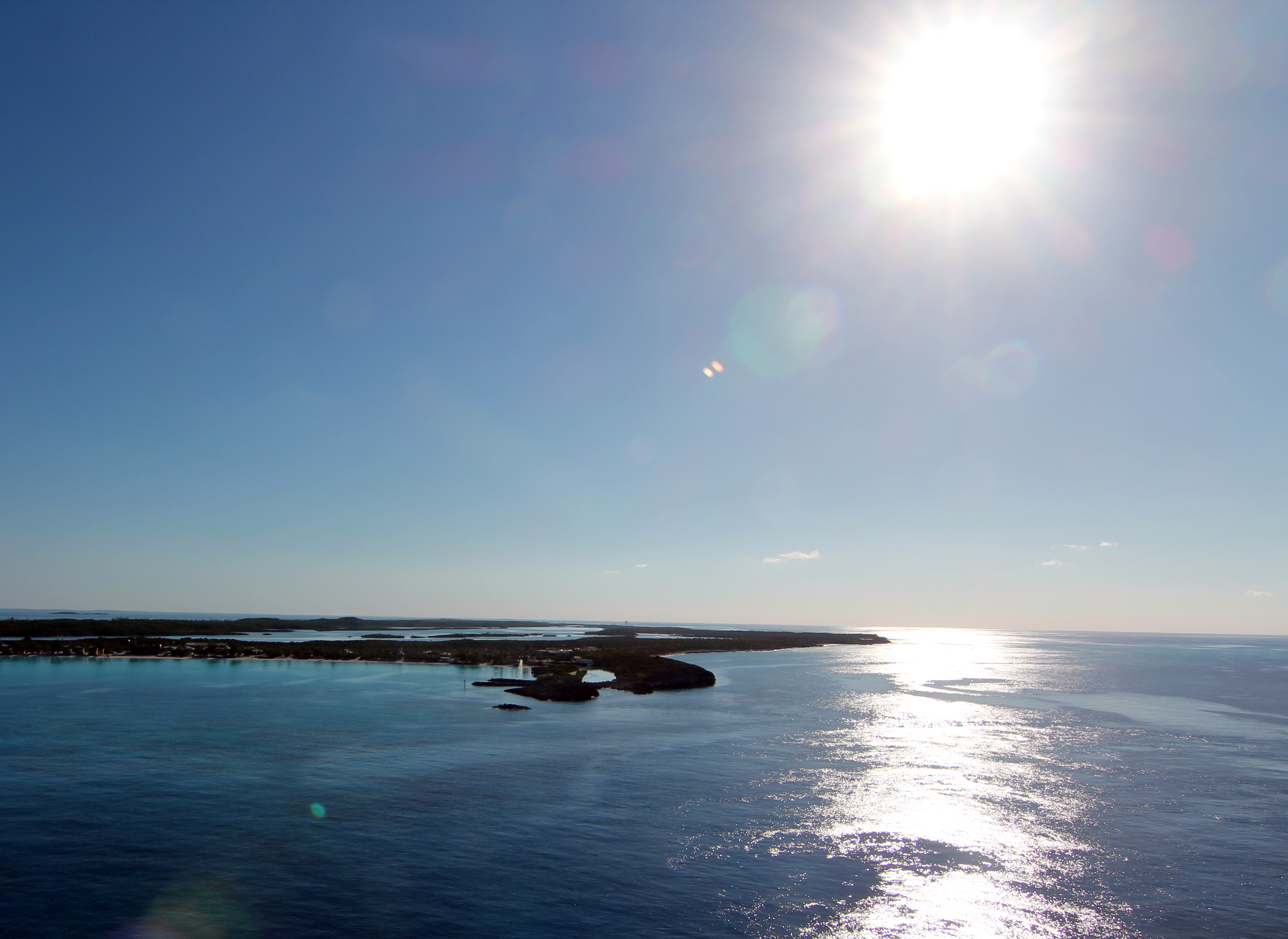
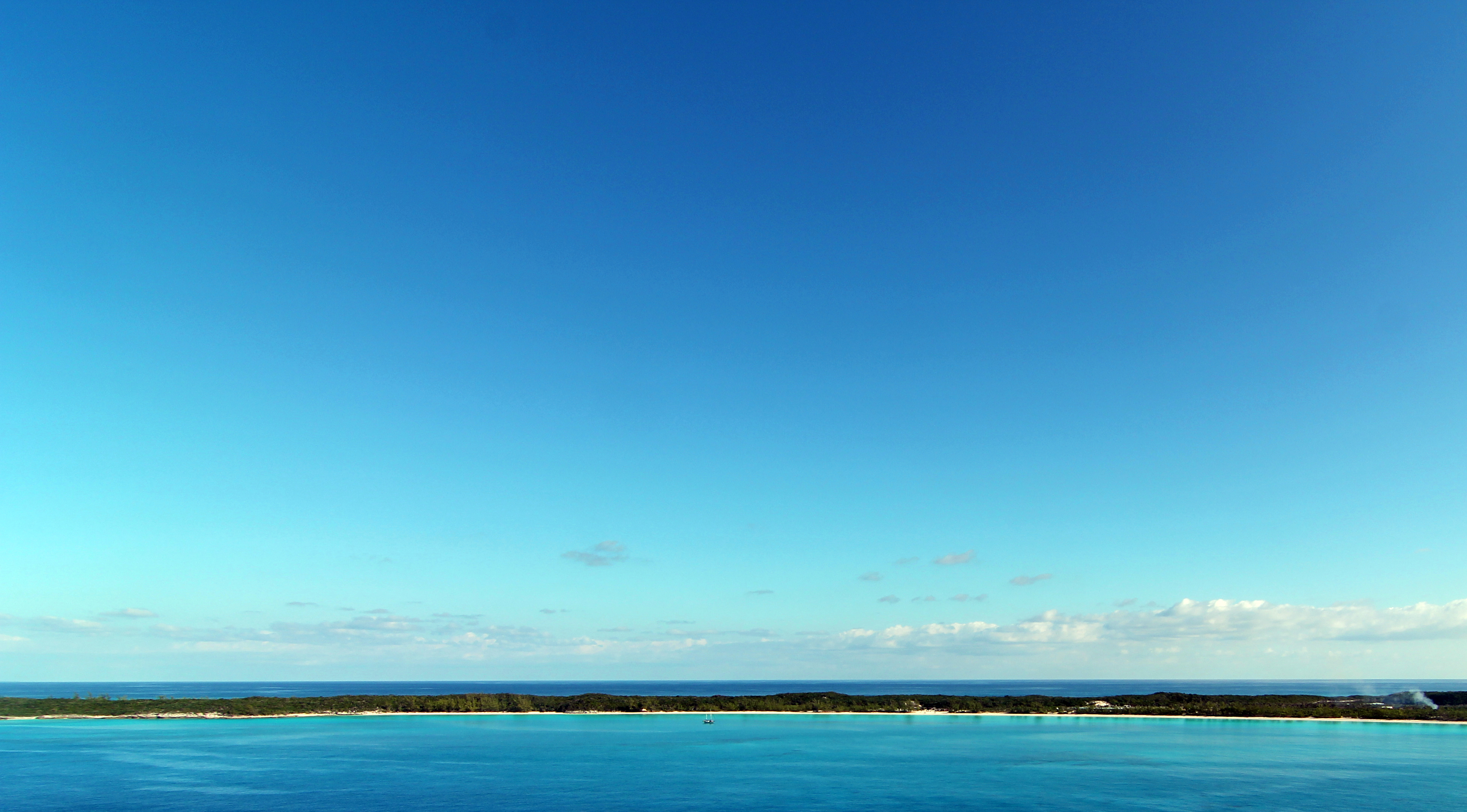
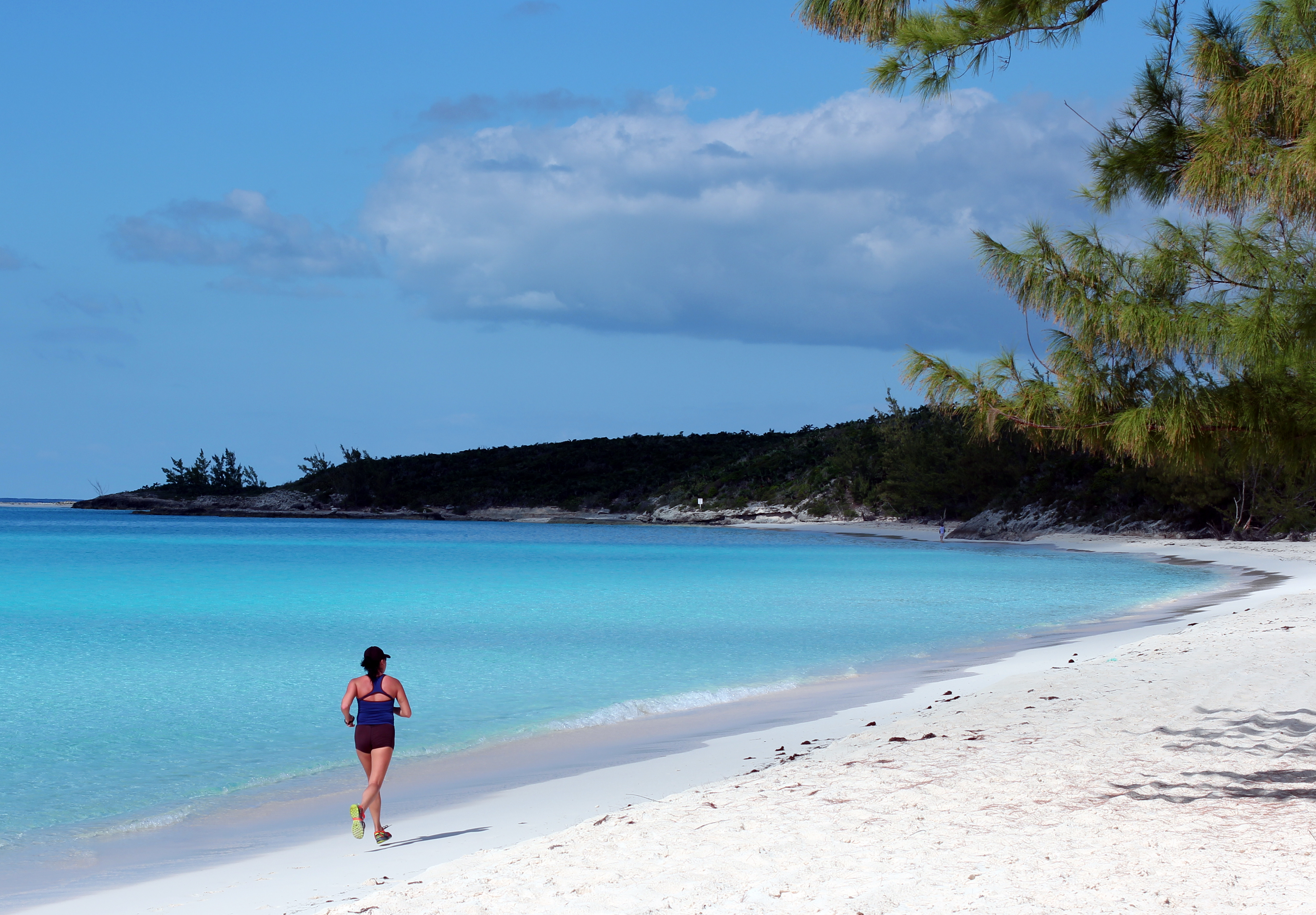
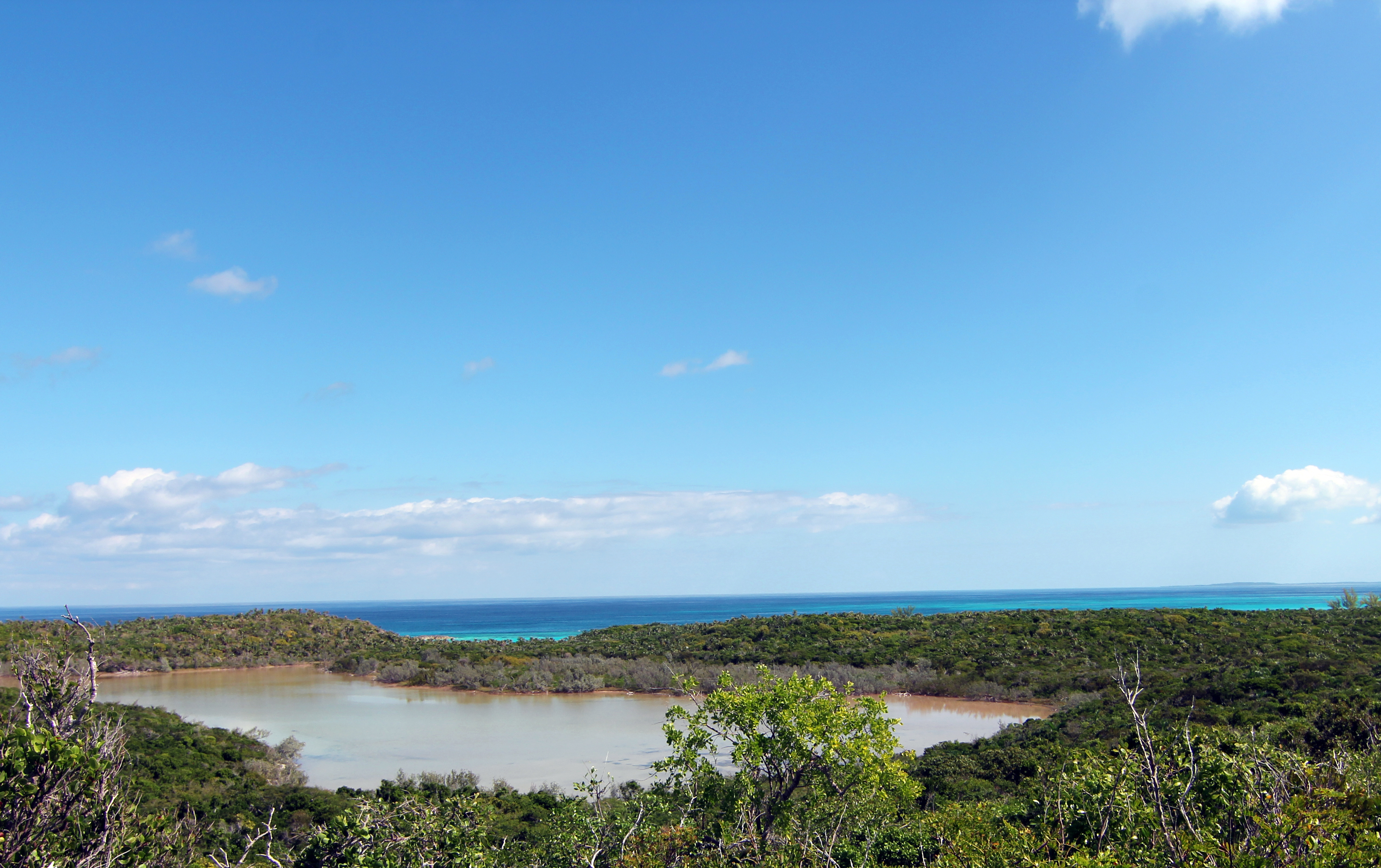
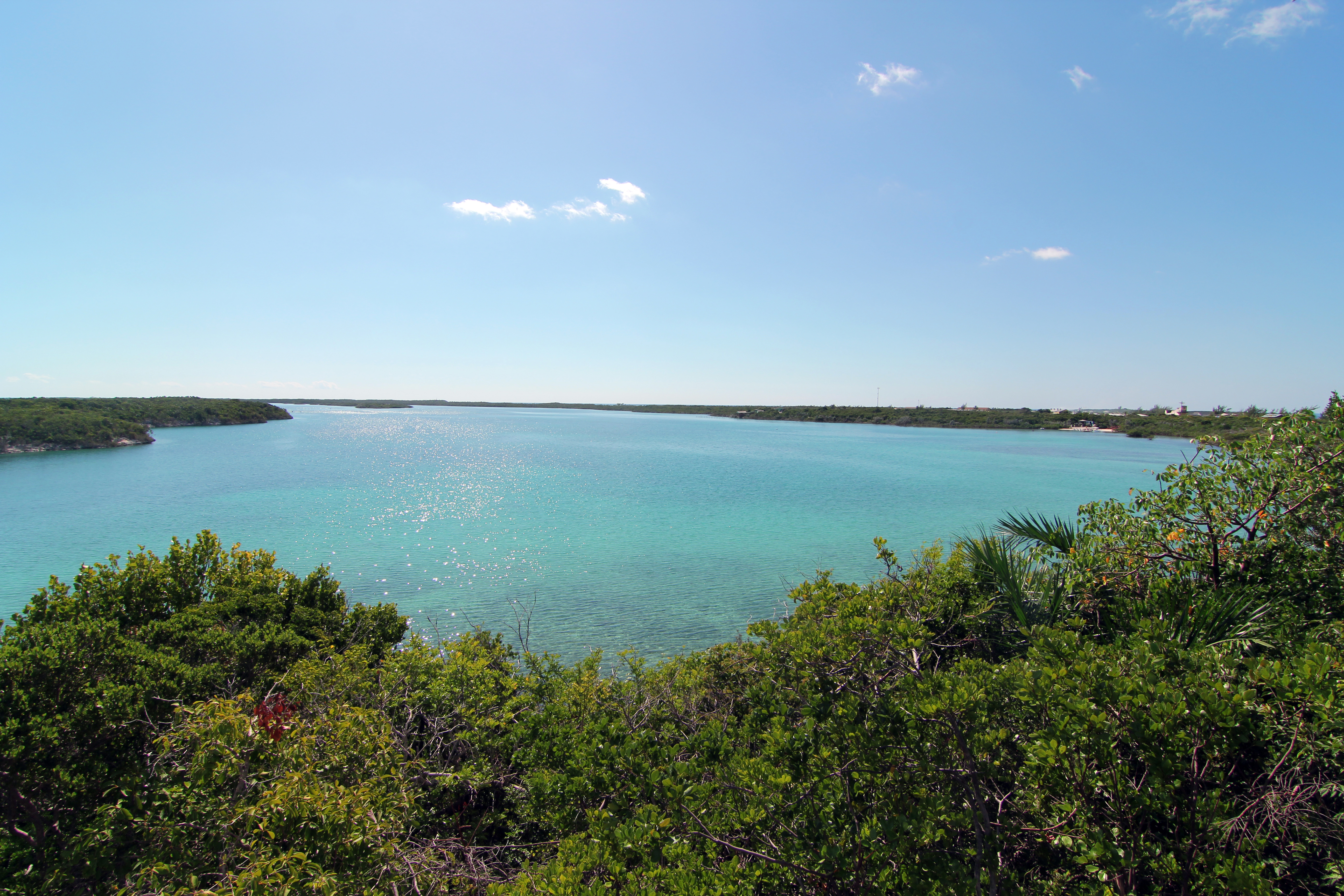
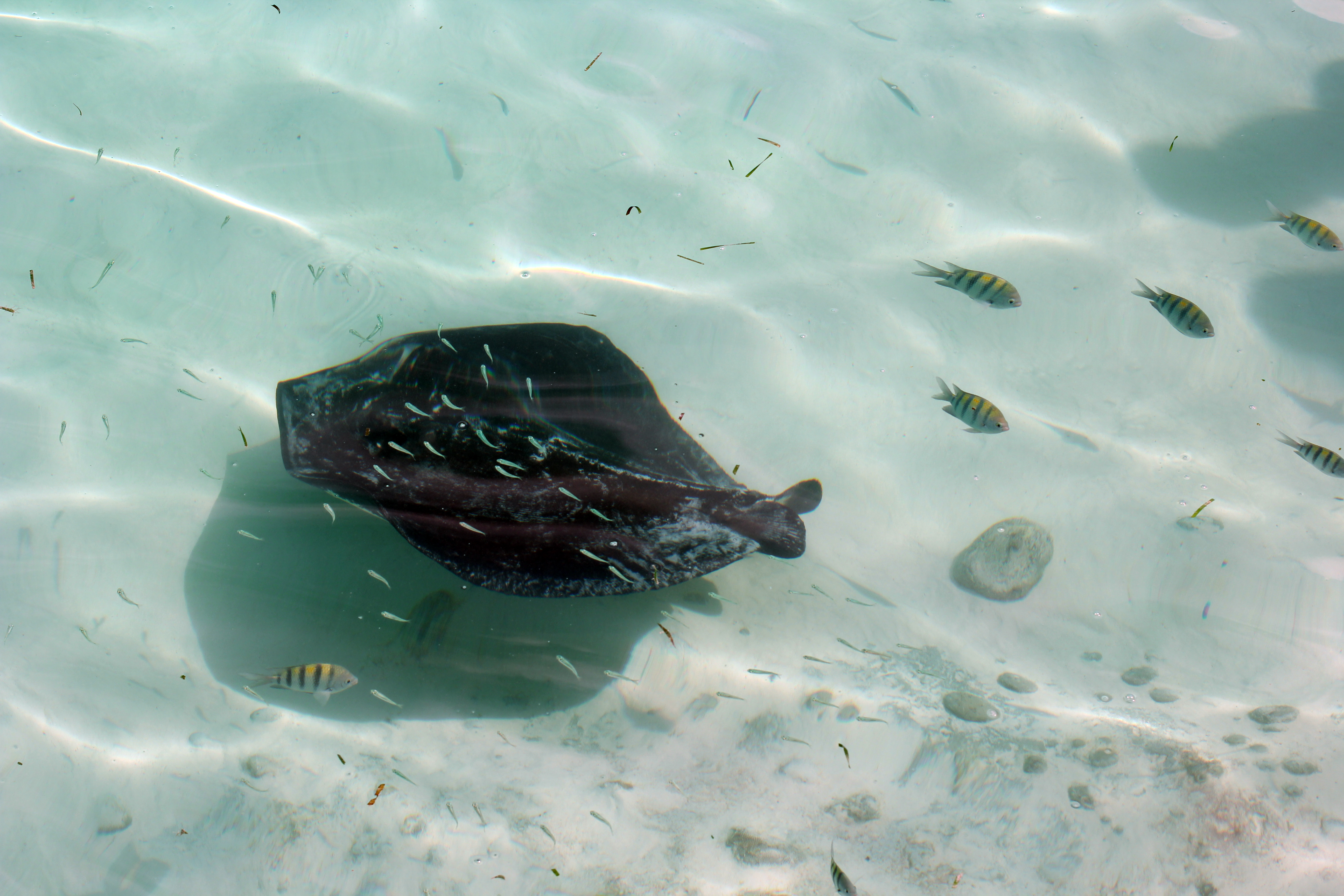
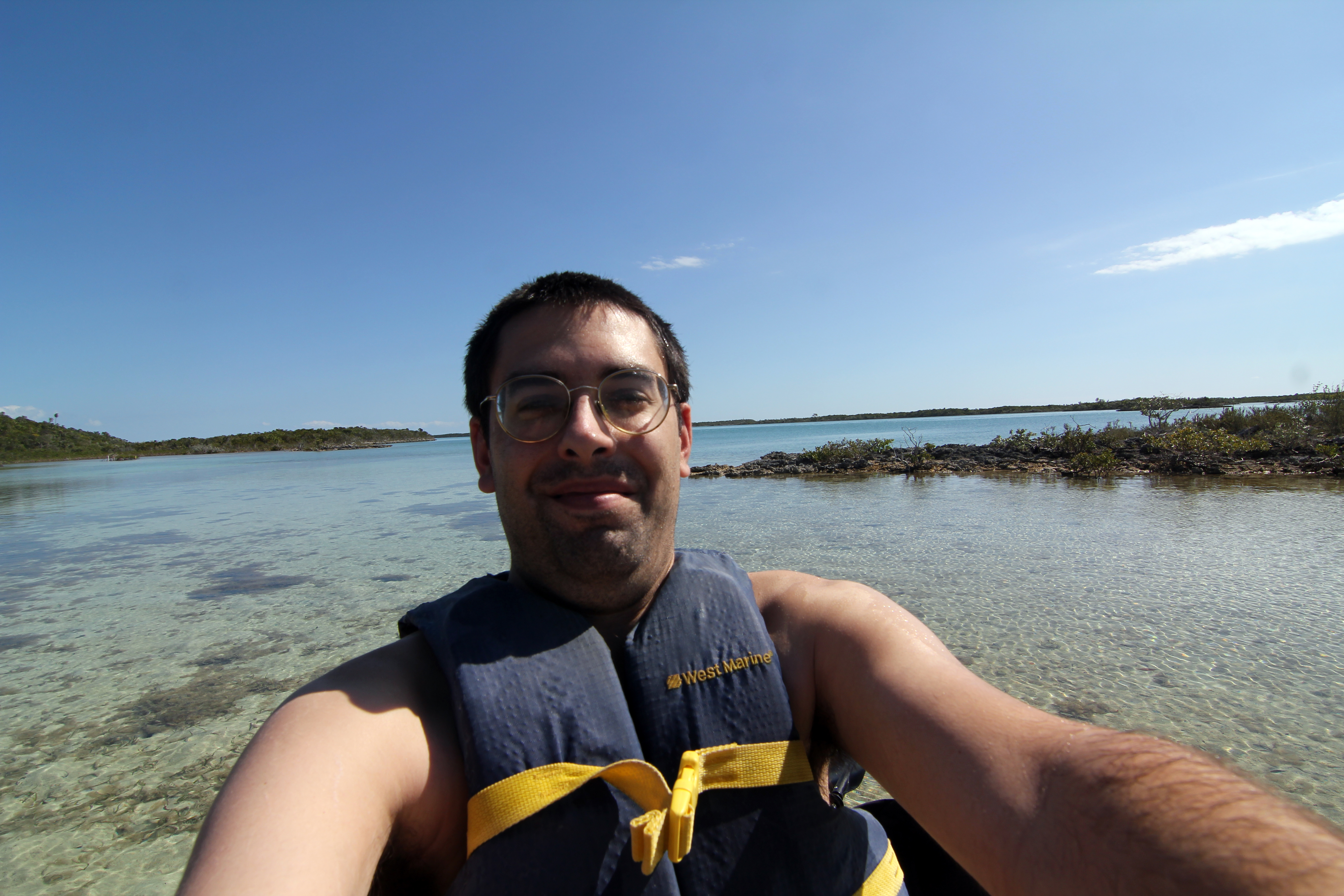
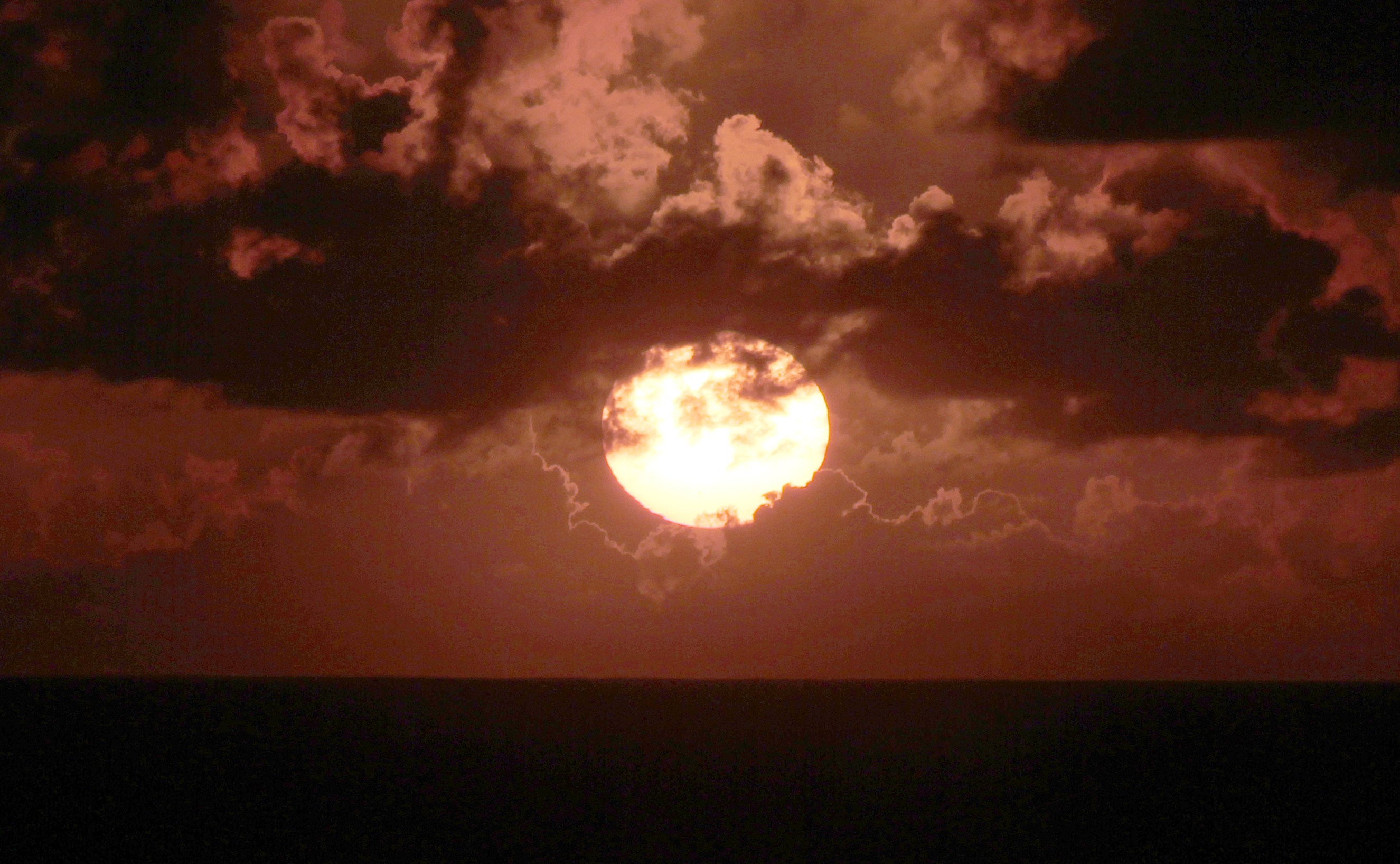
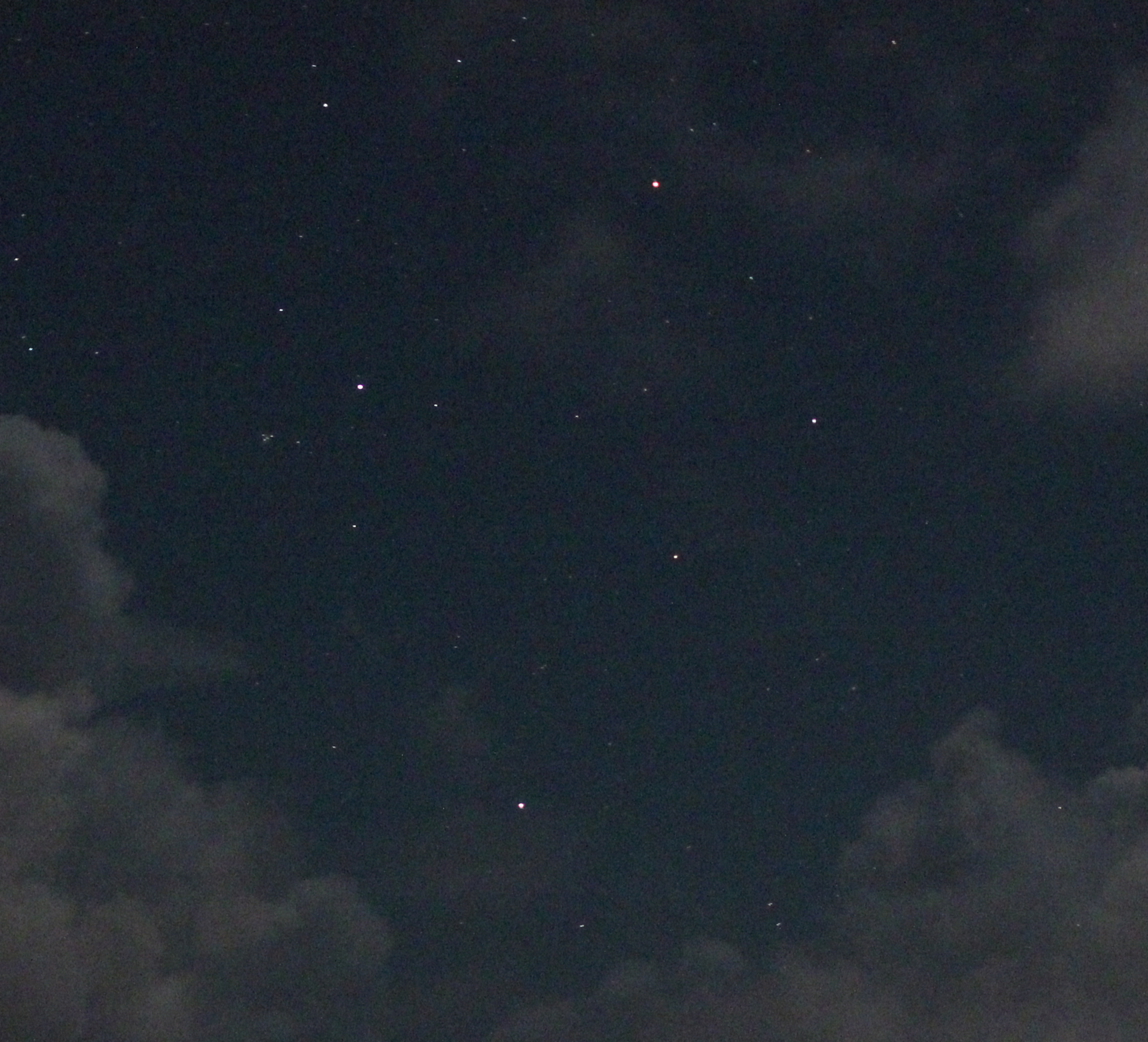
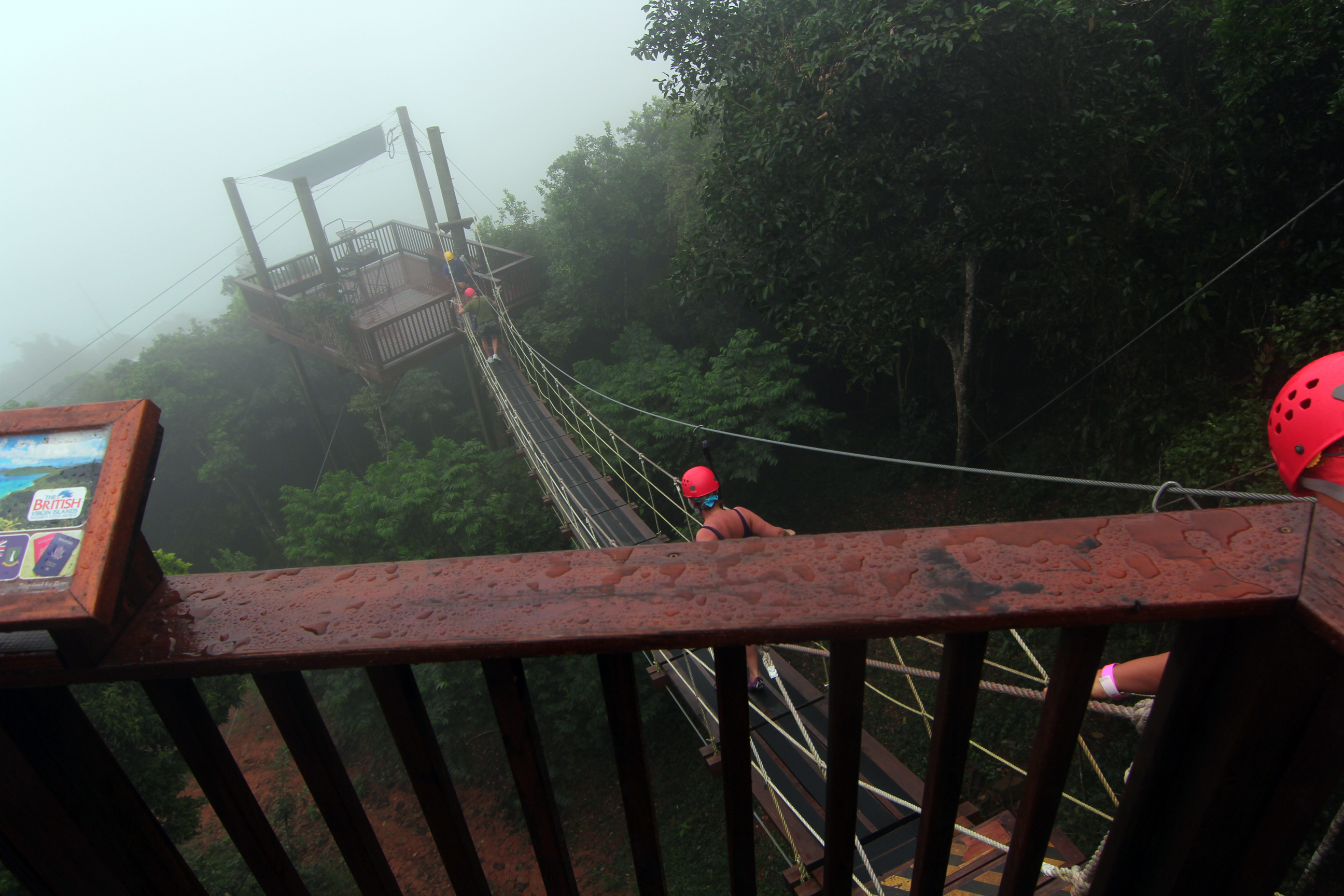
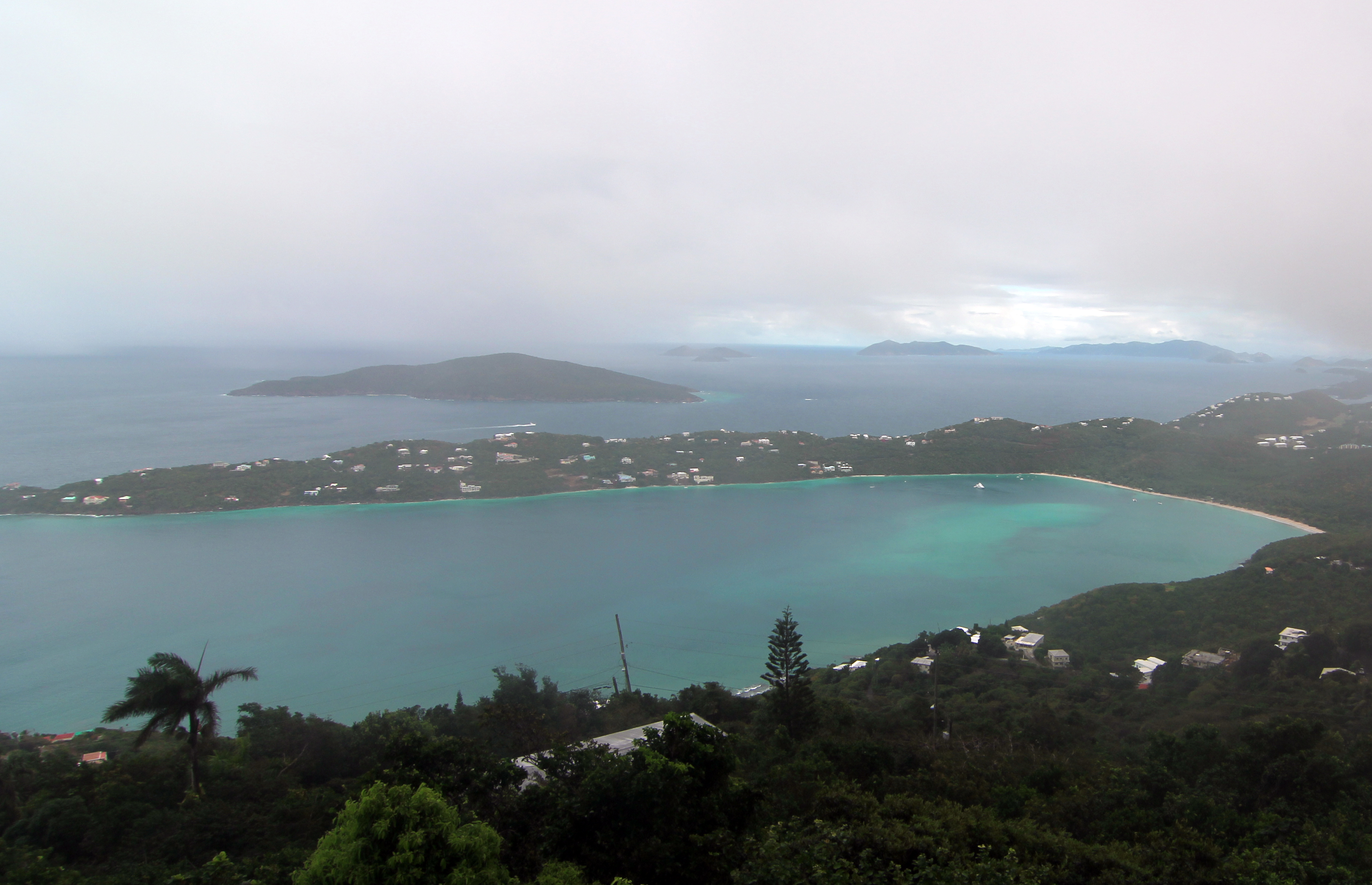
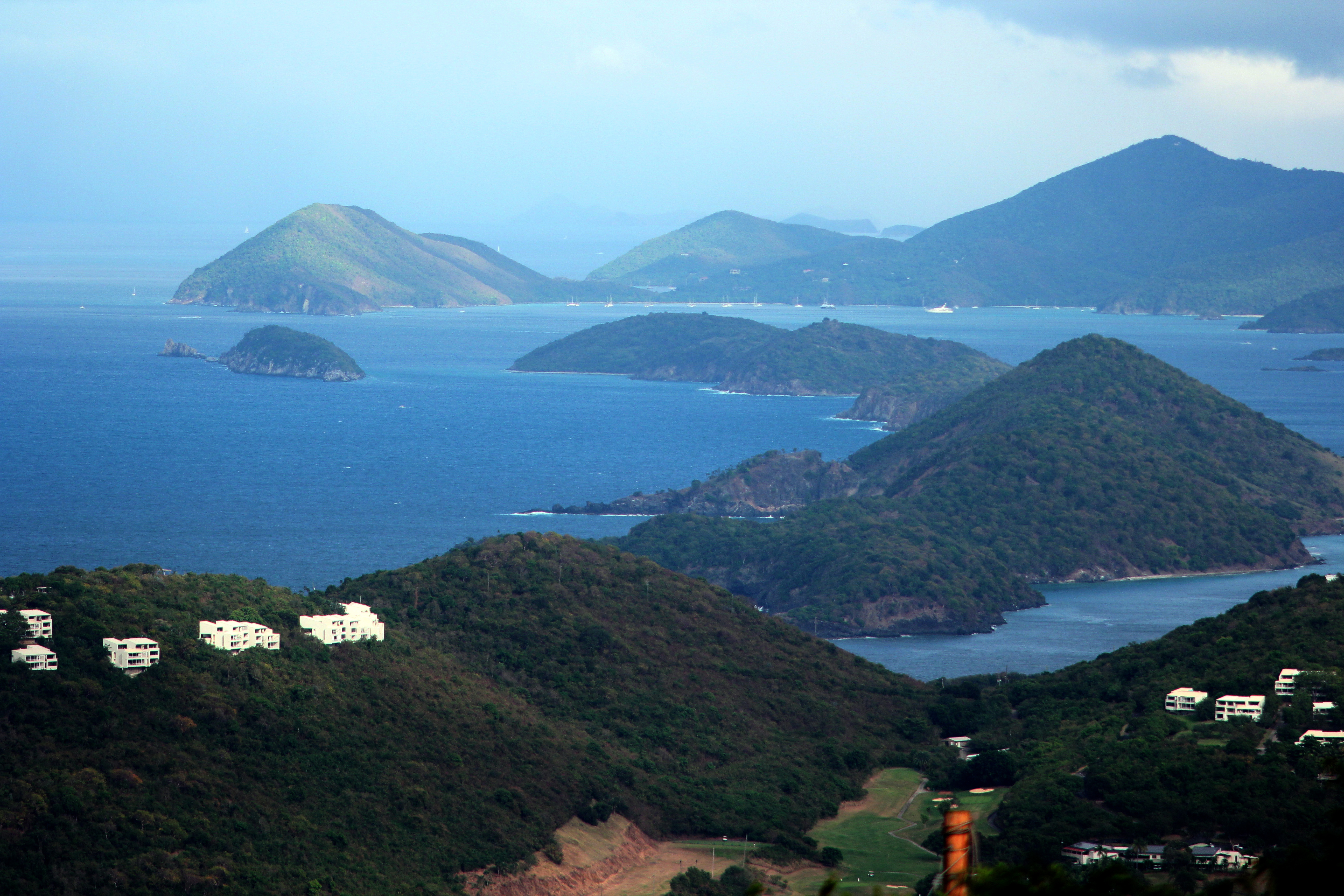


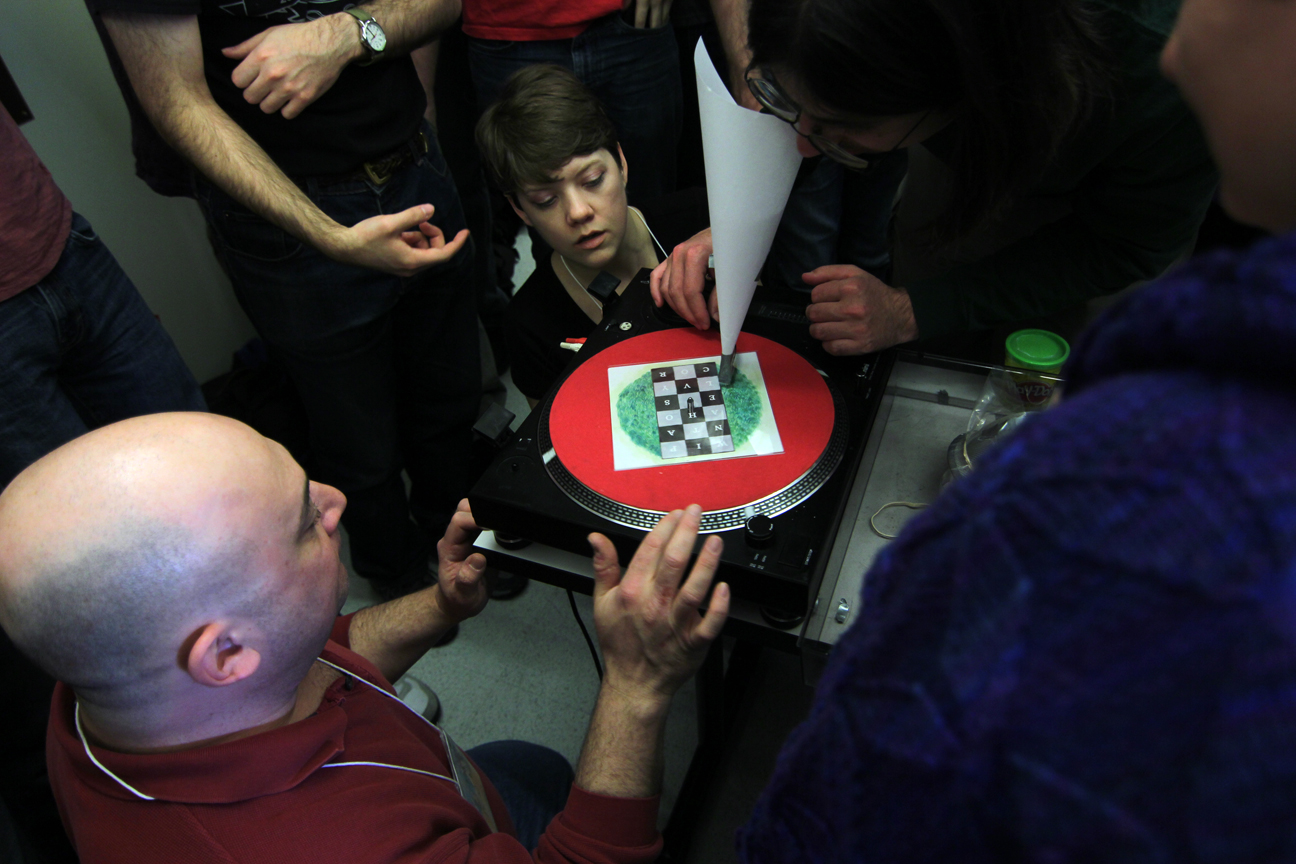
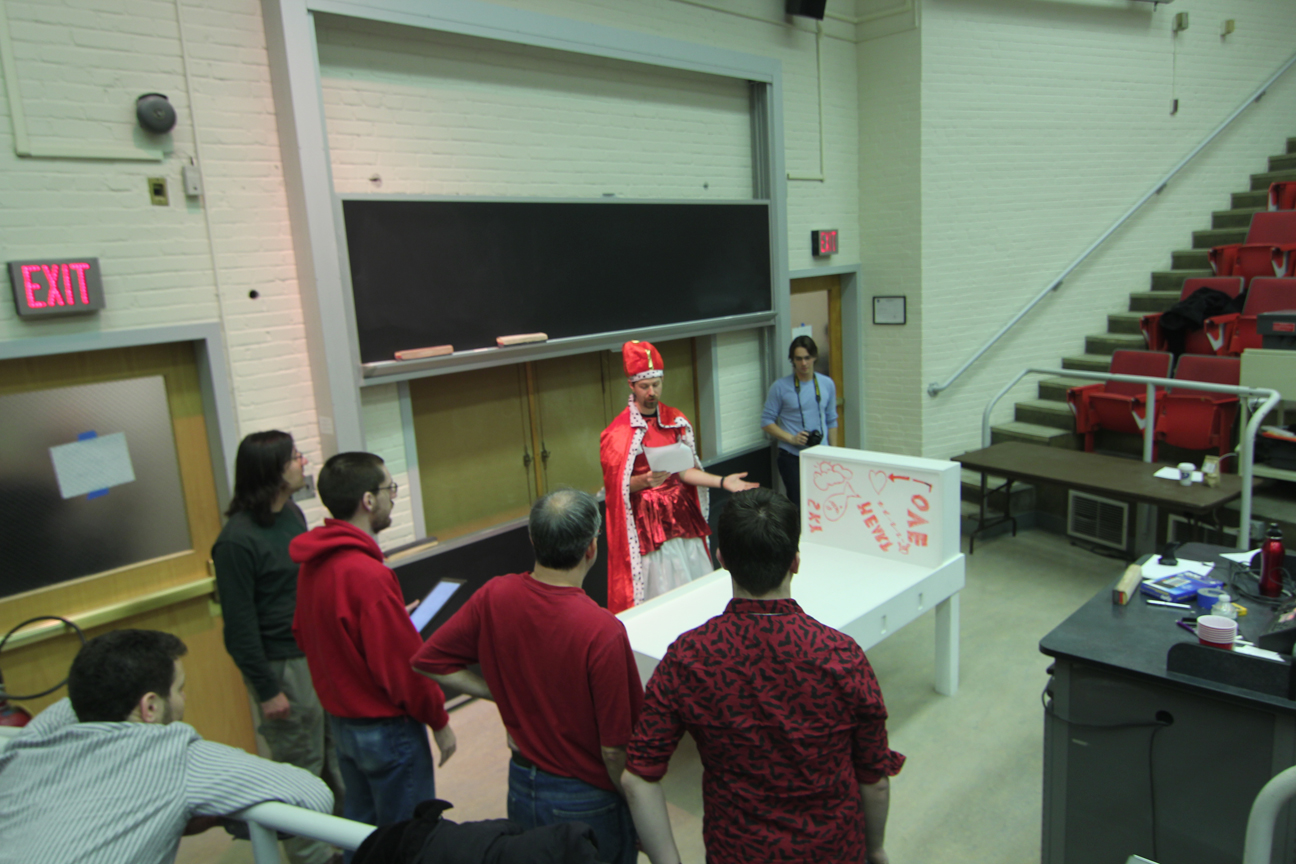
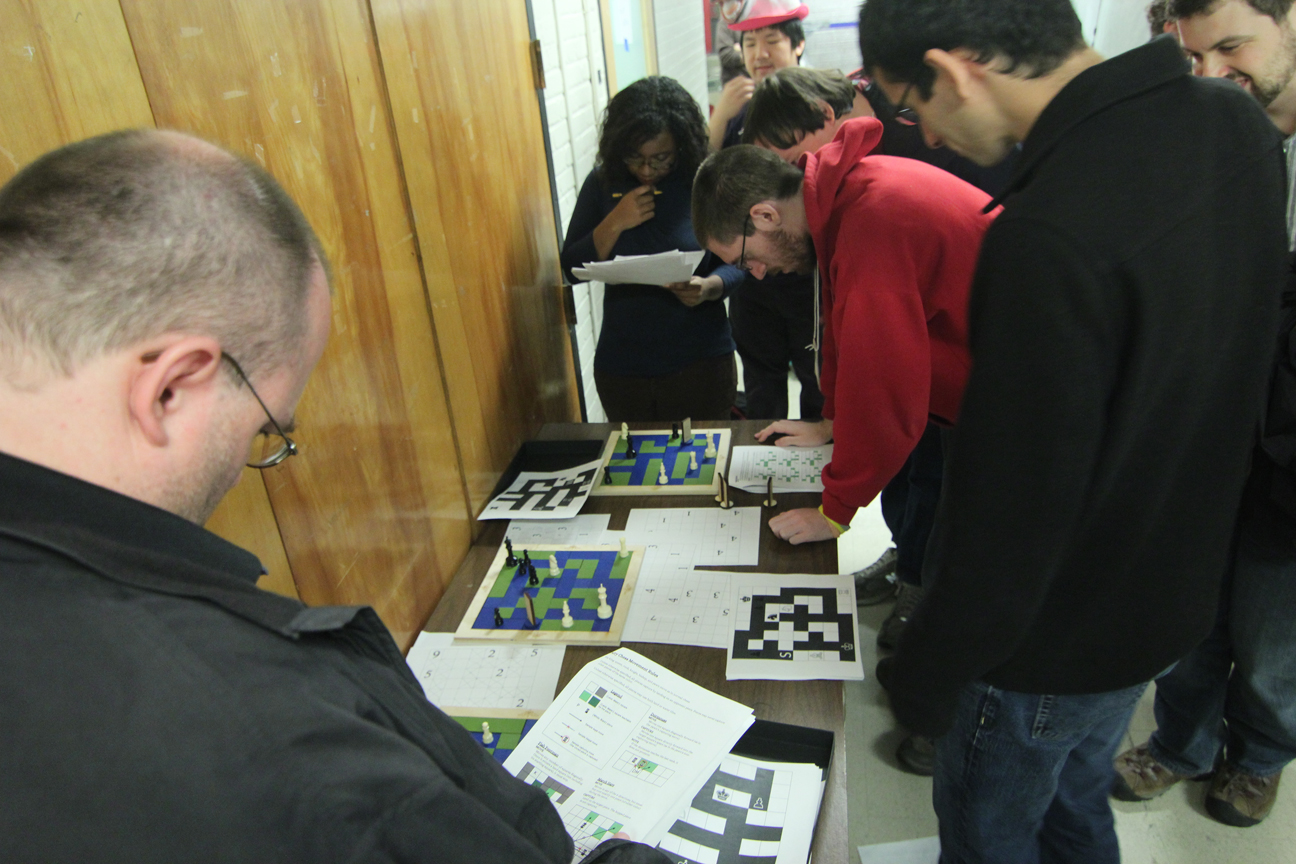
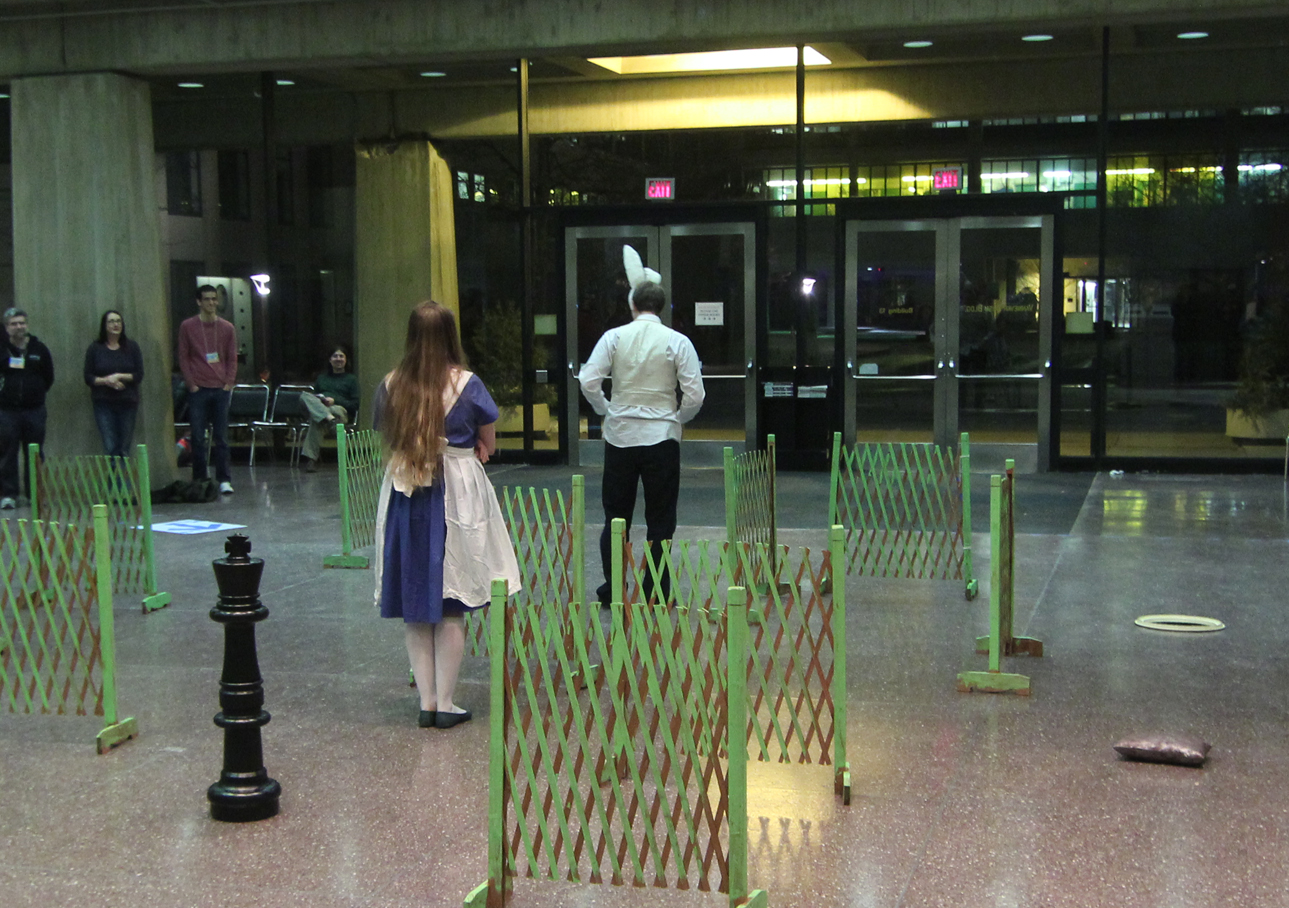
Recent Comments